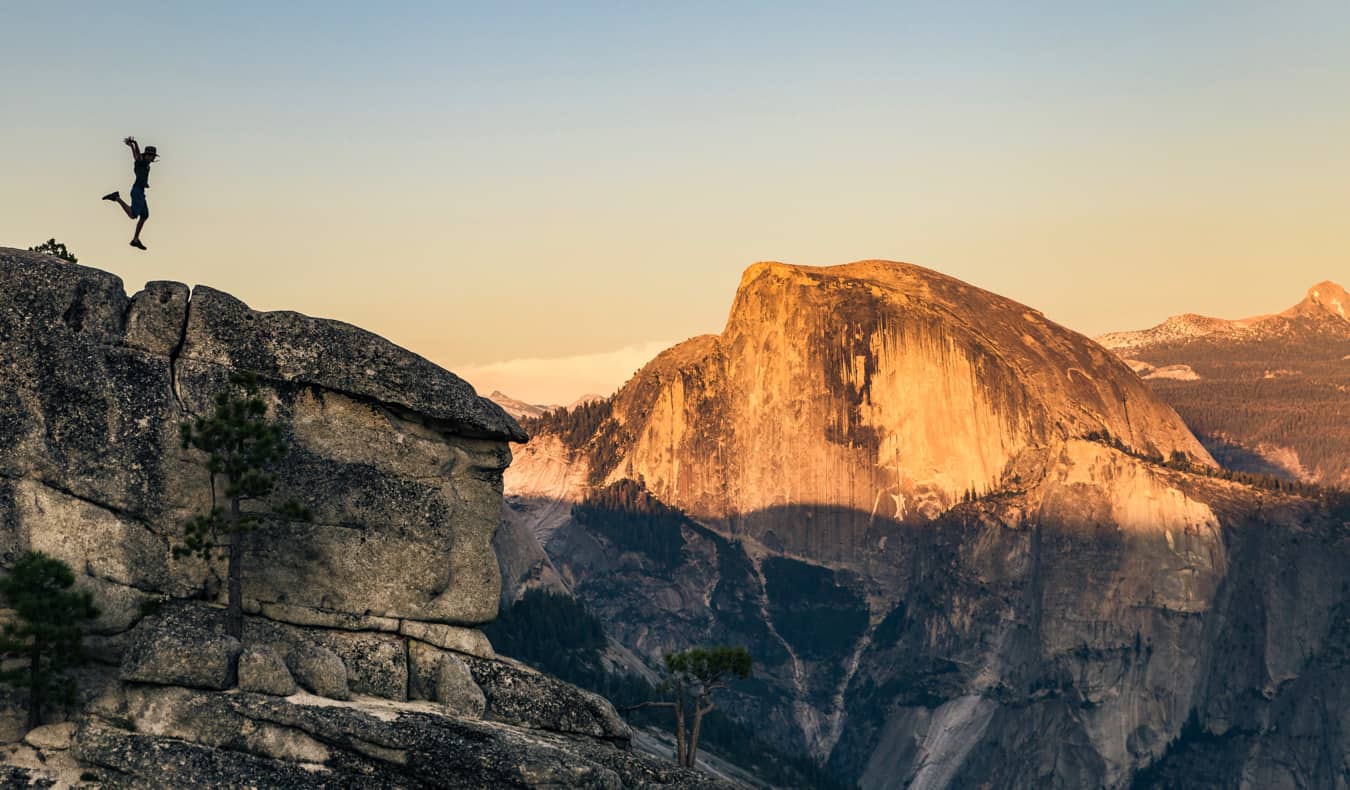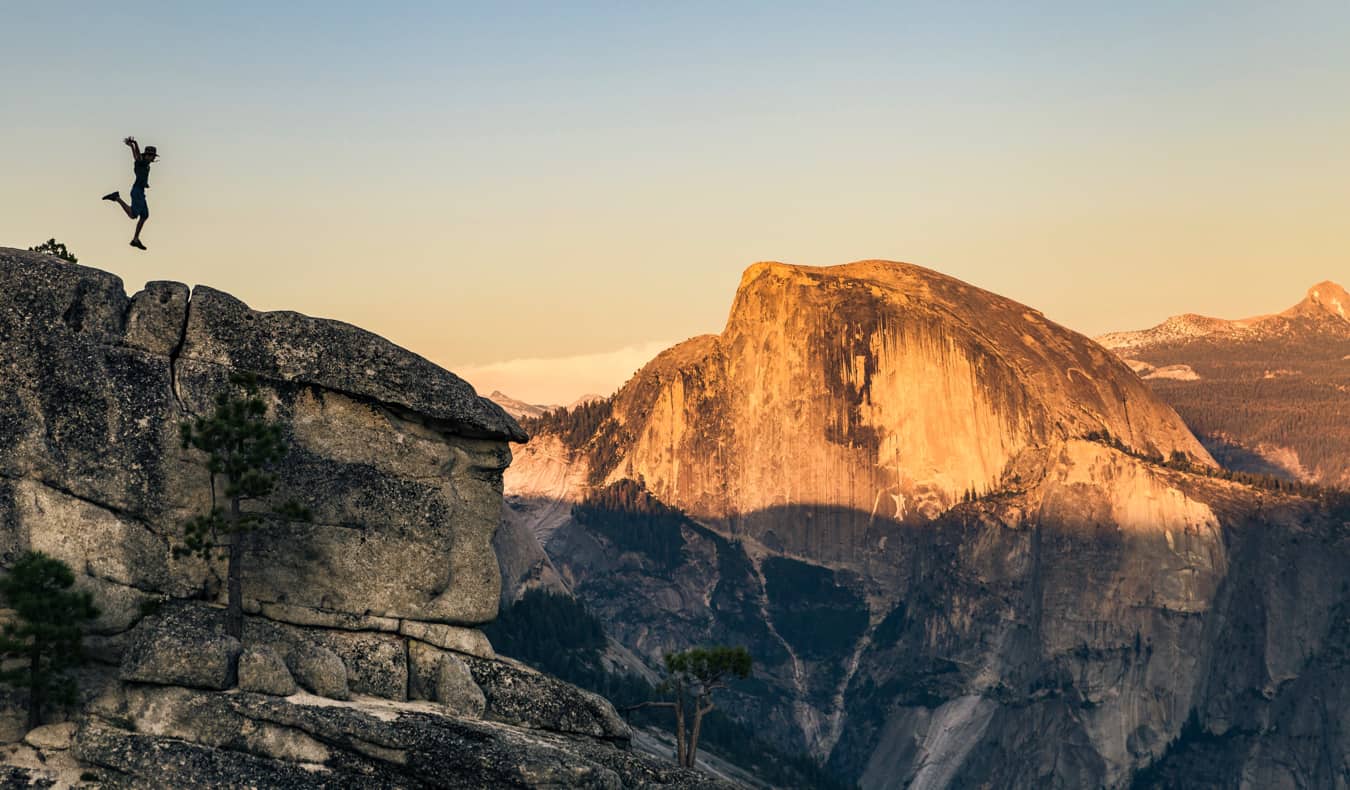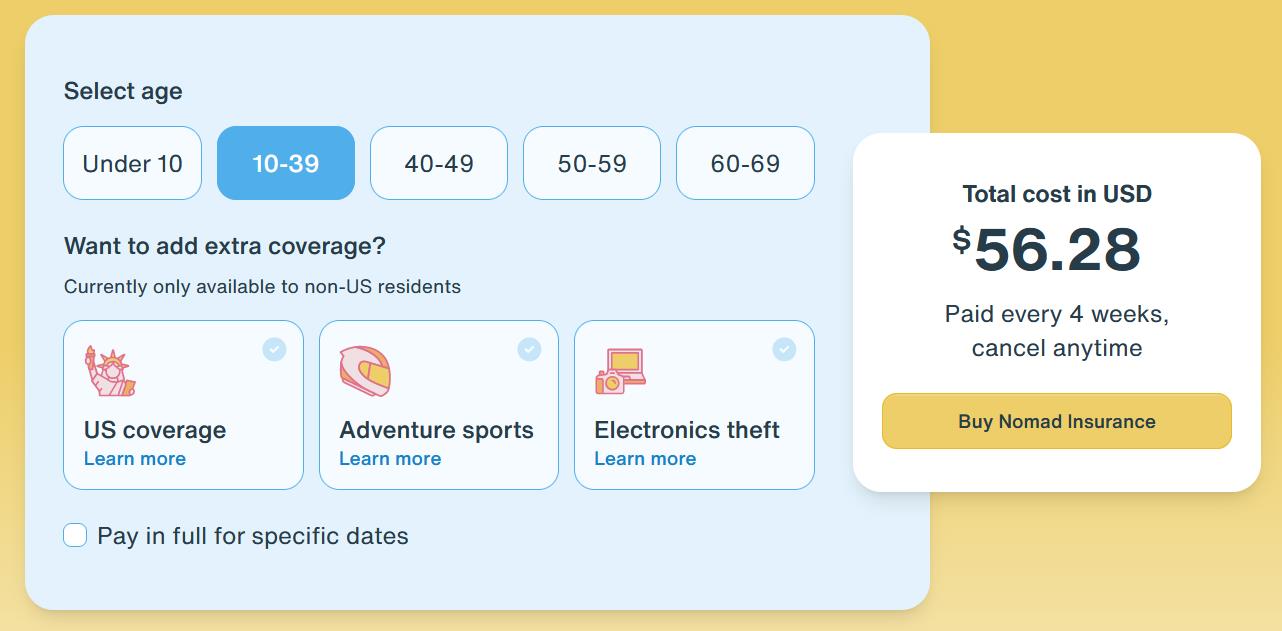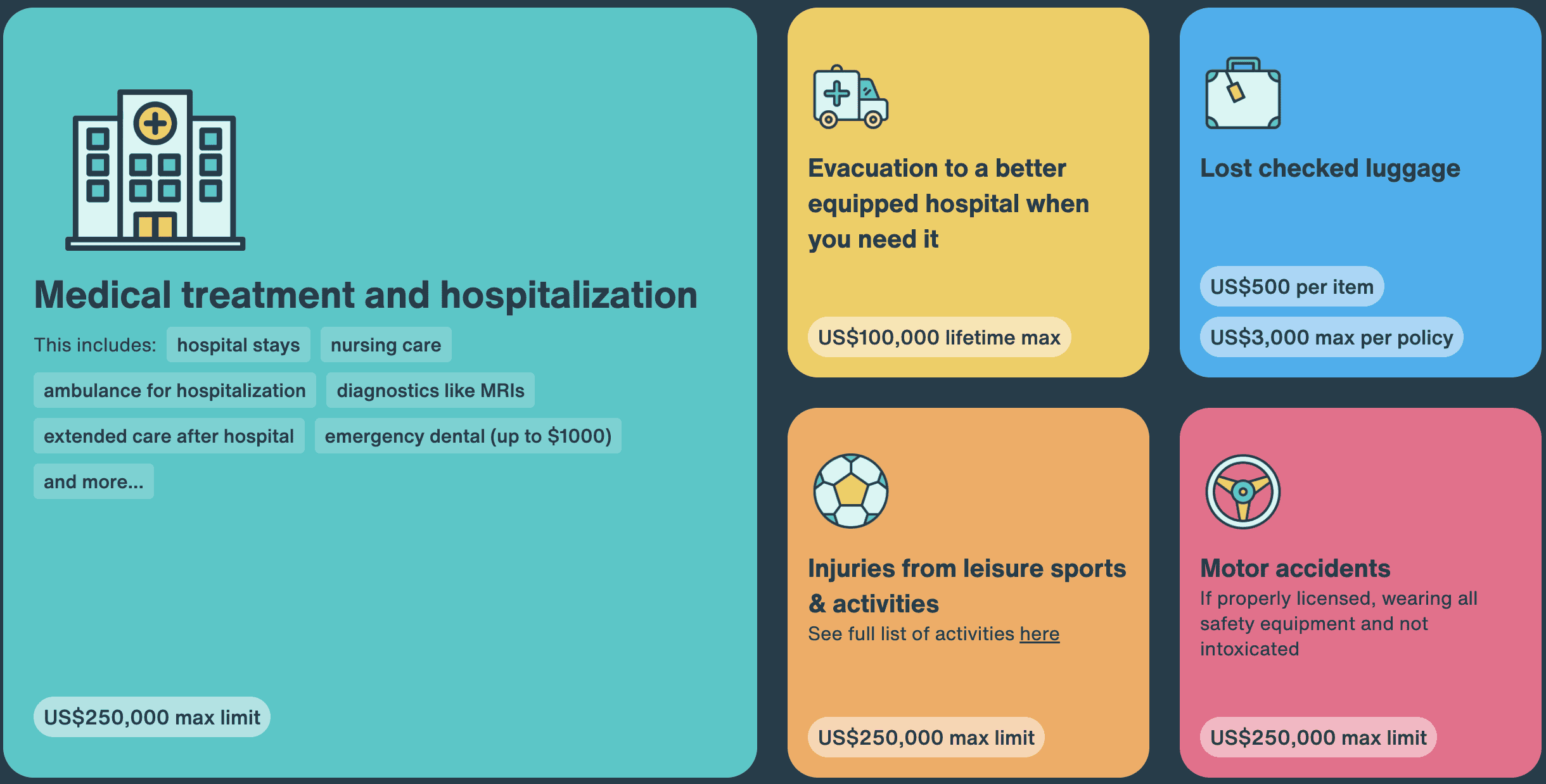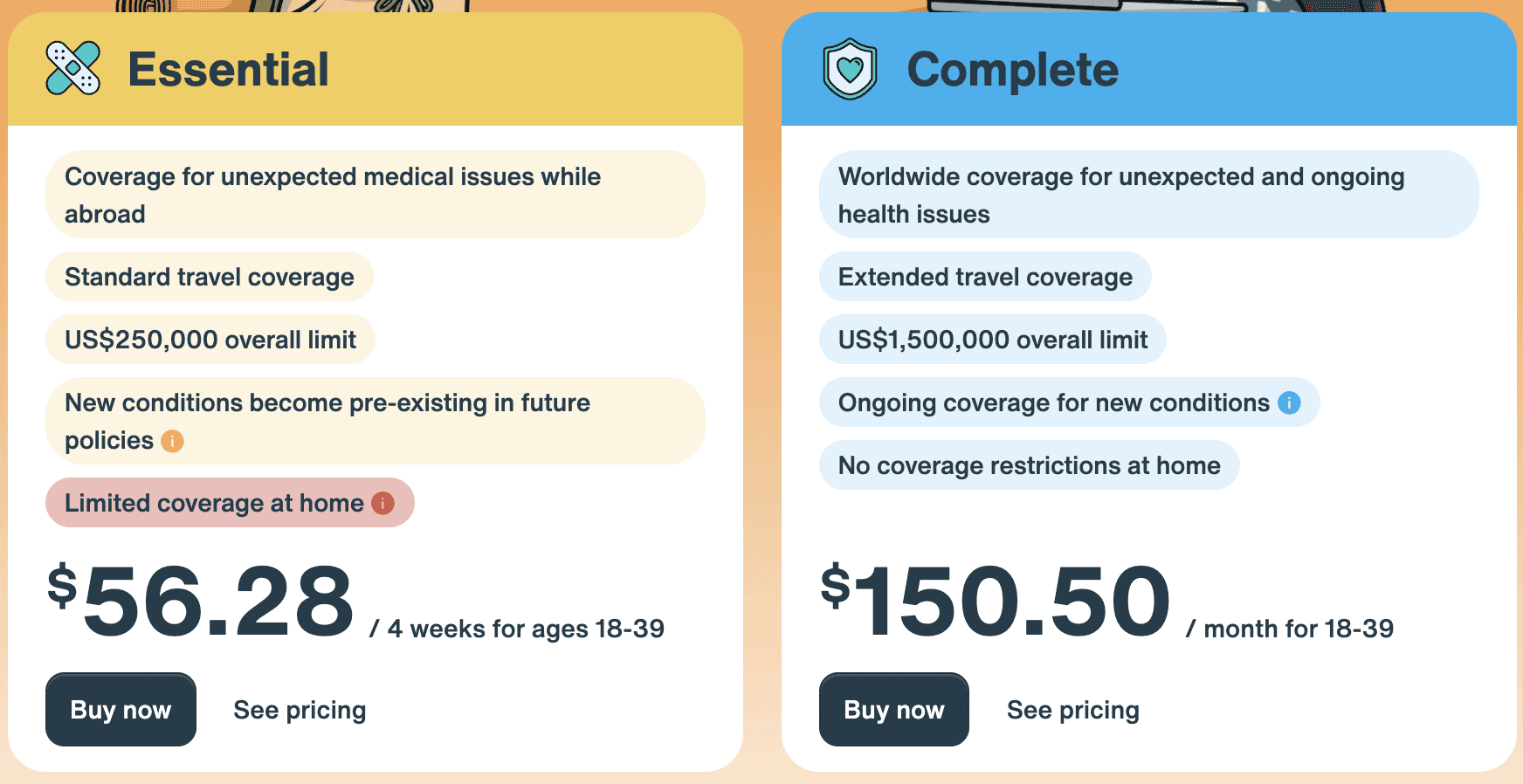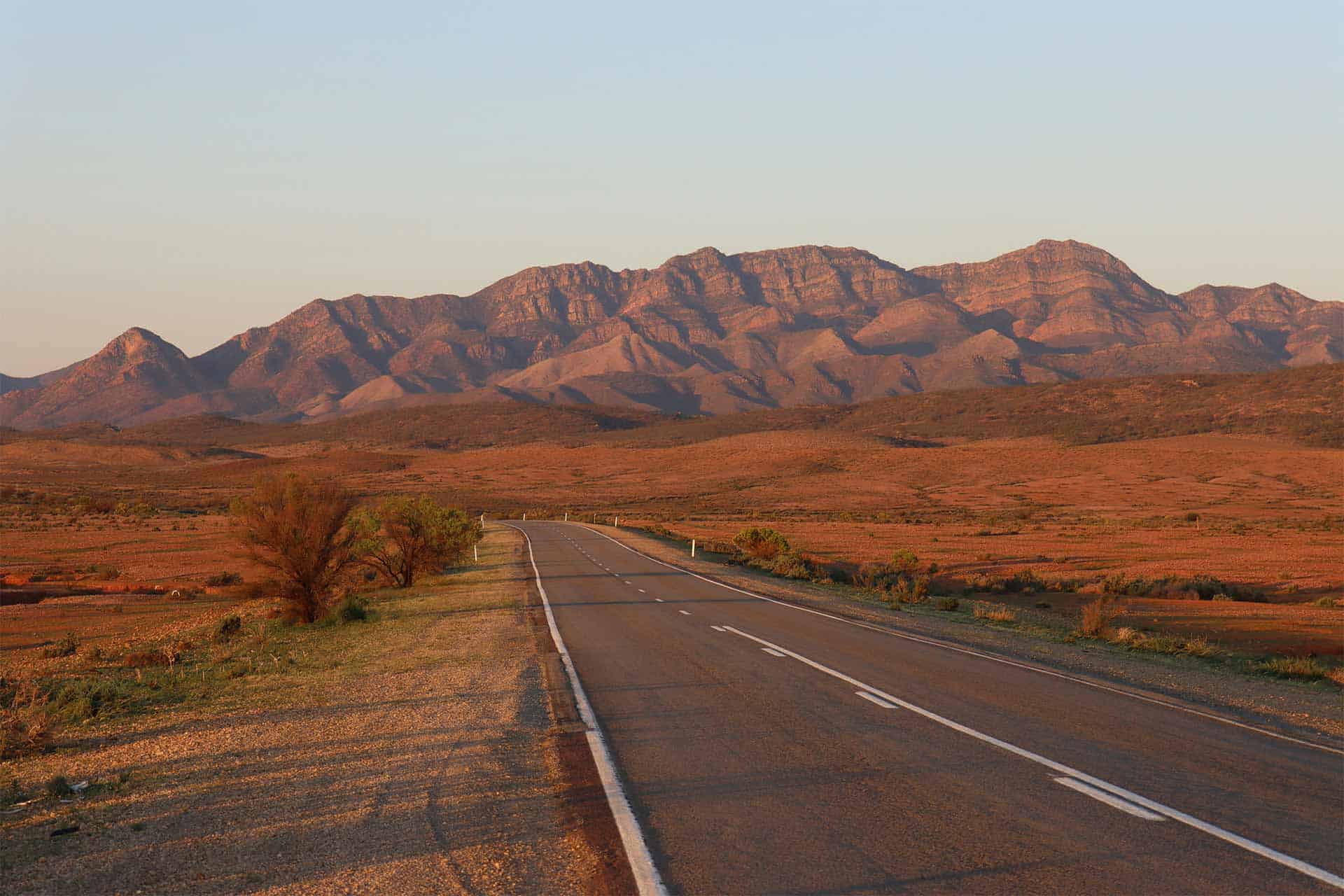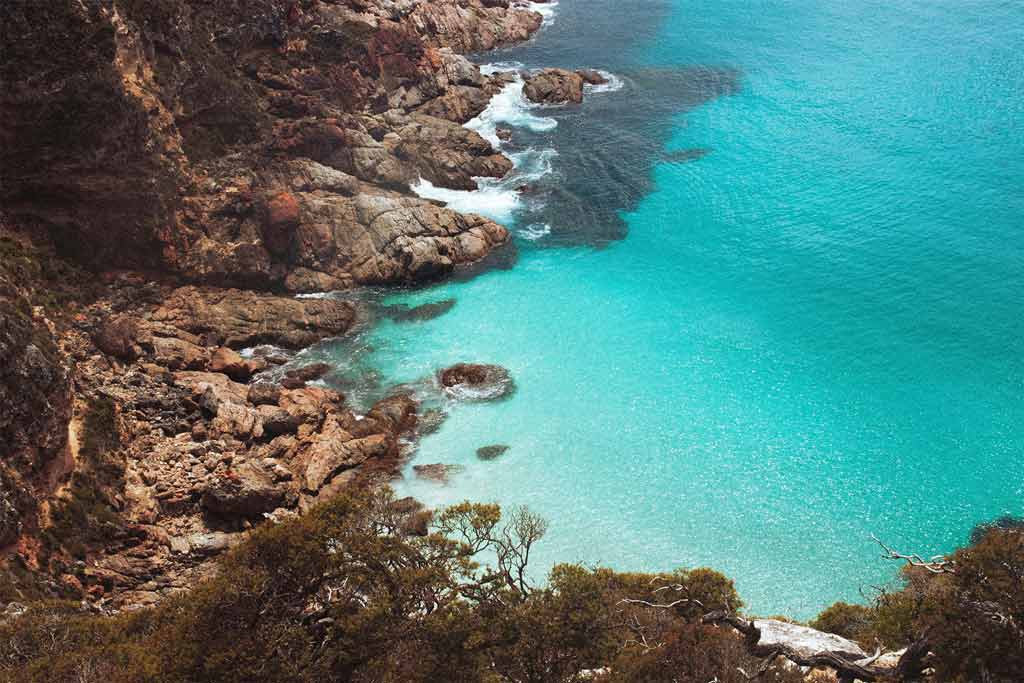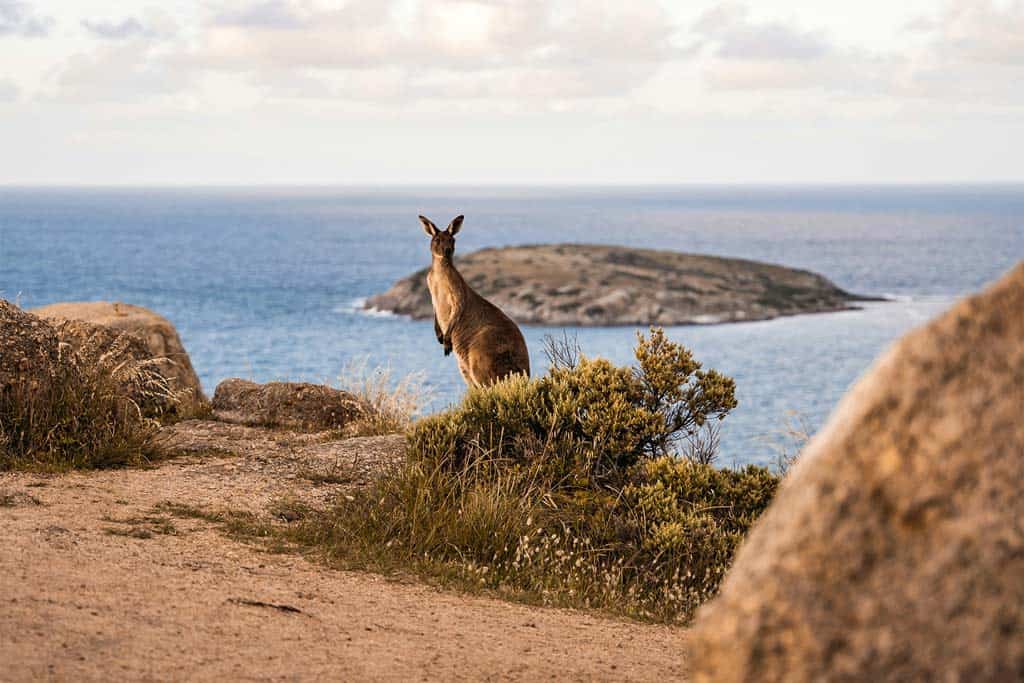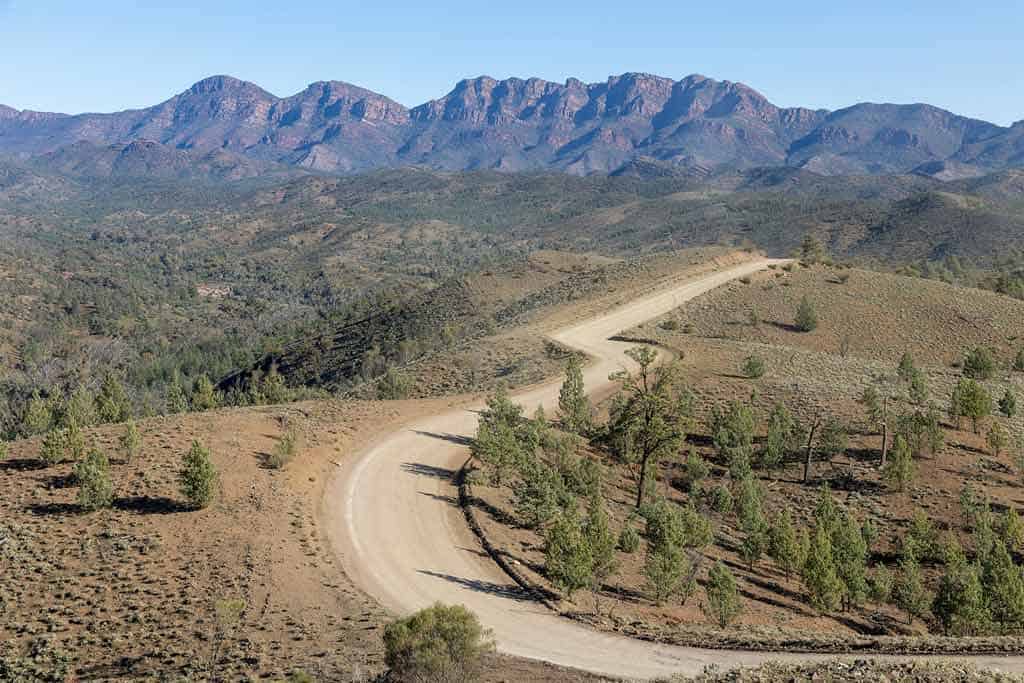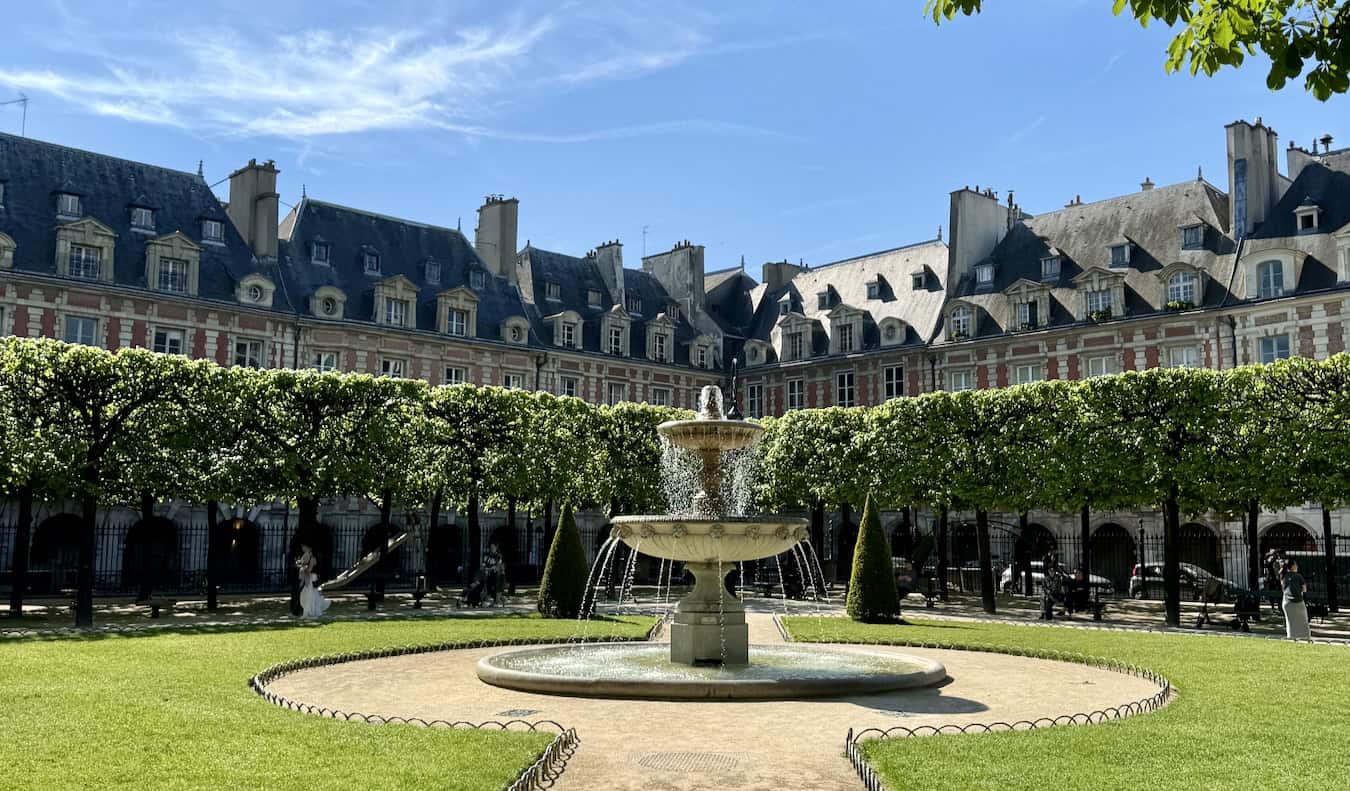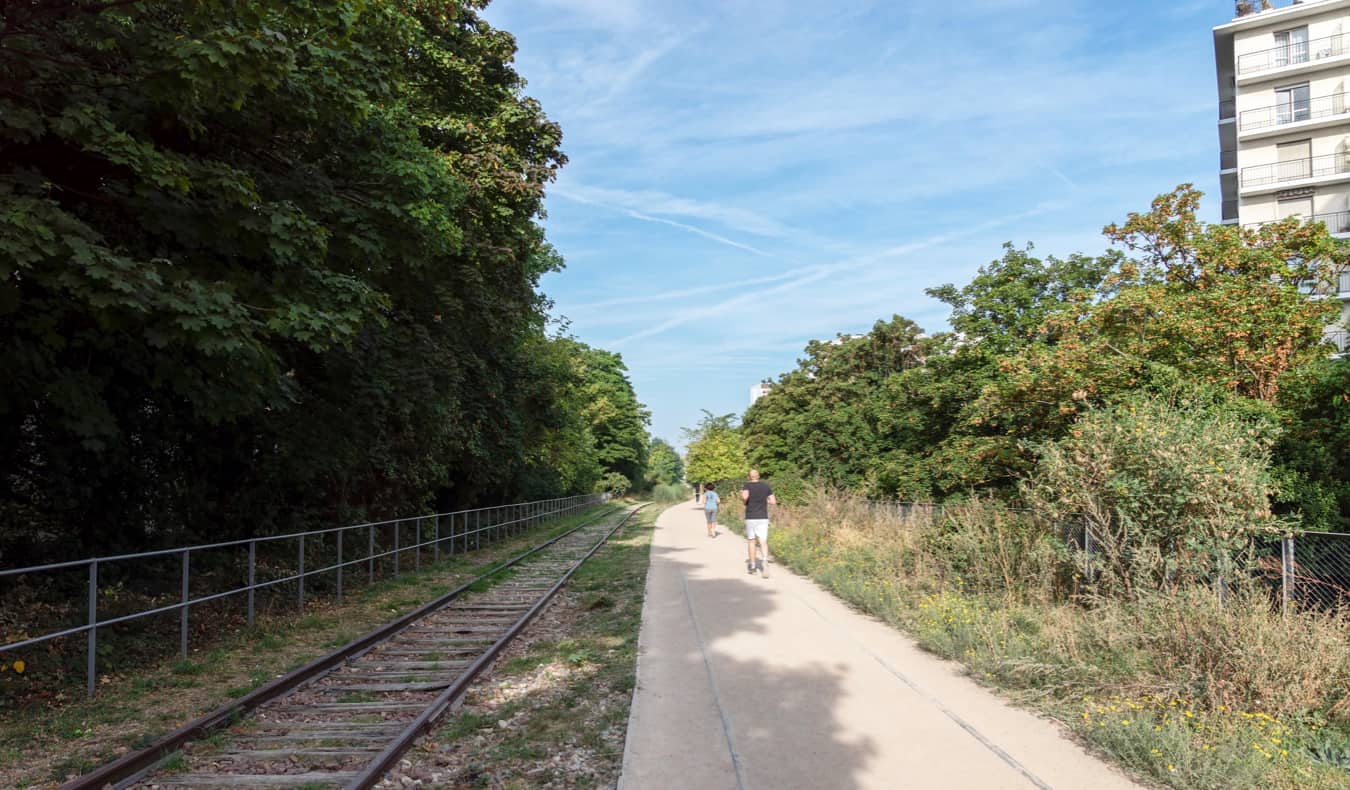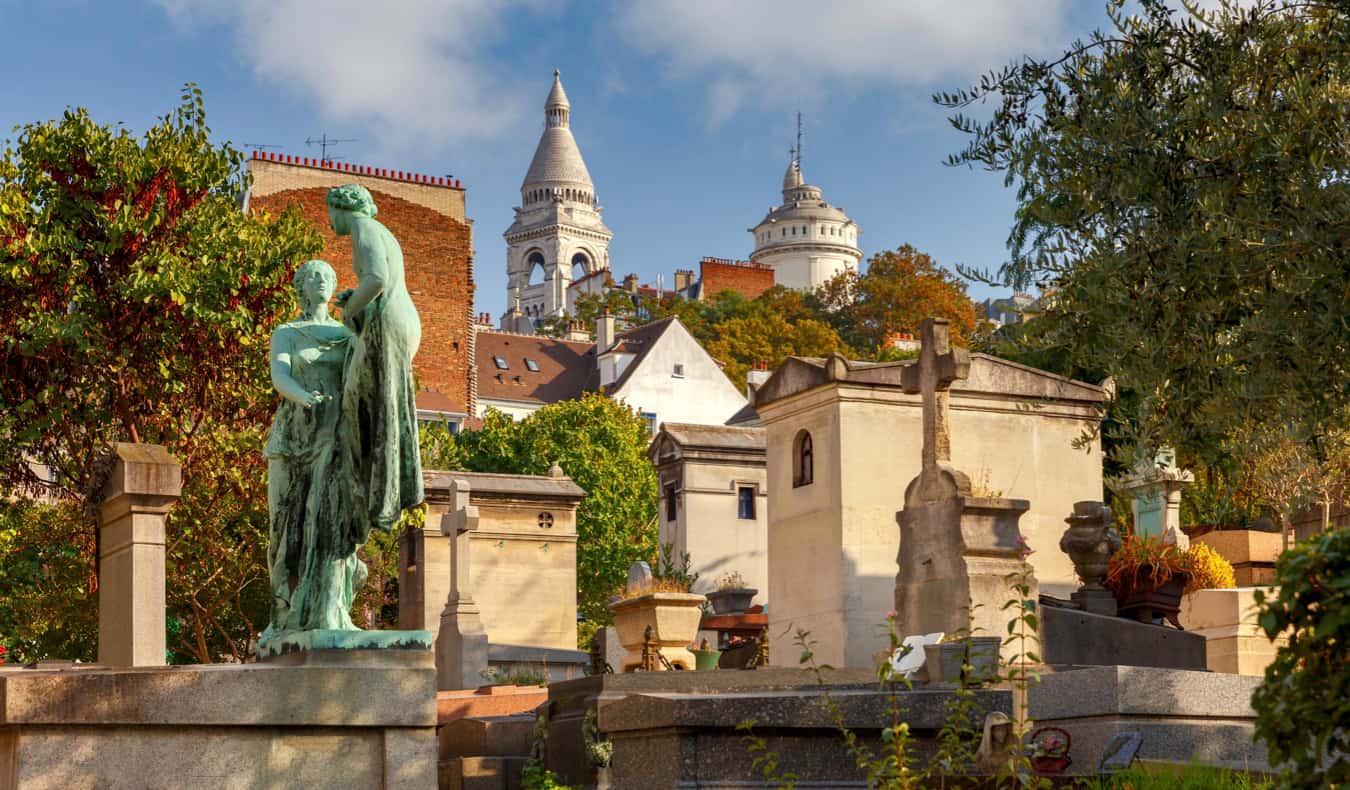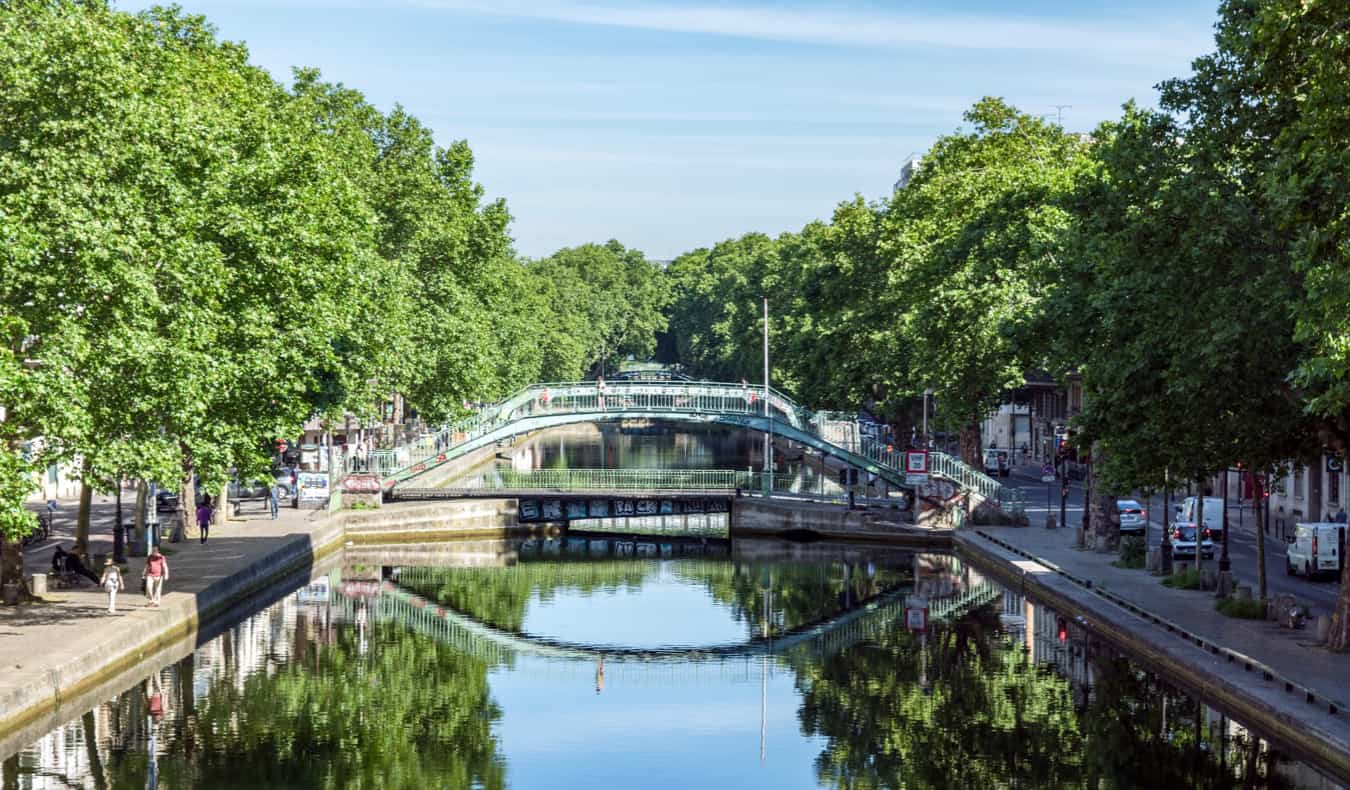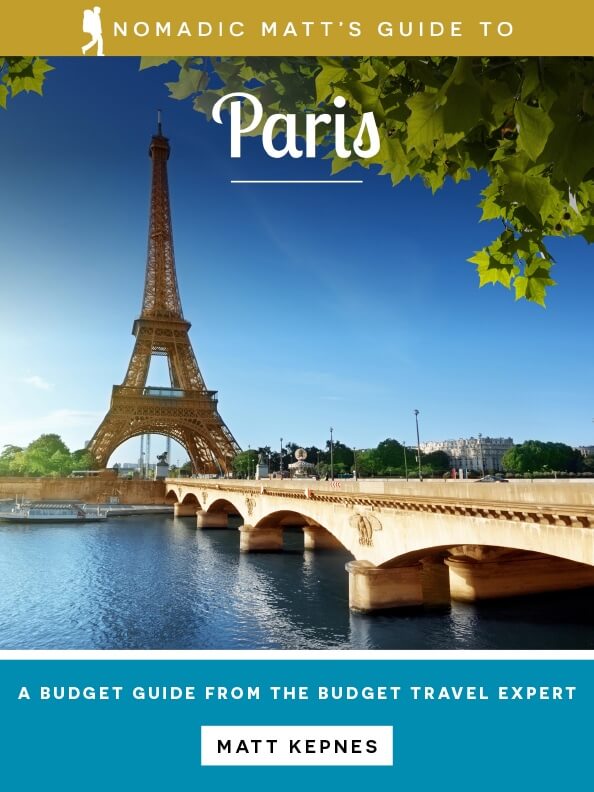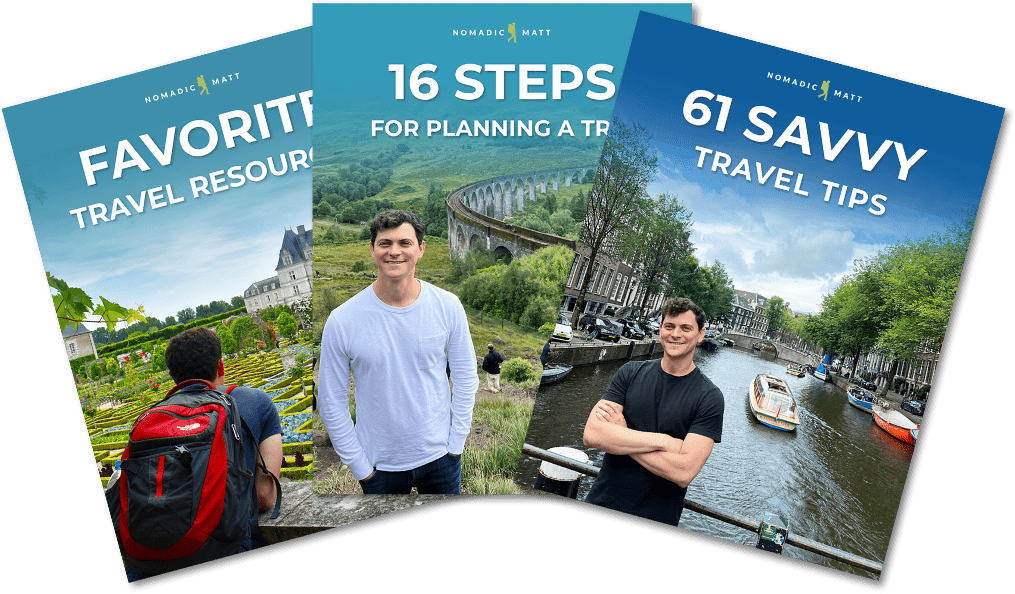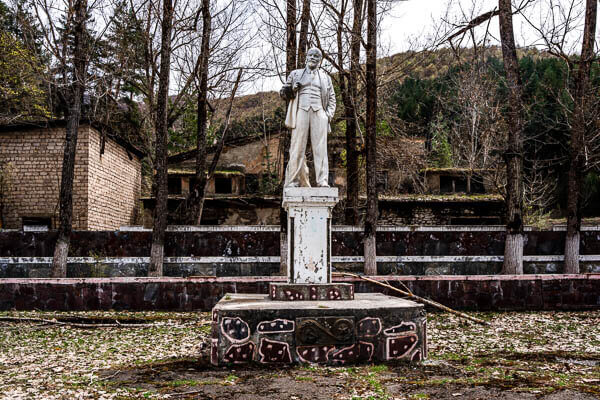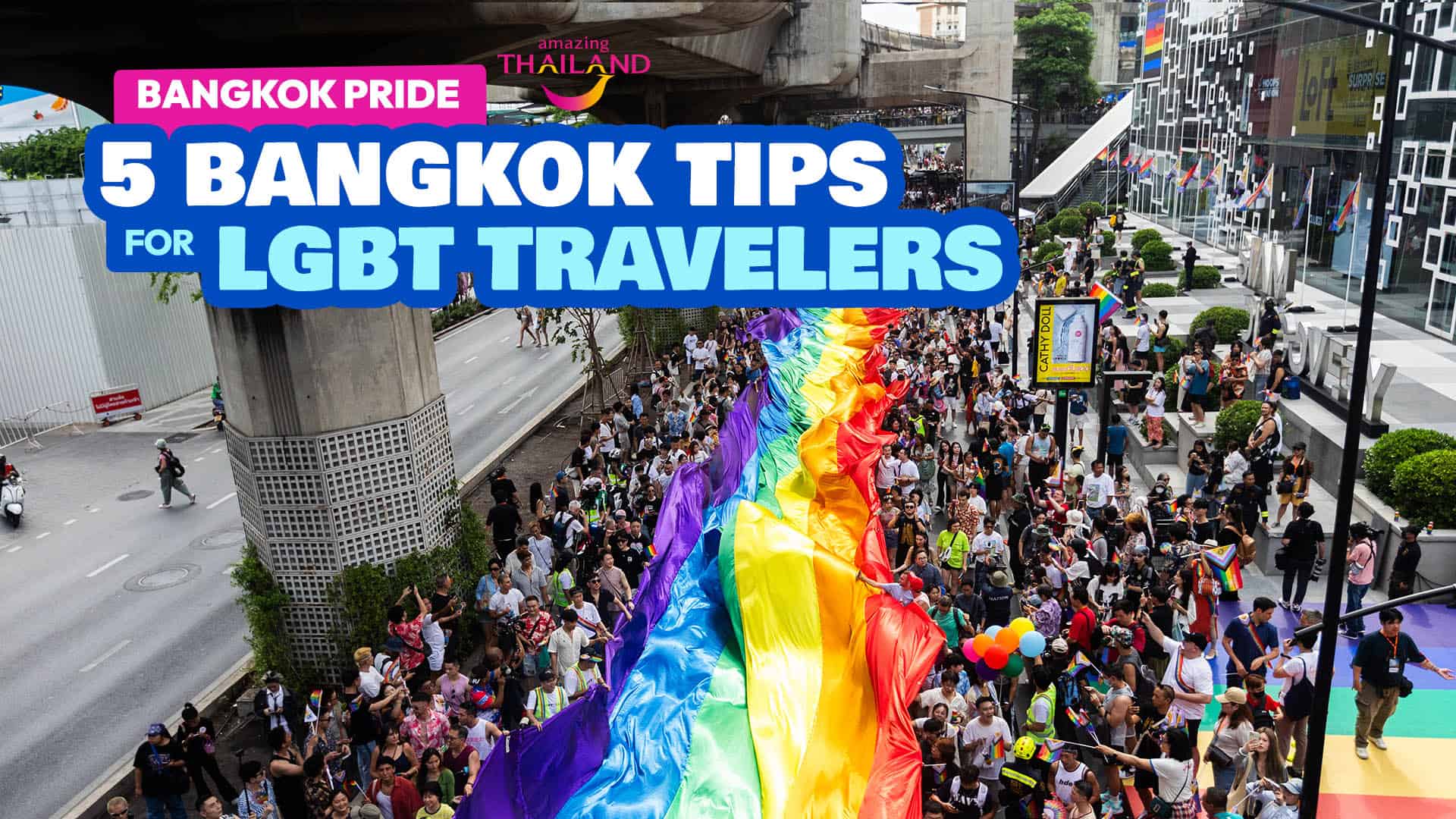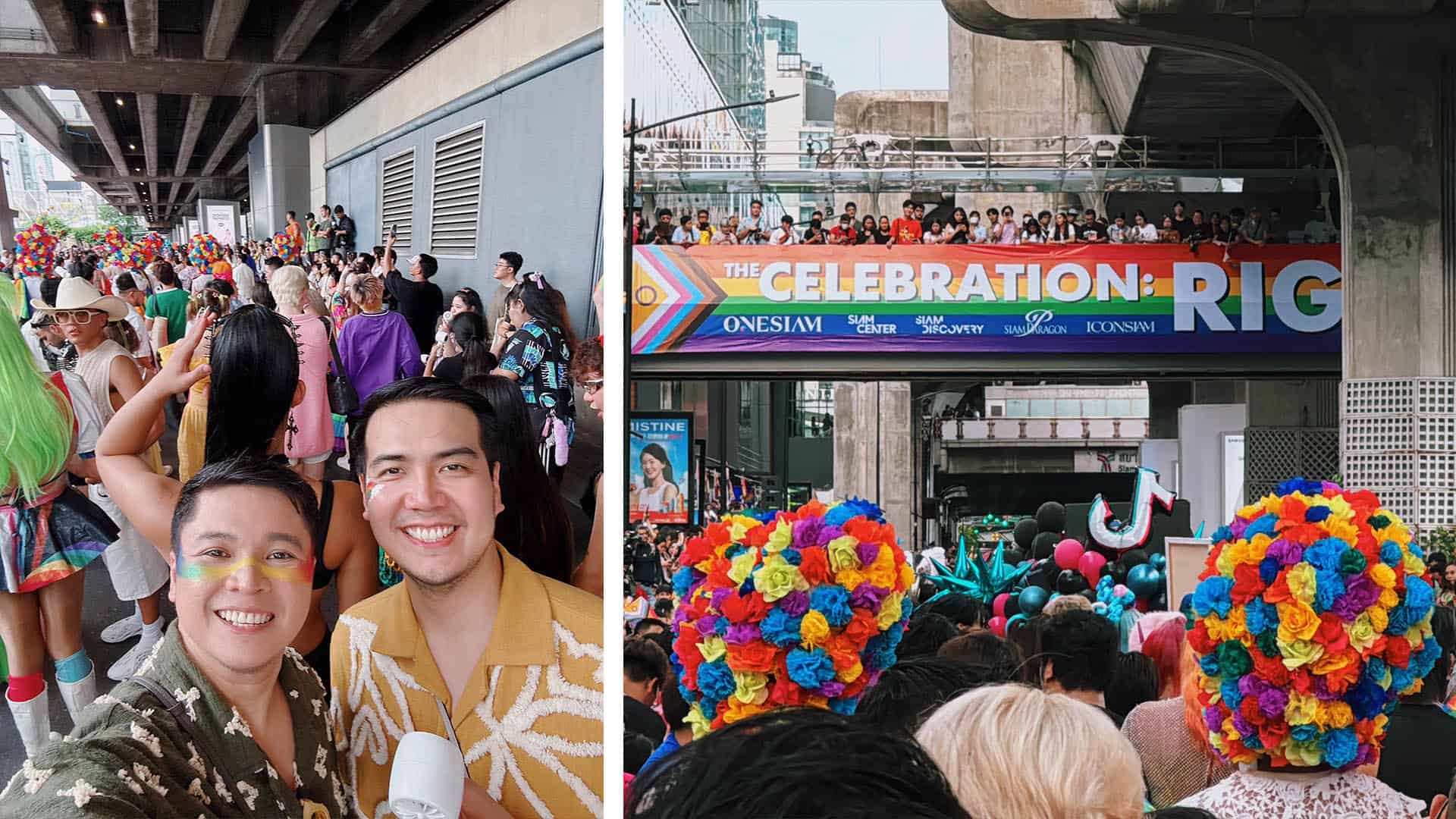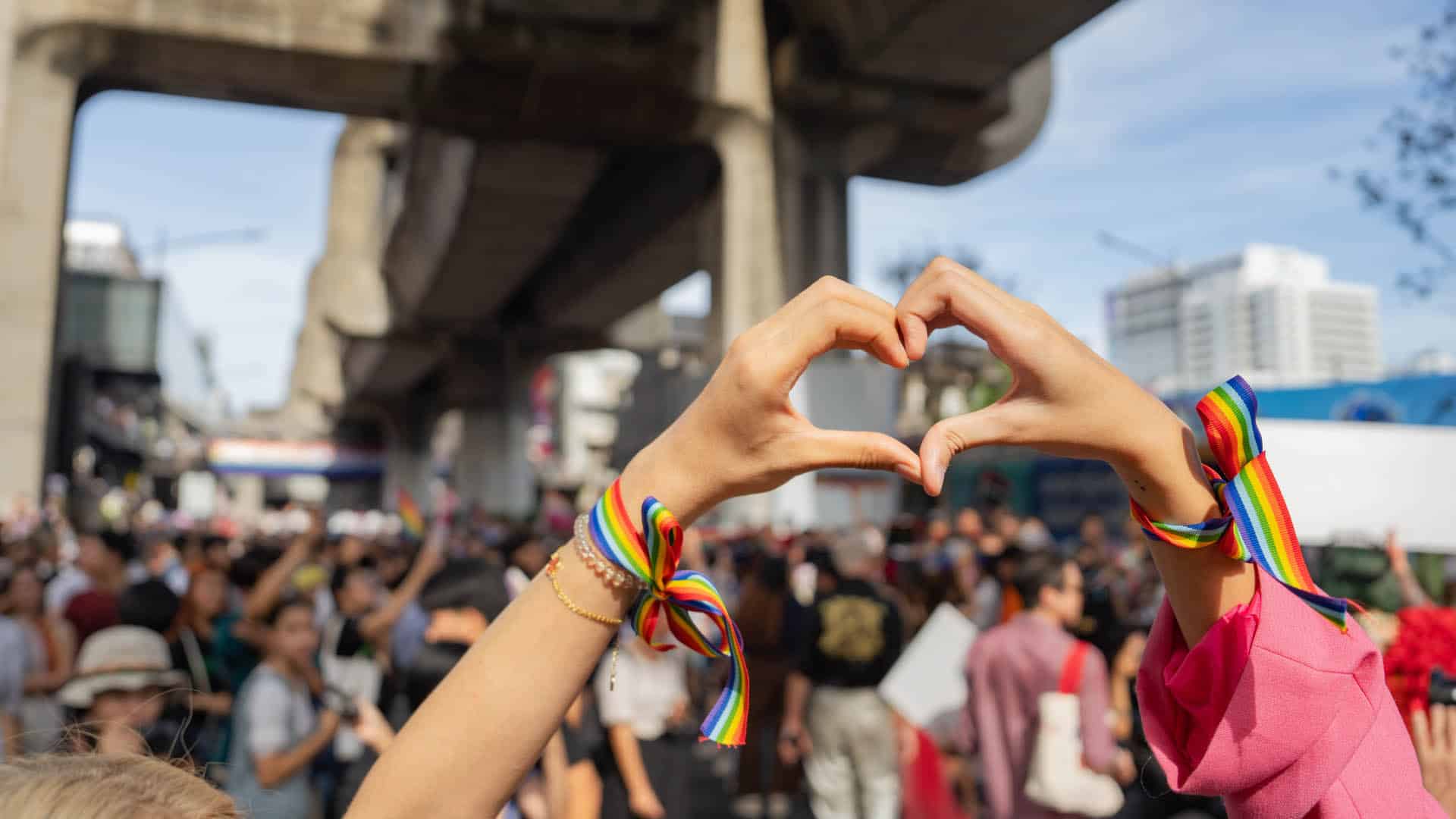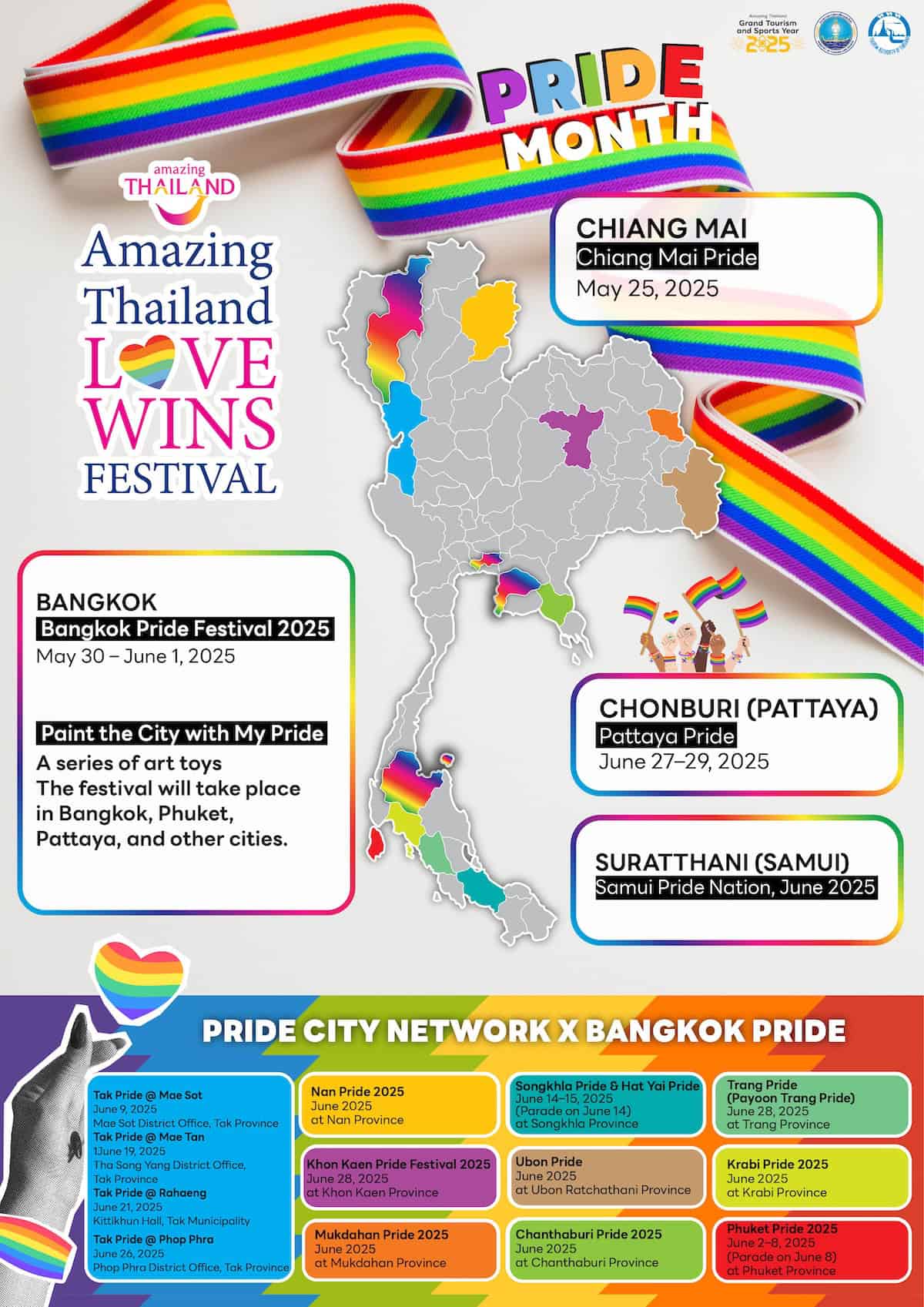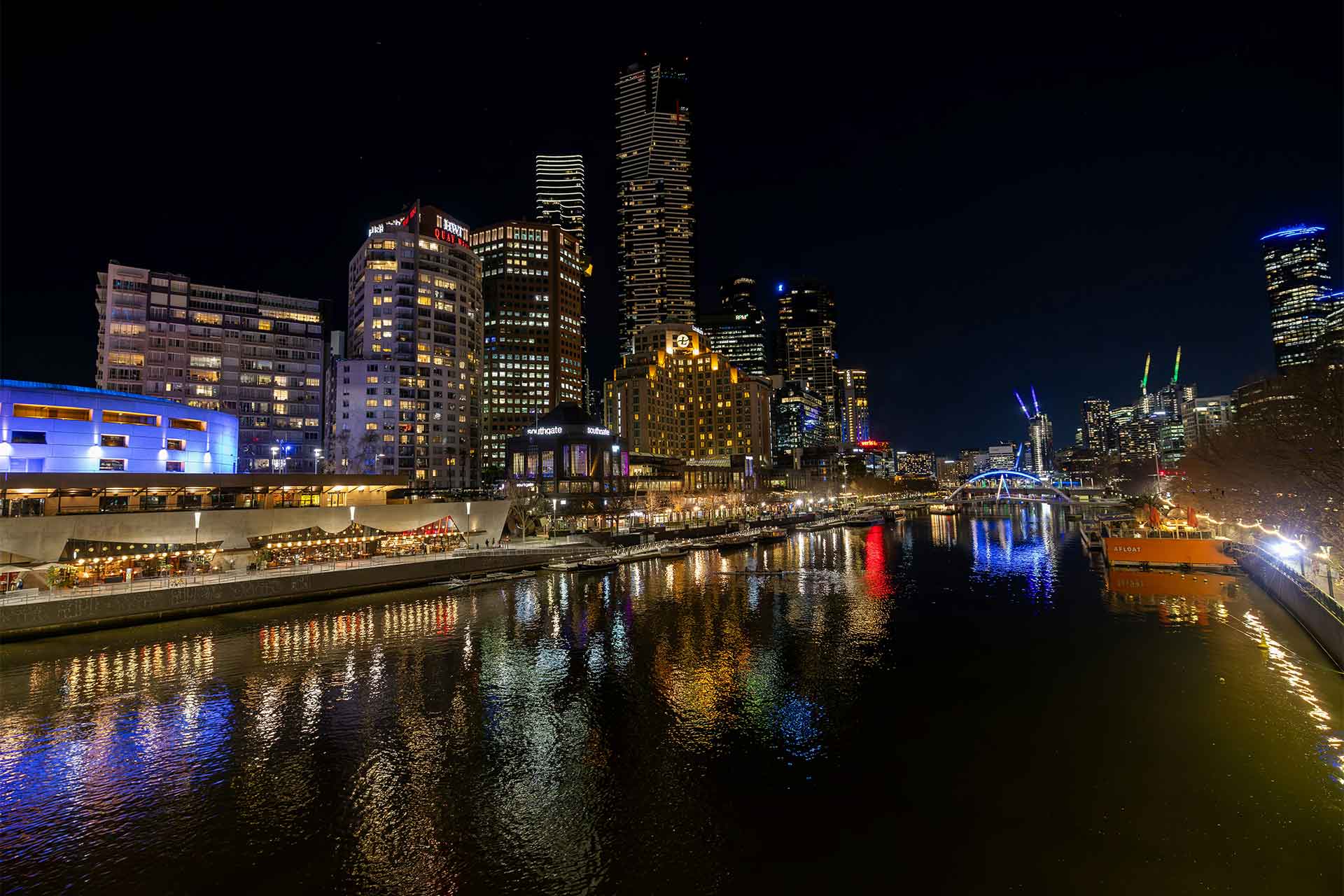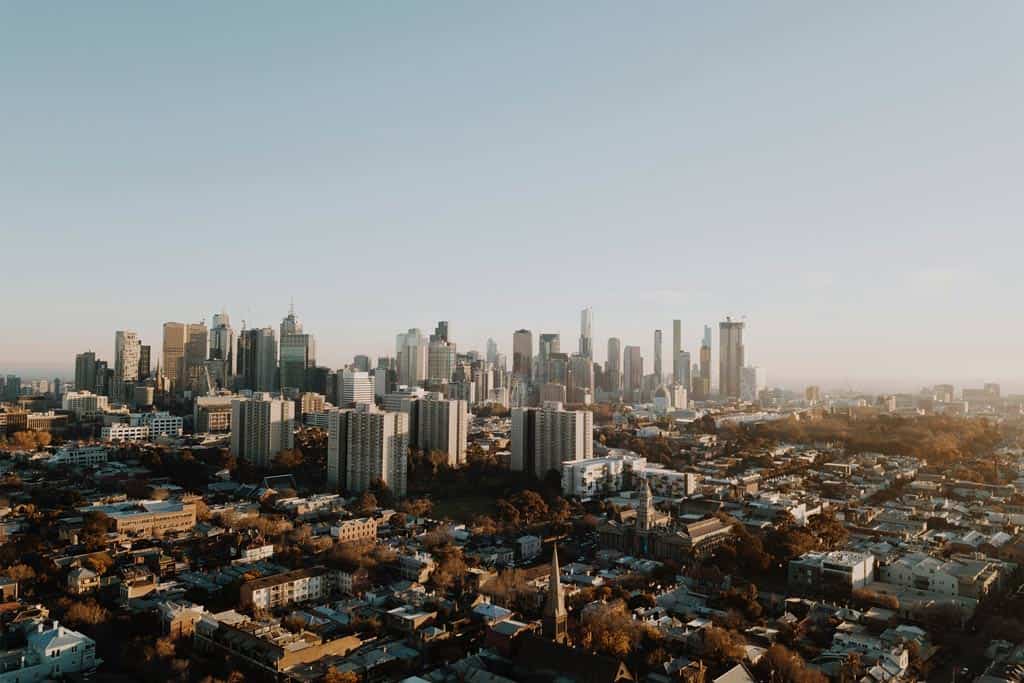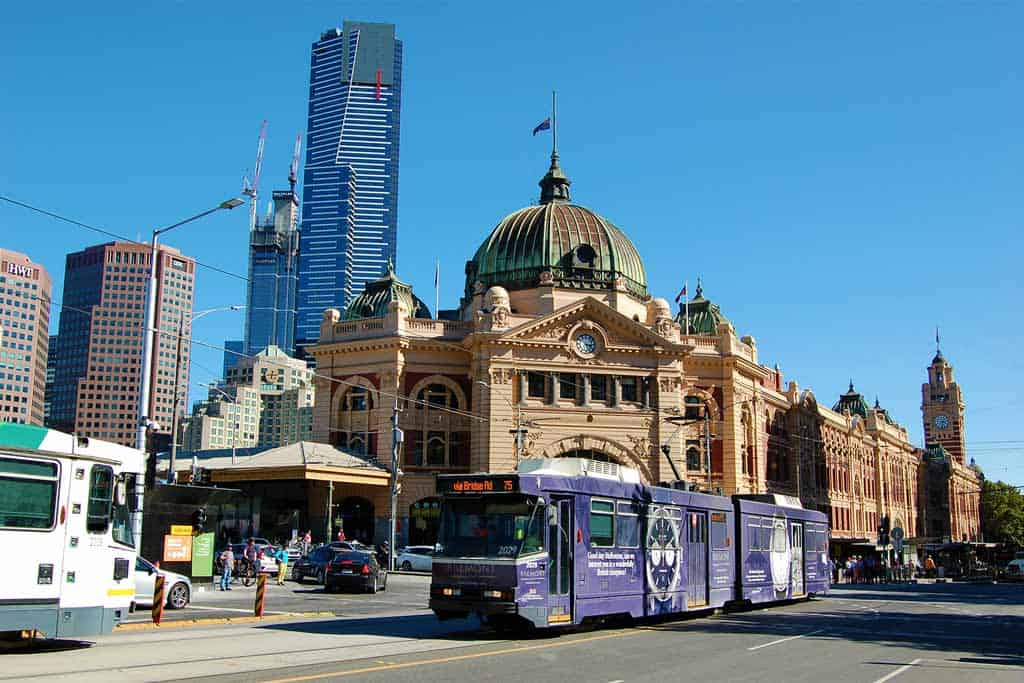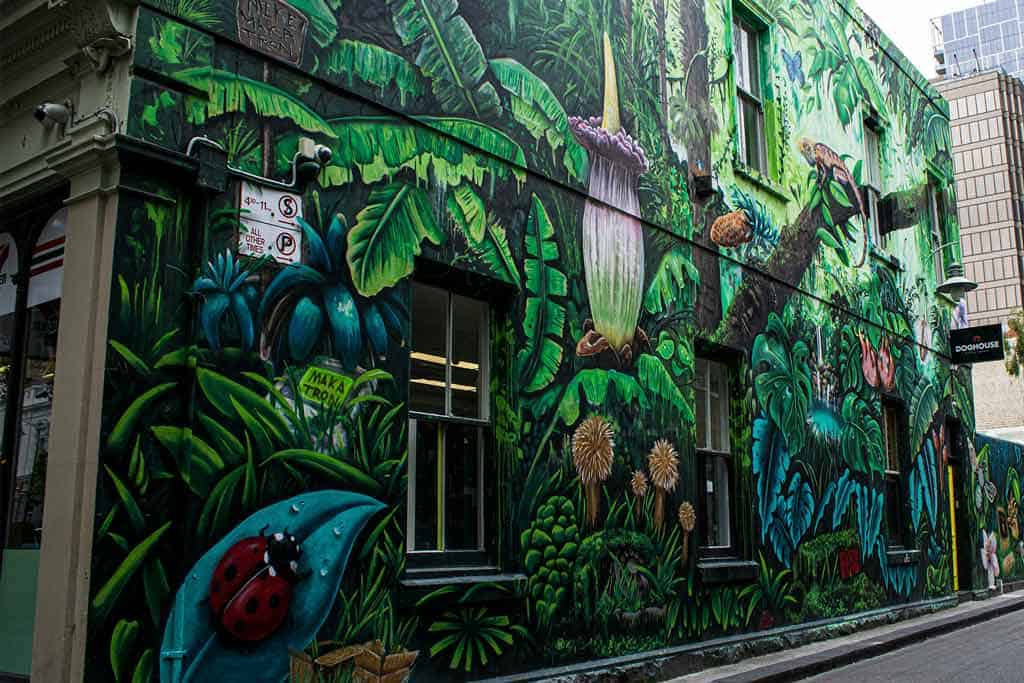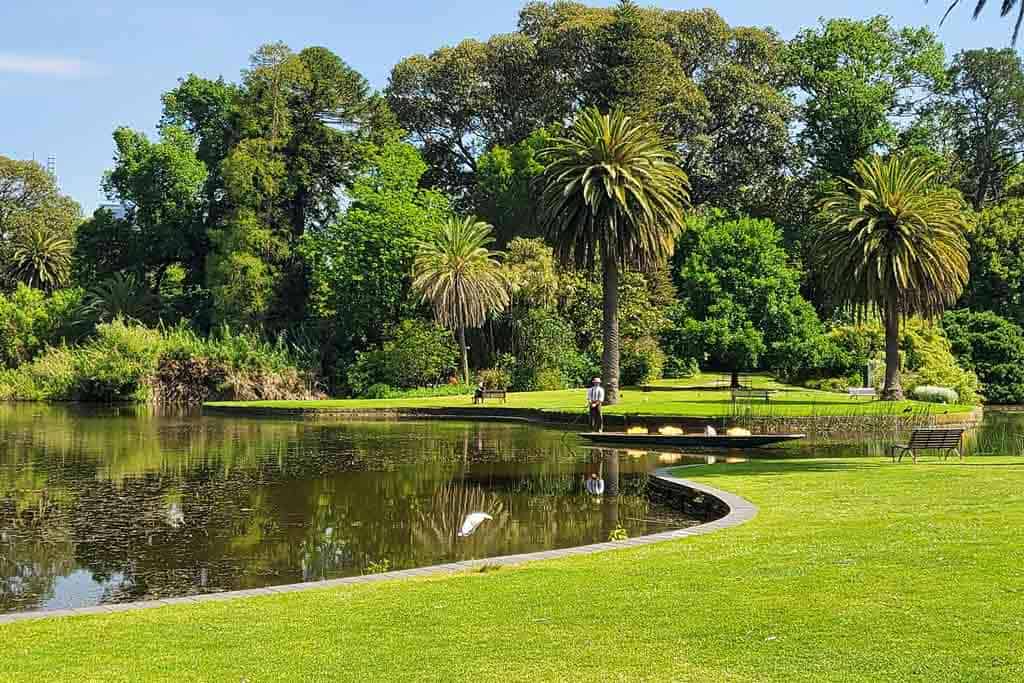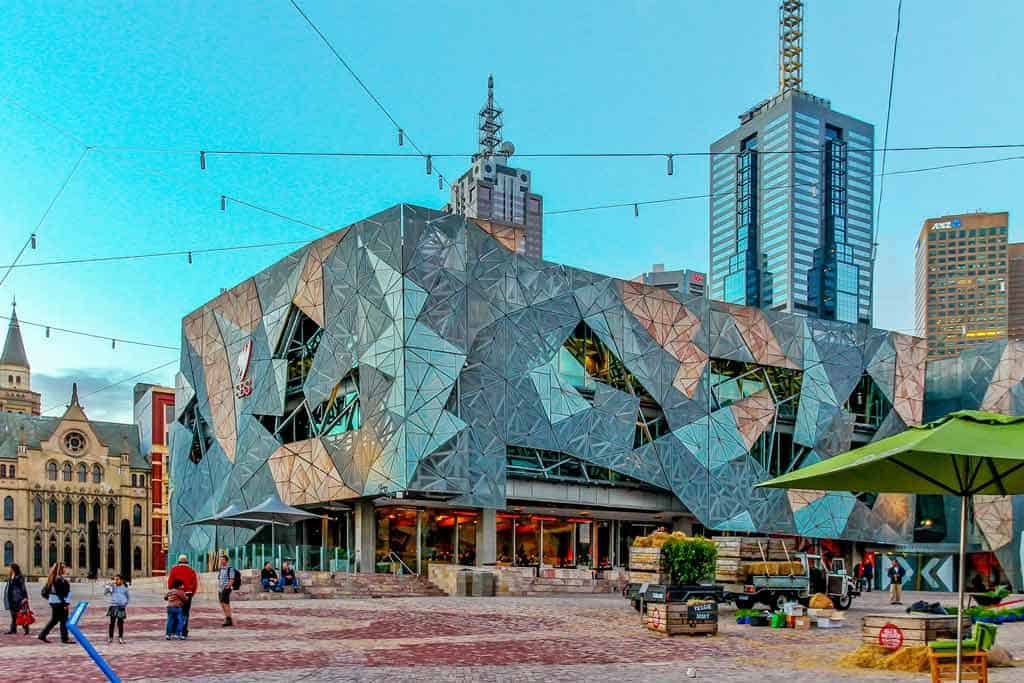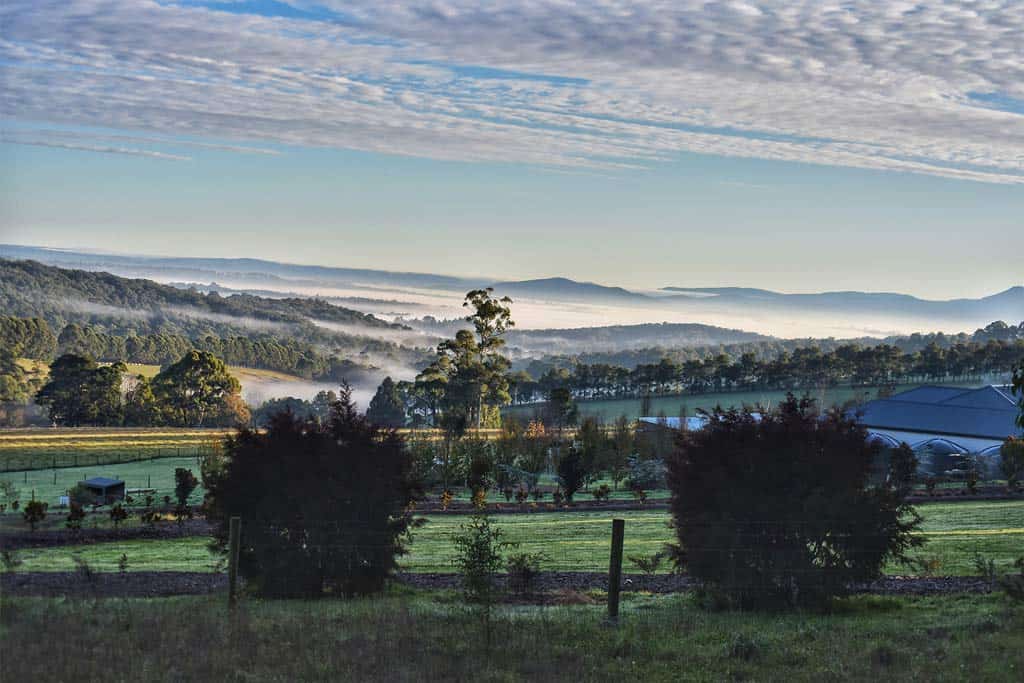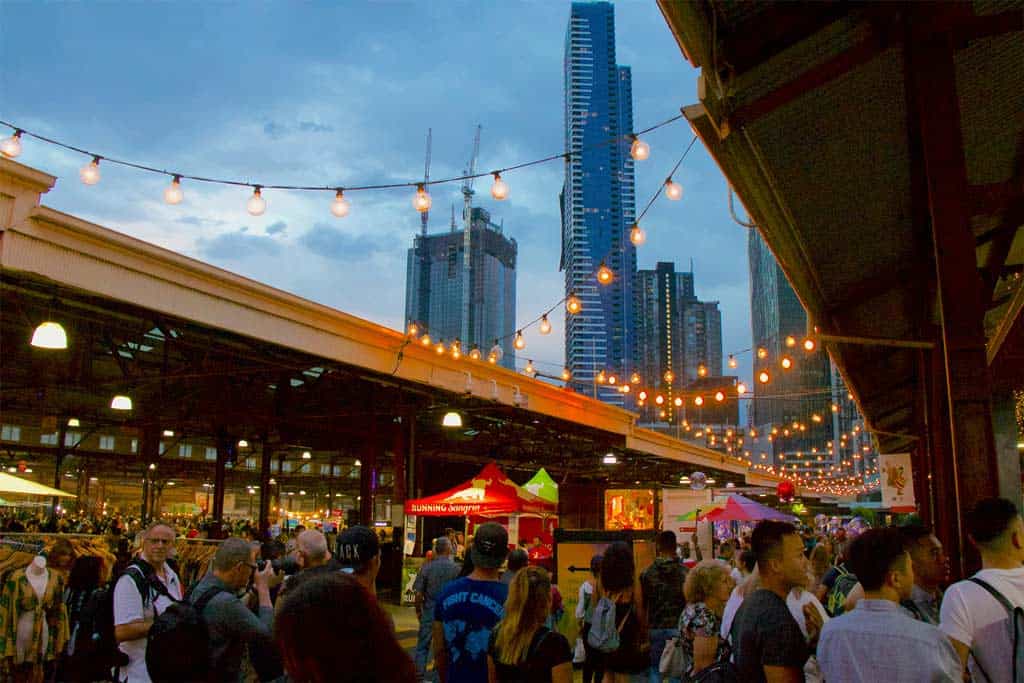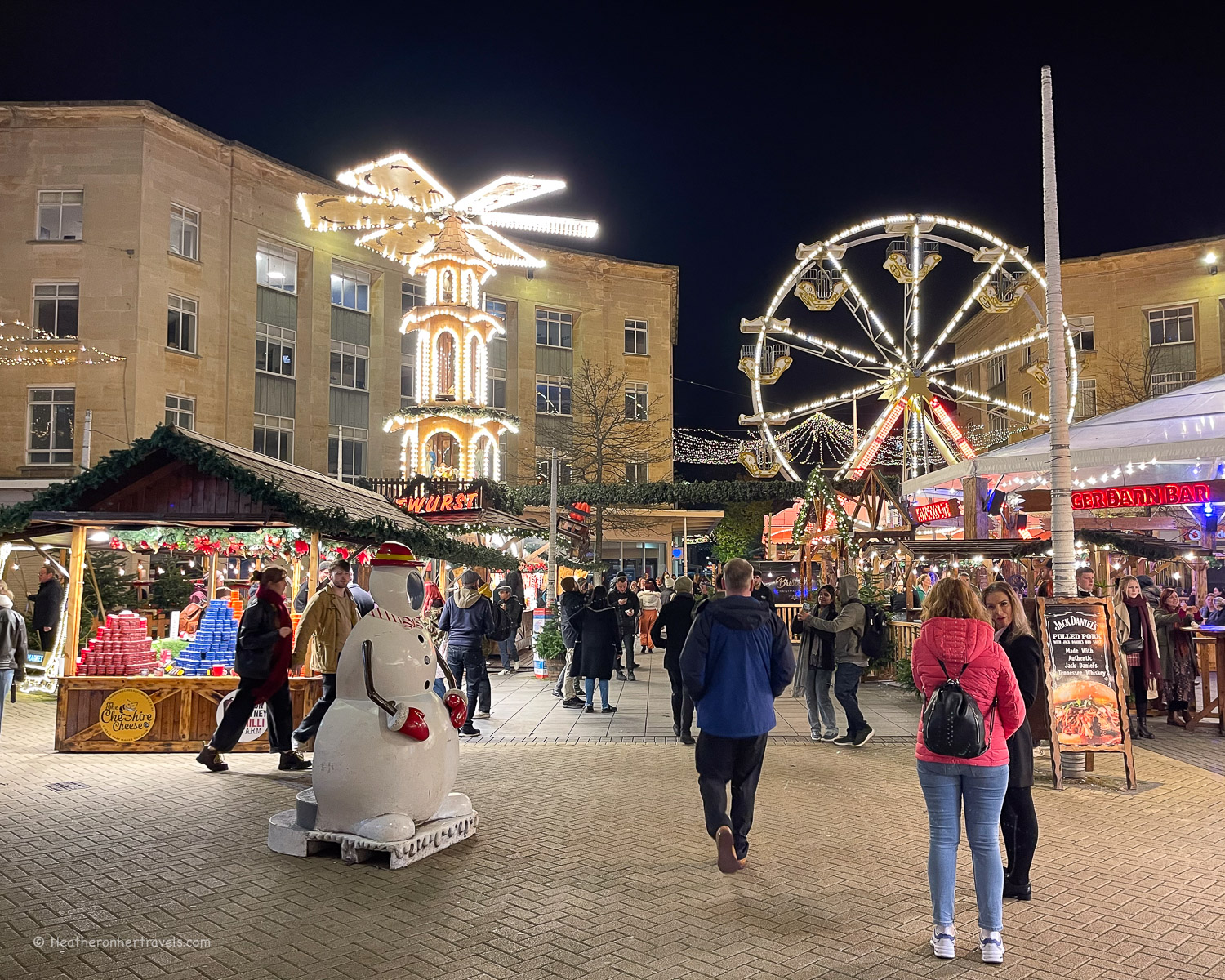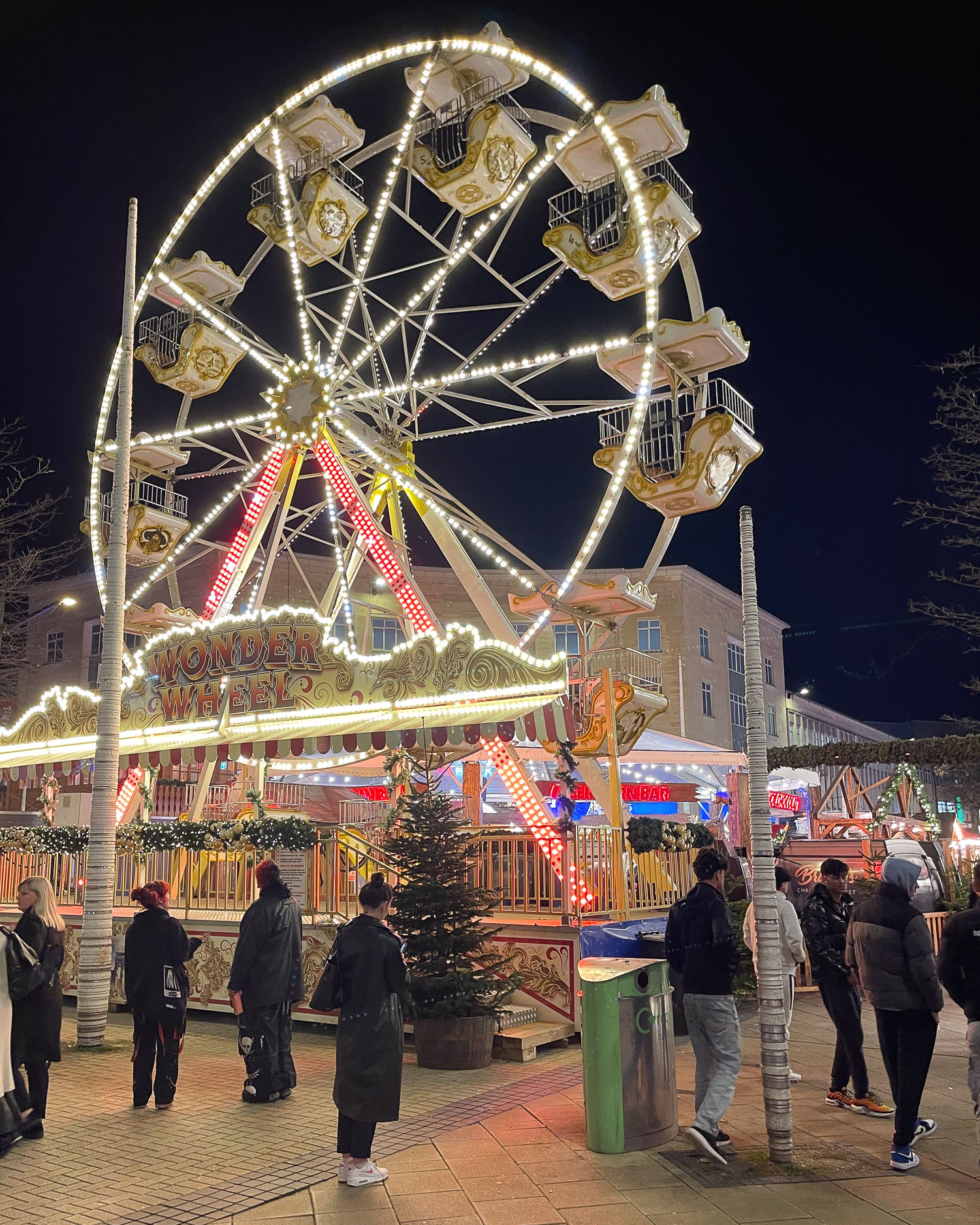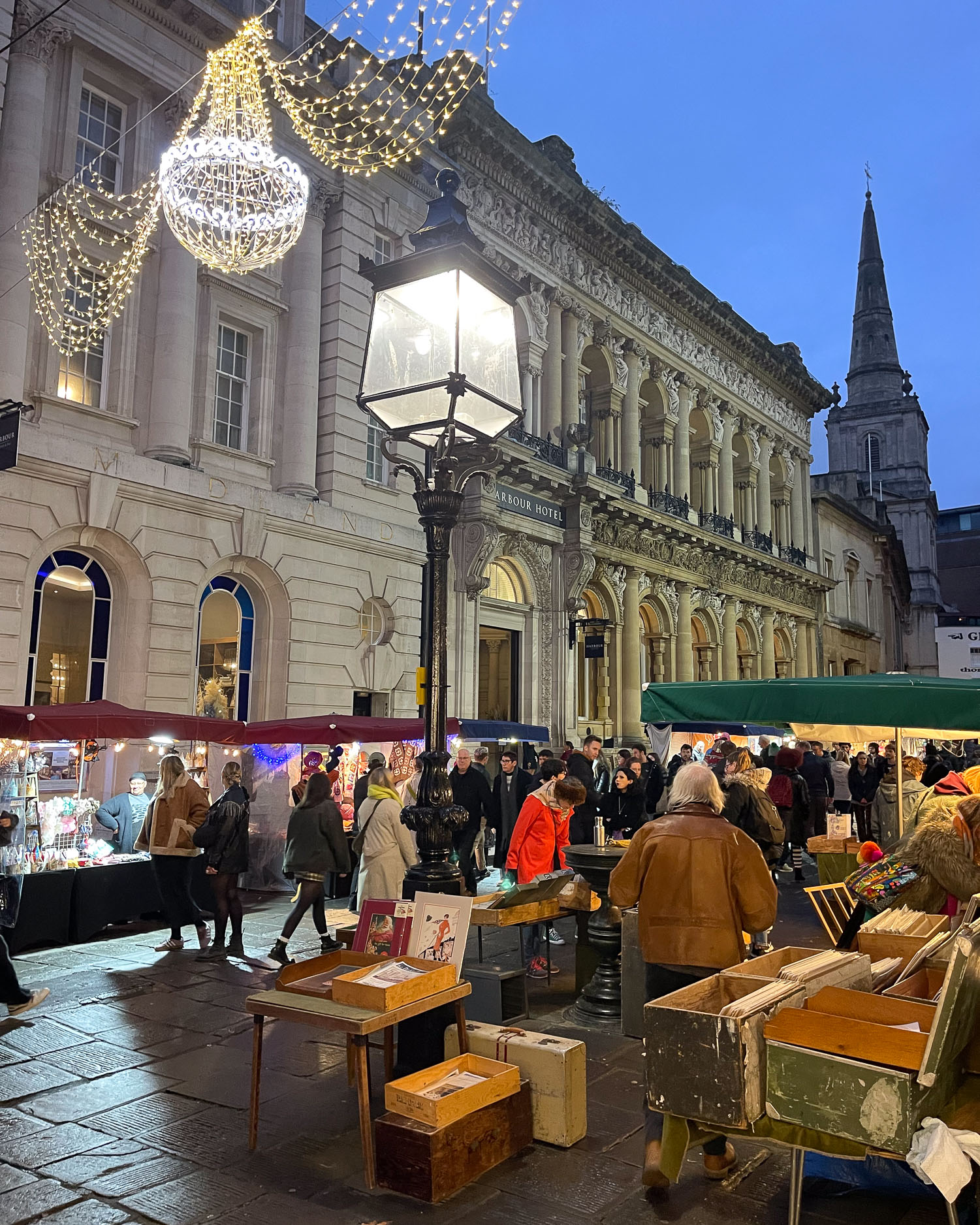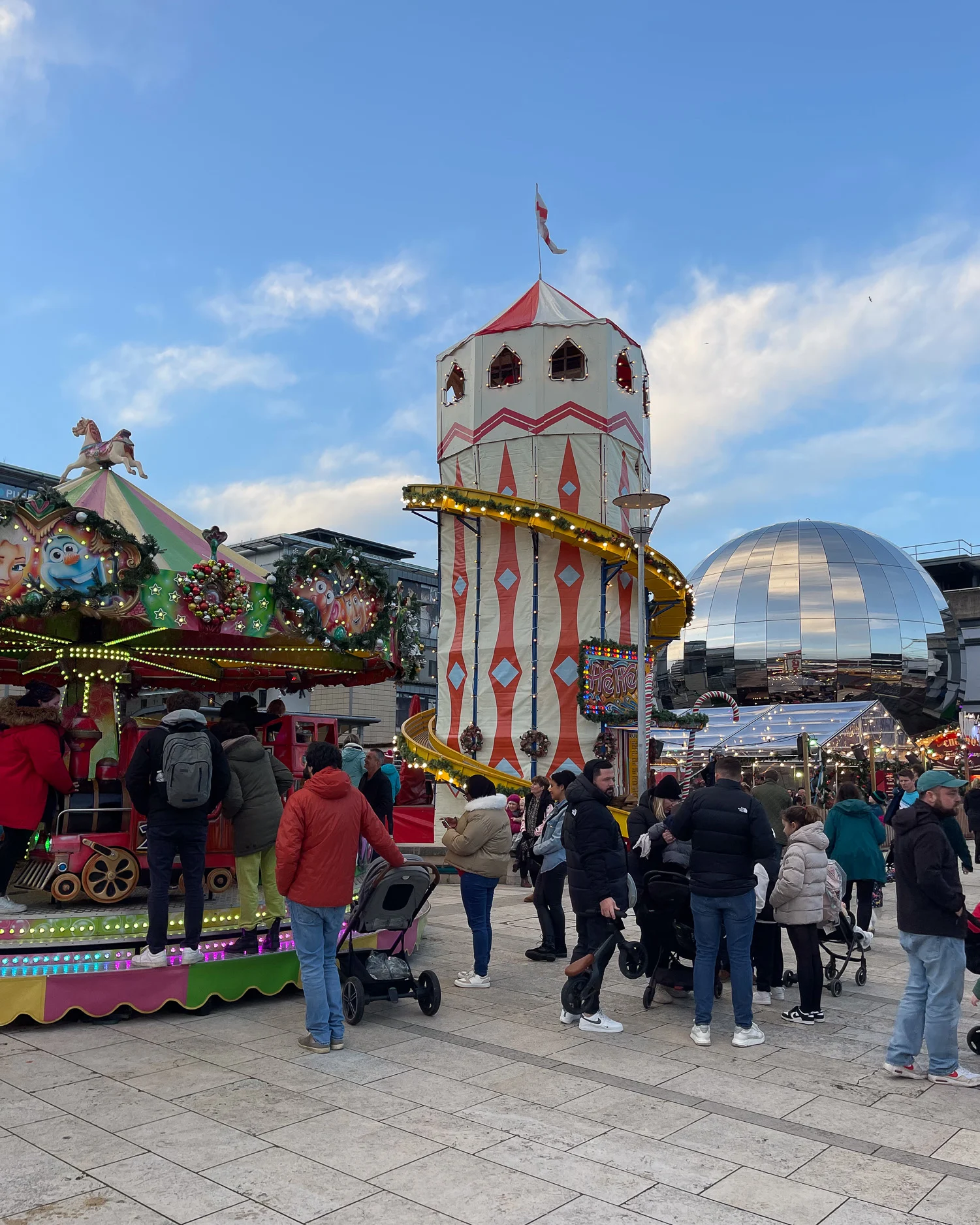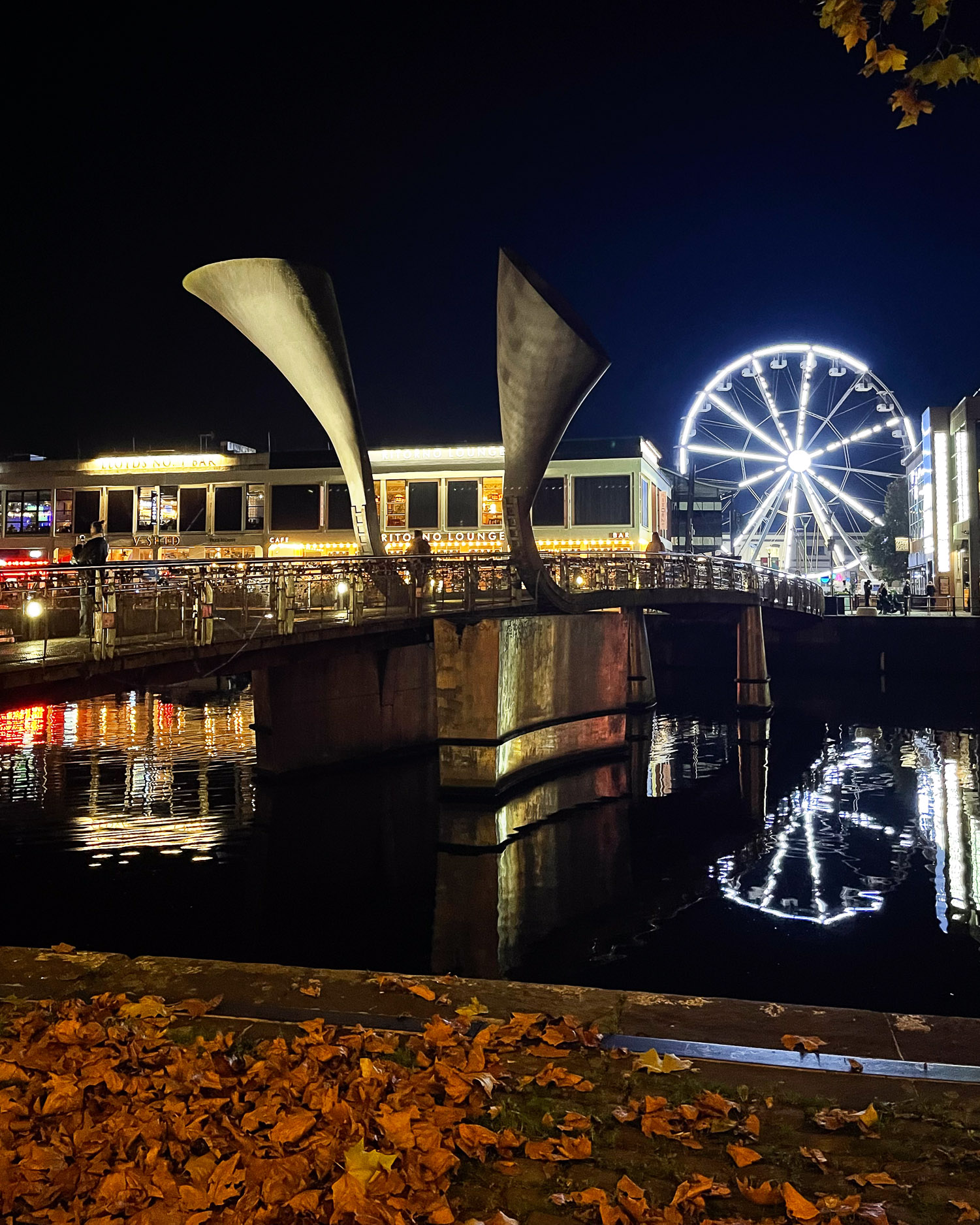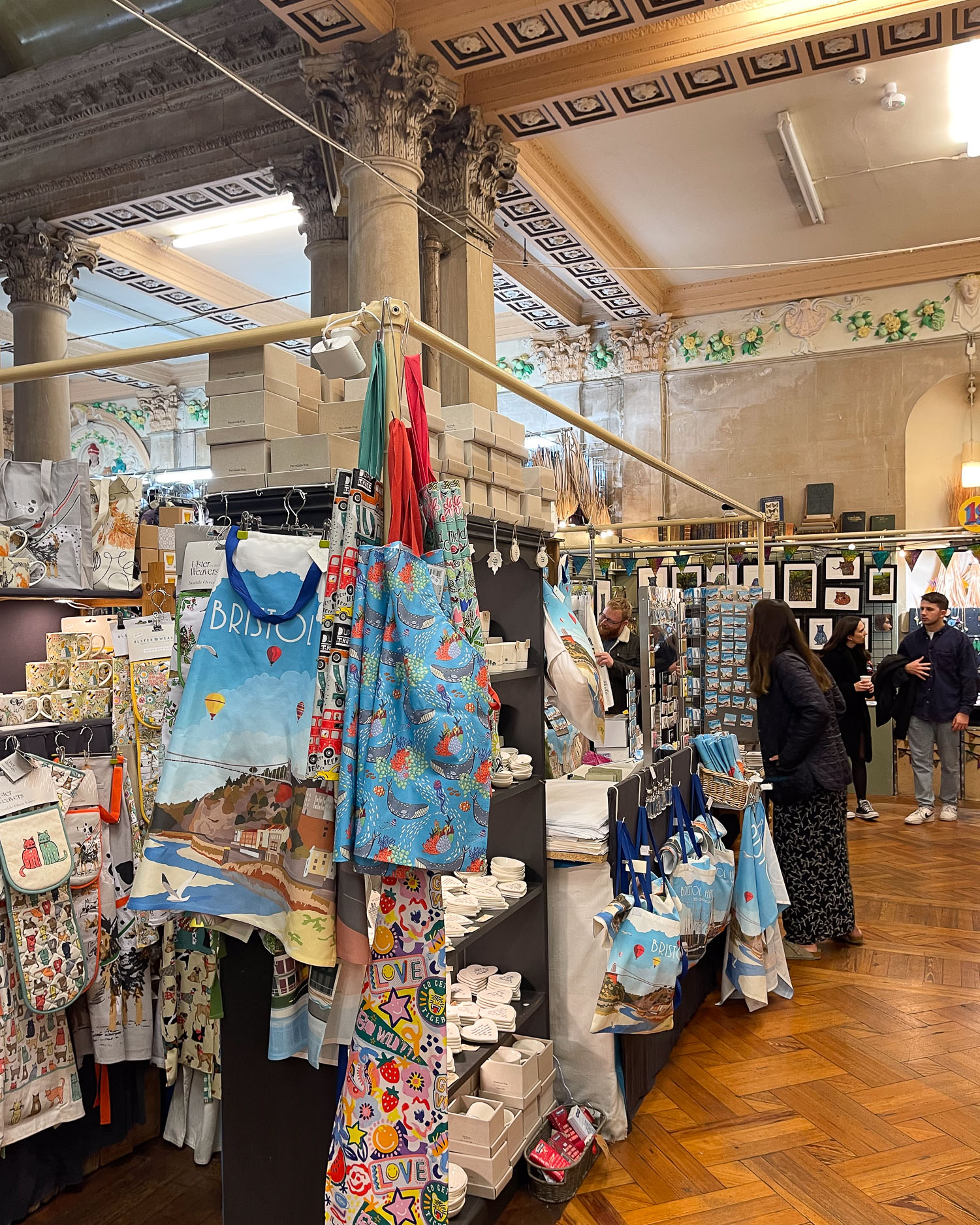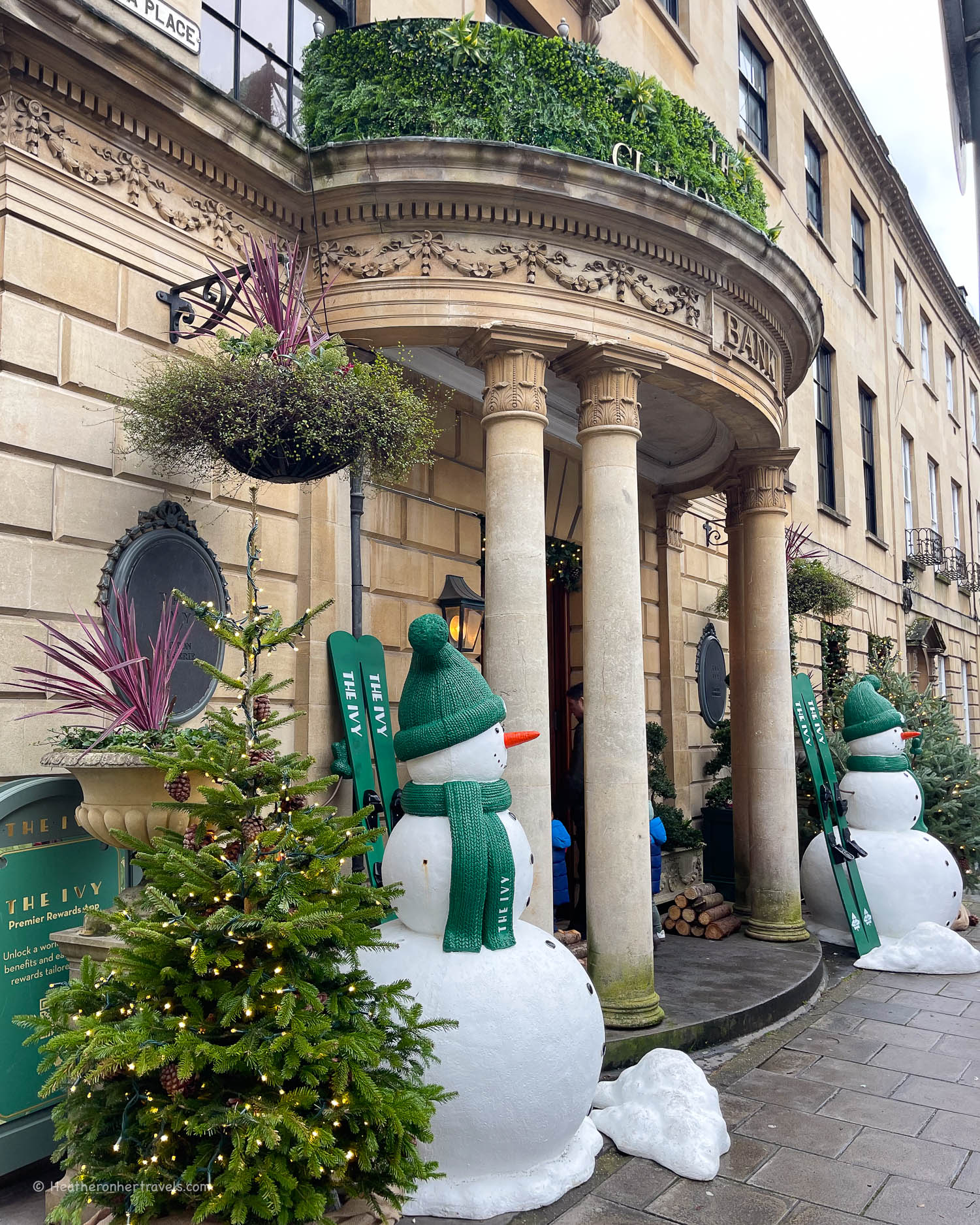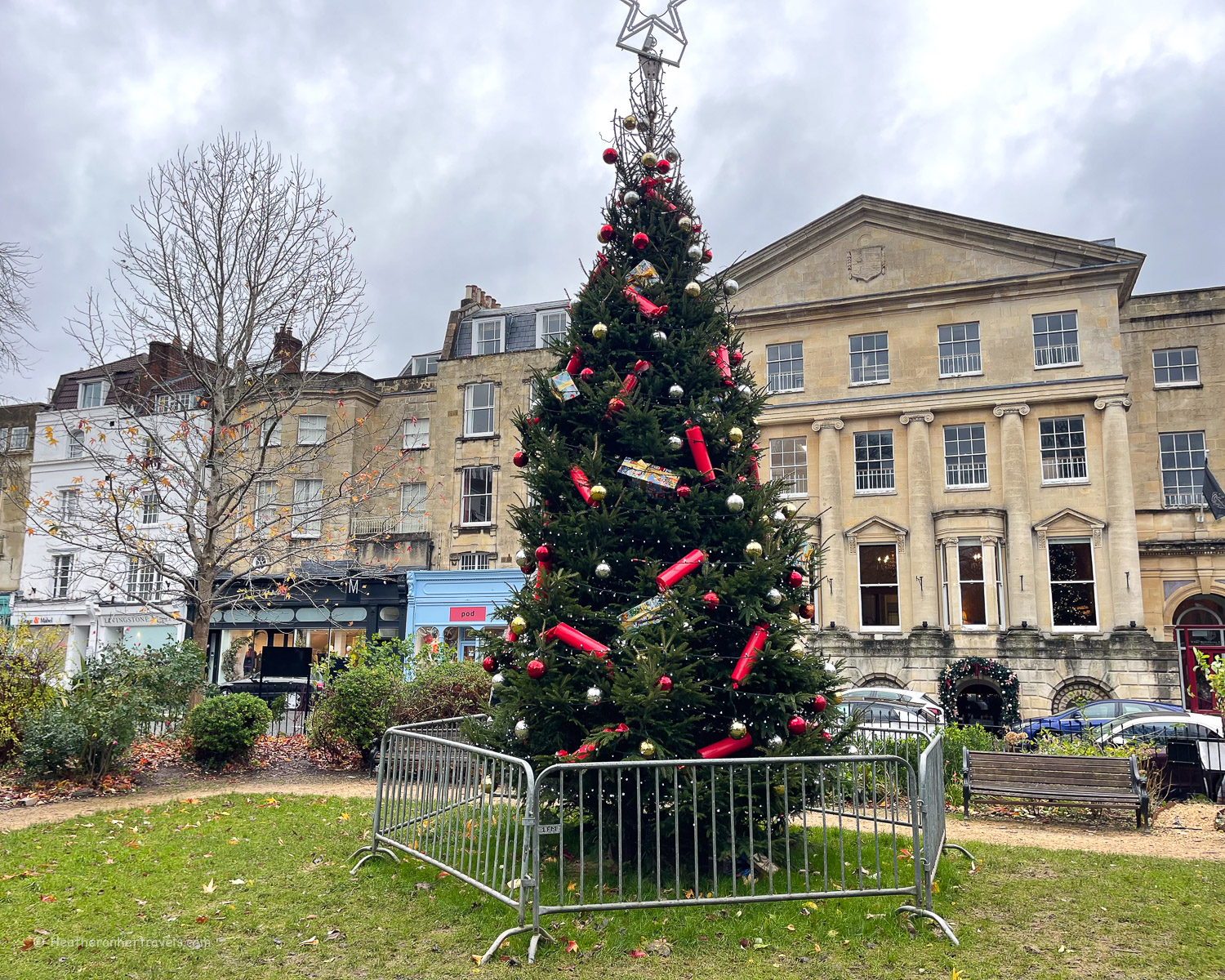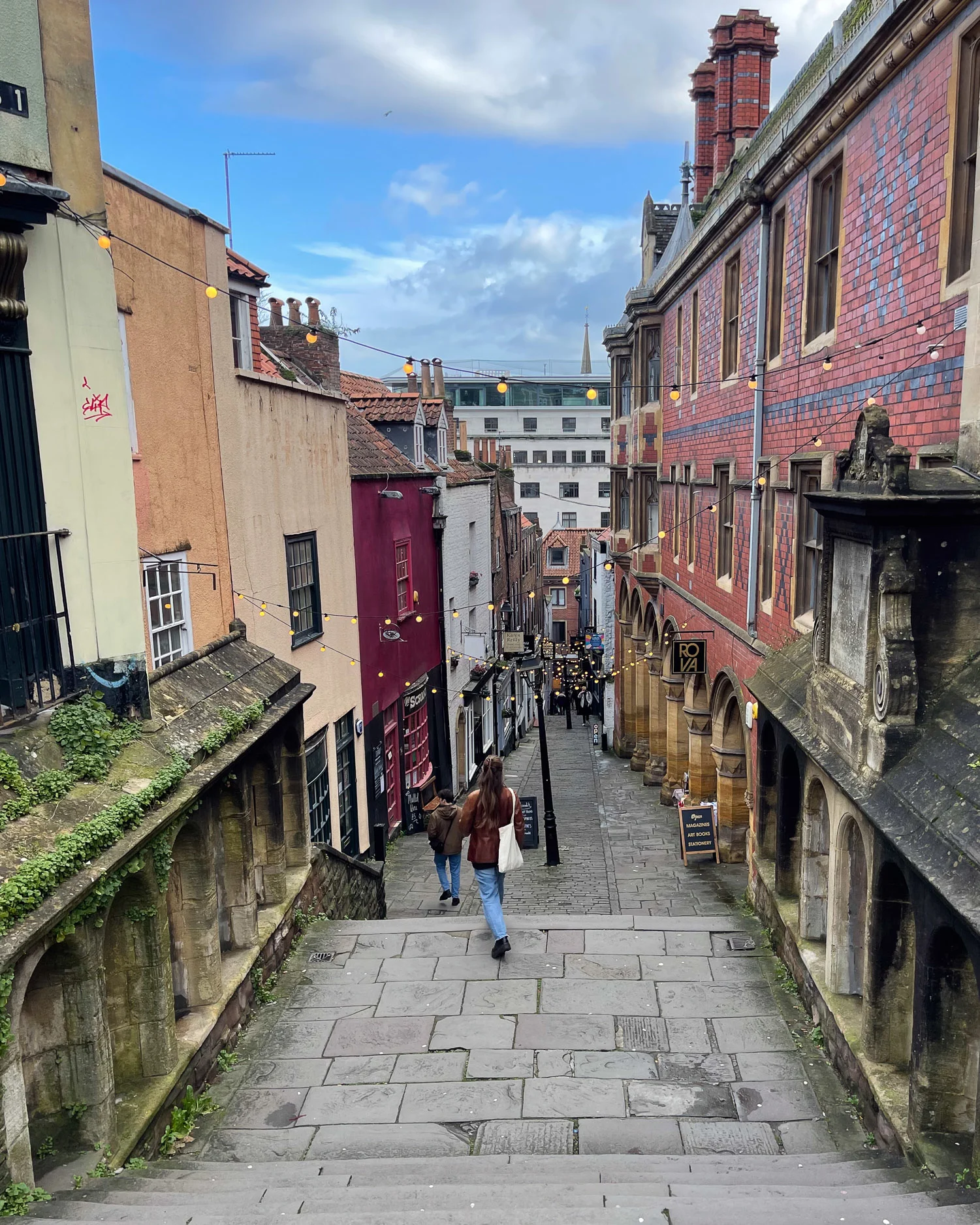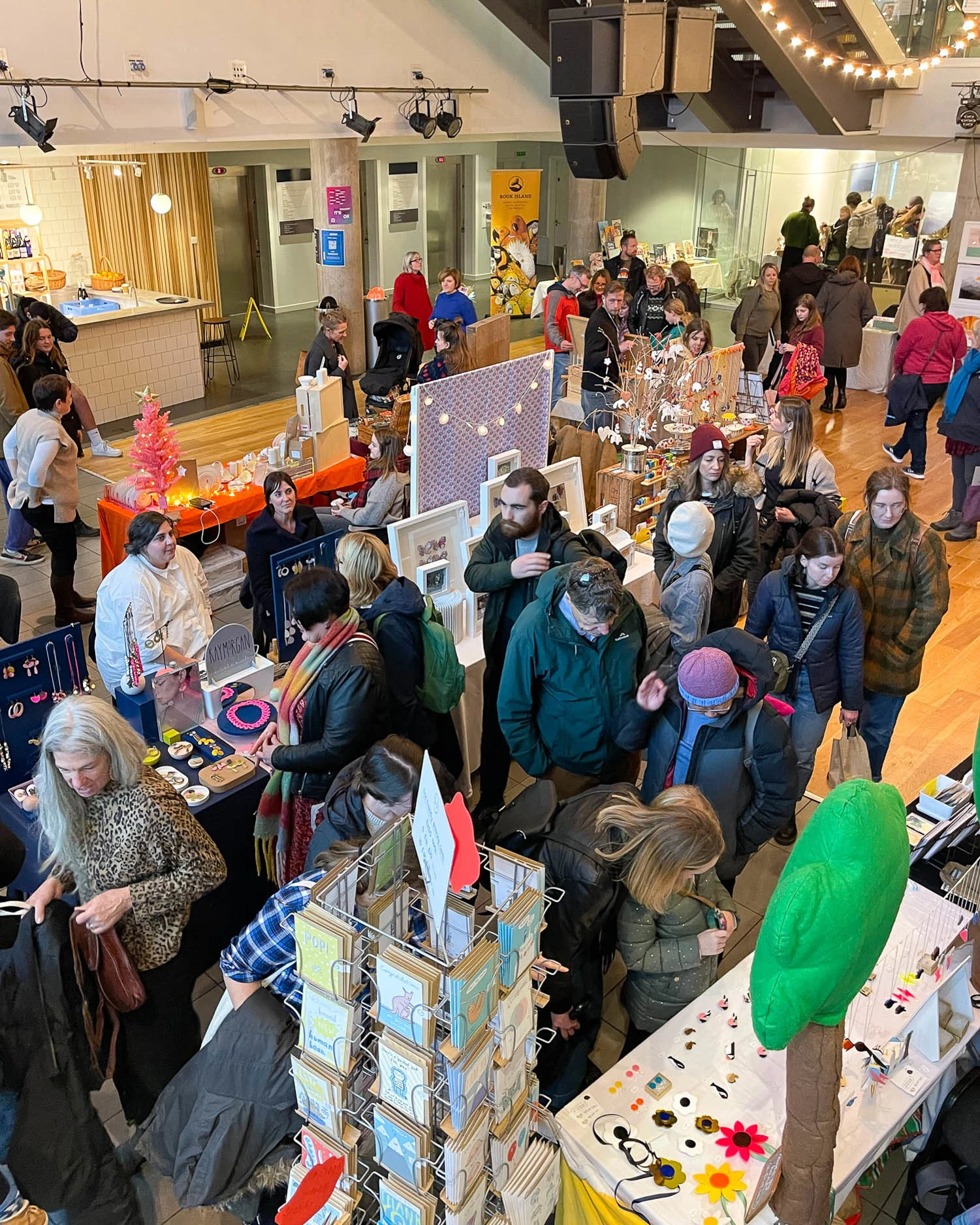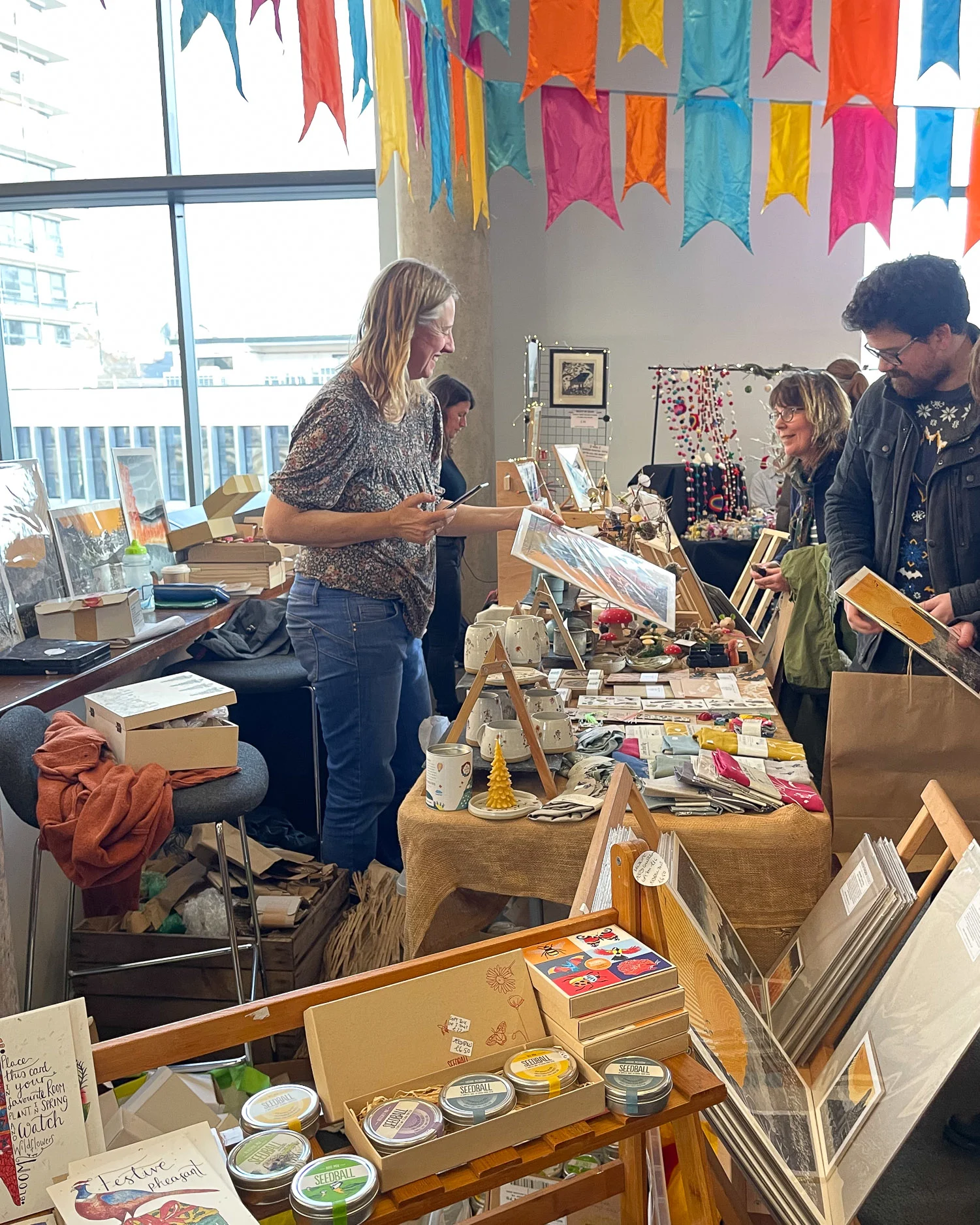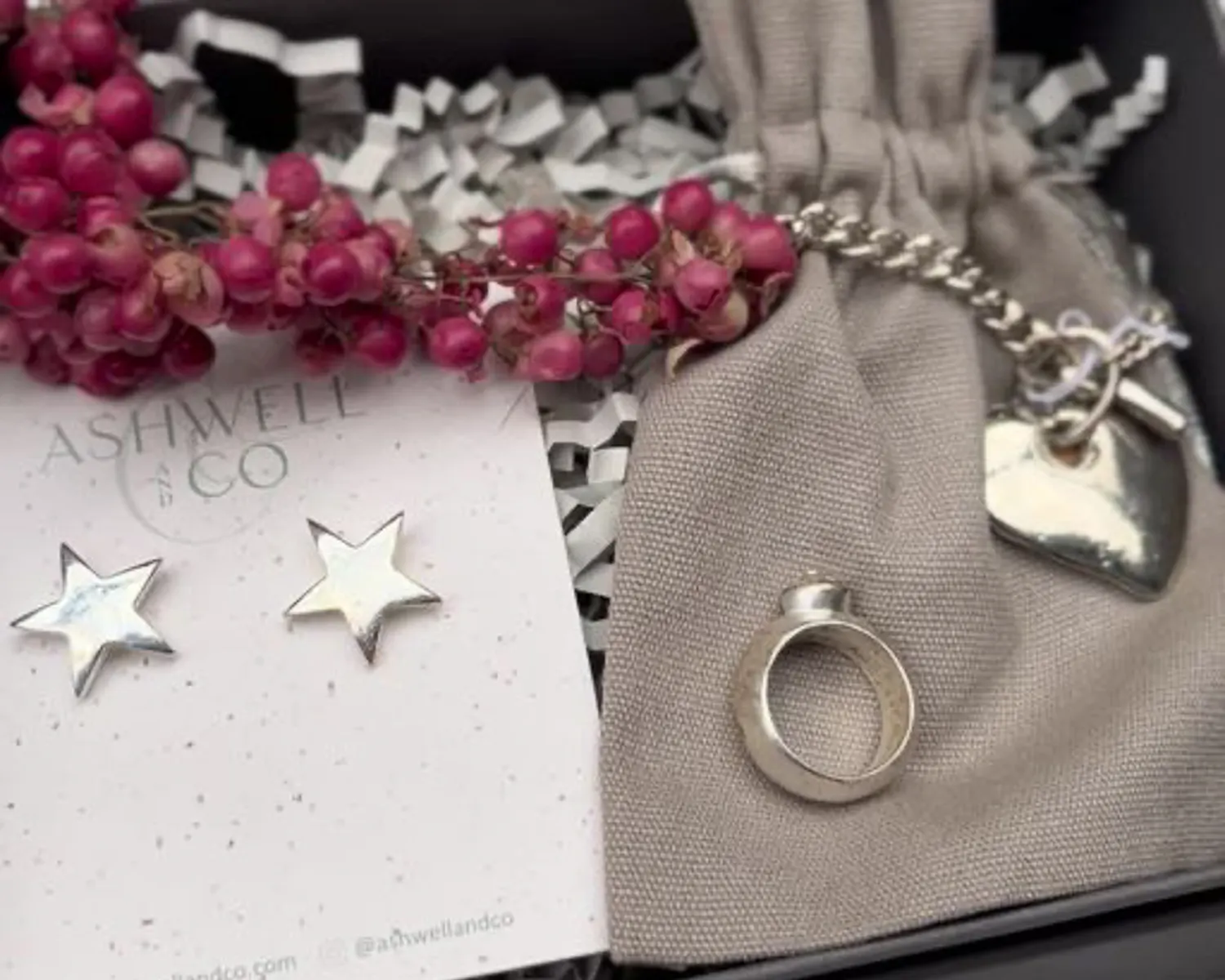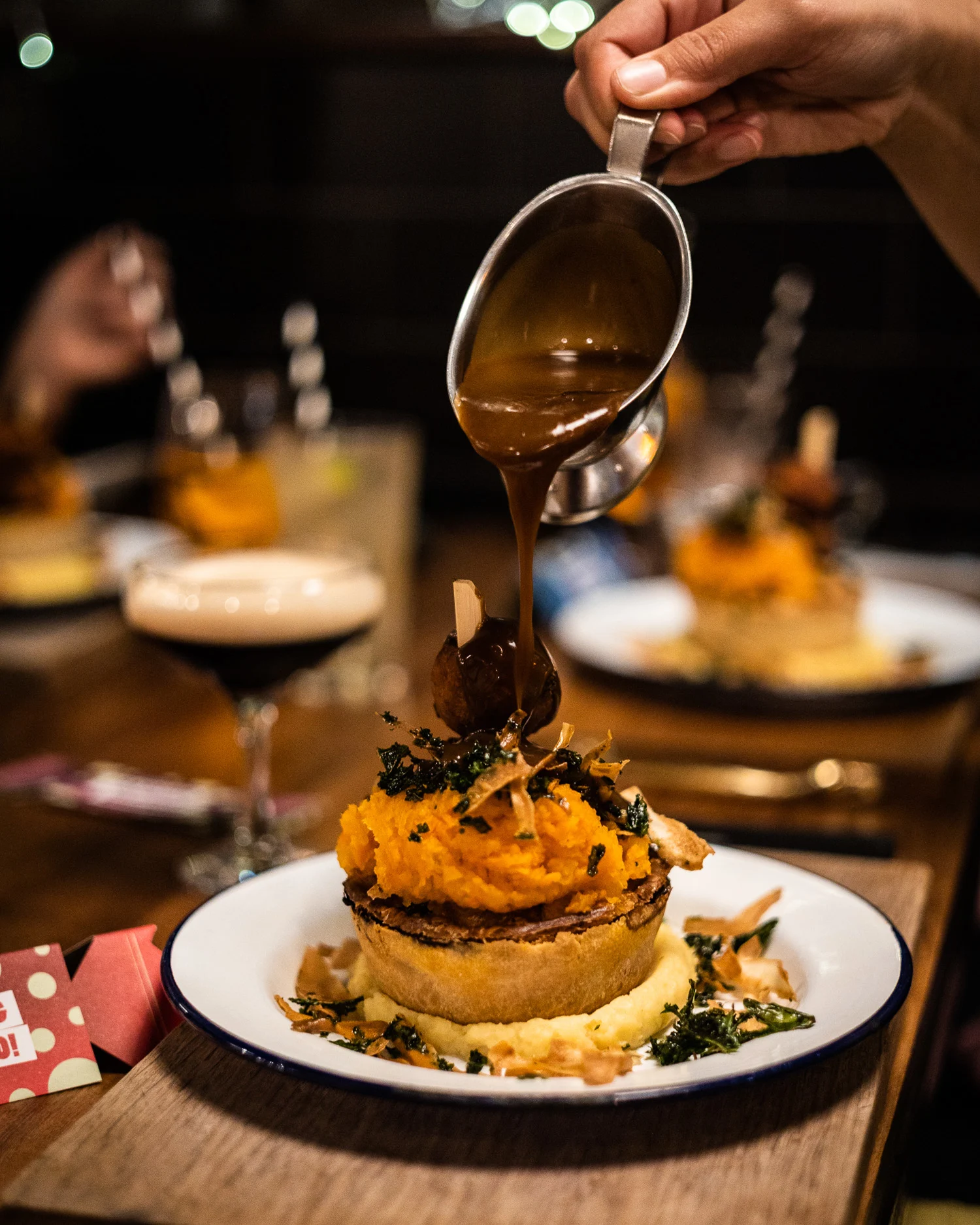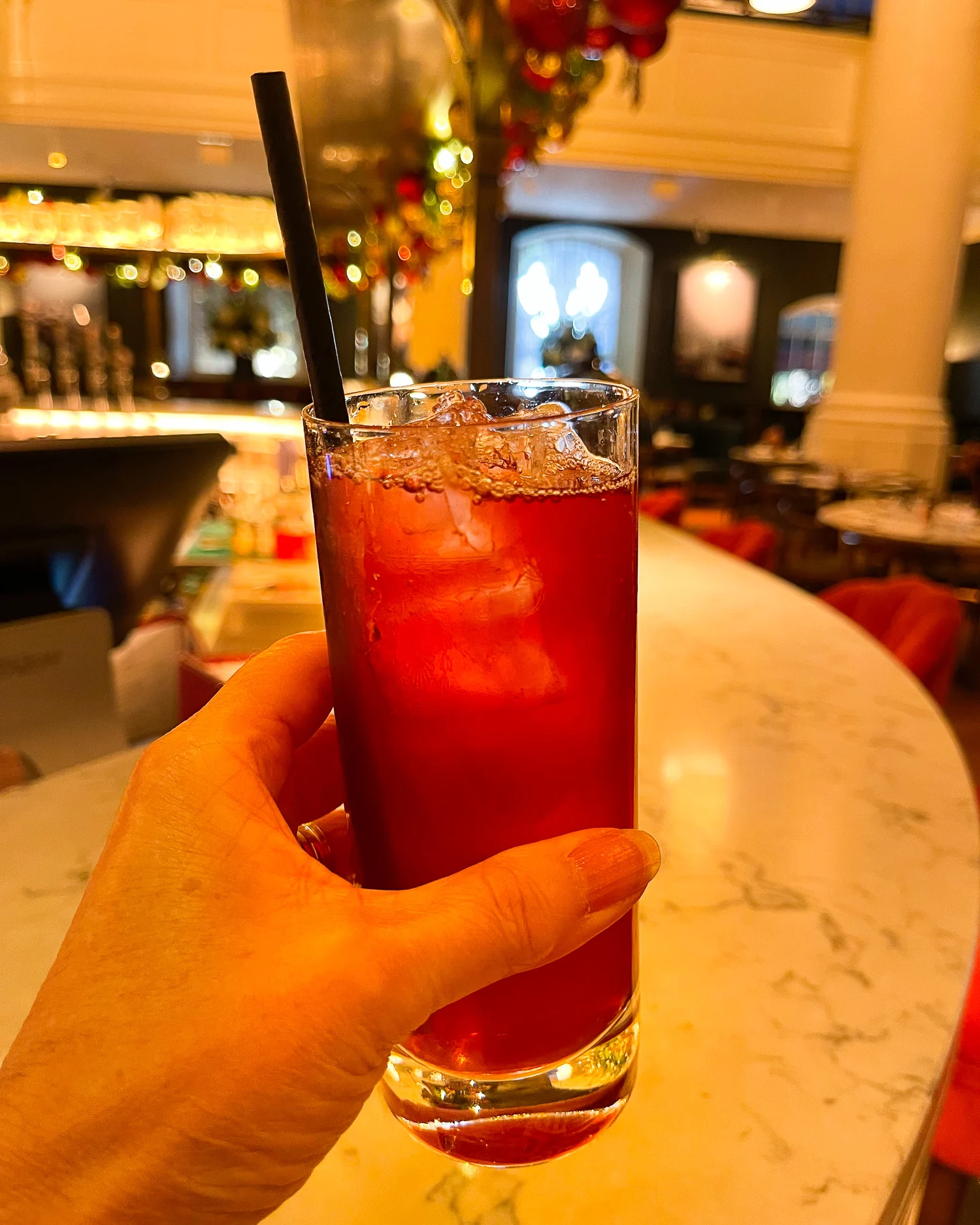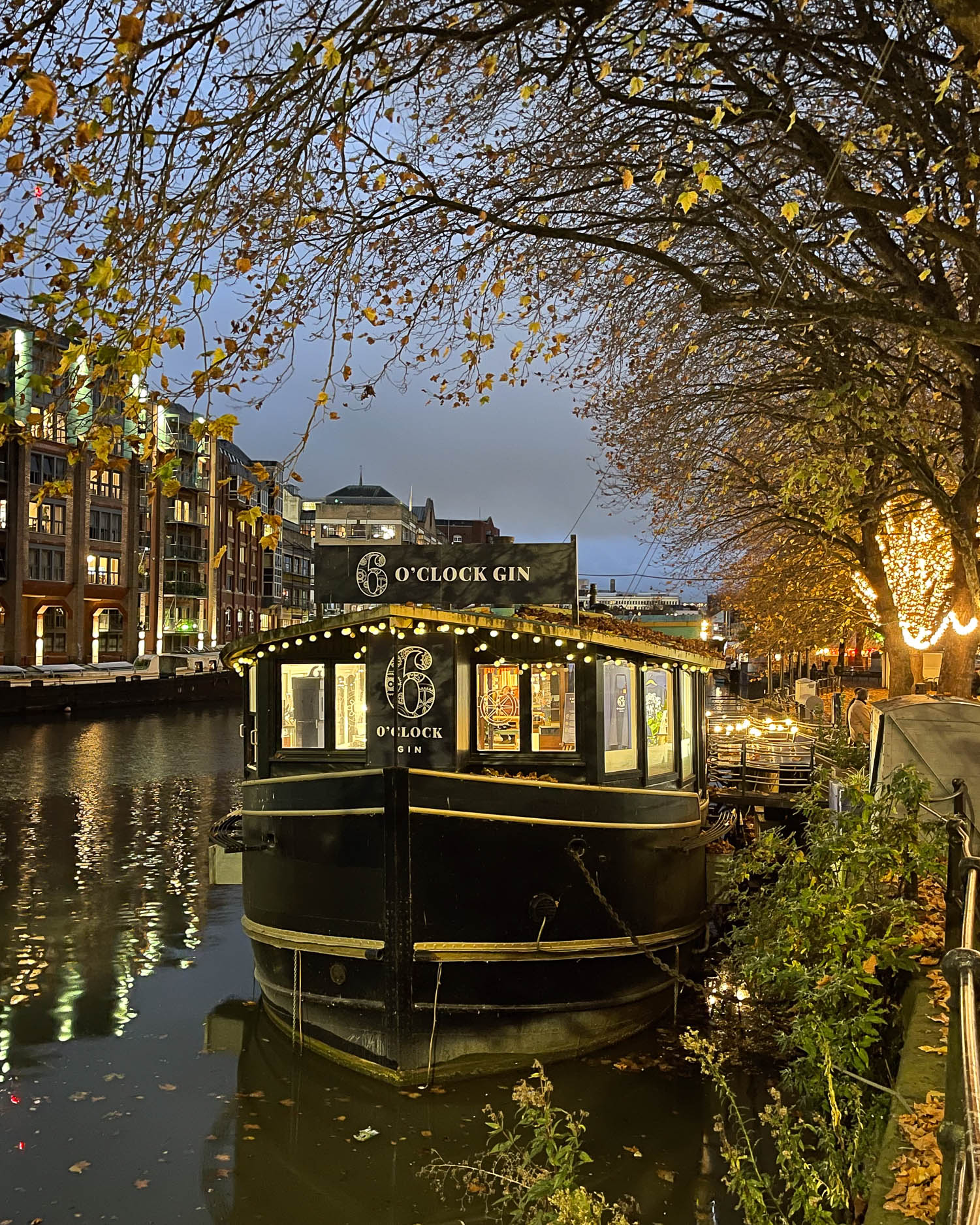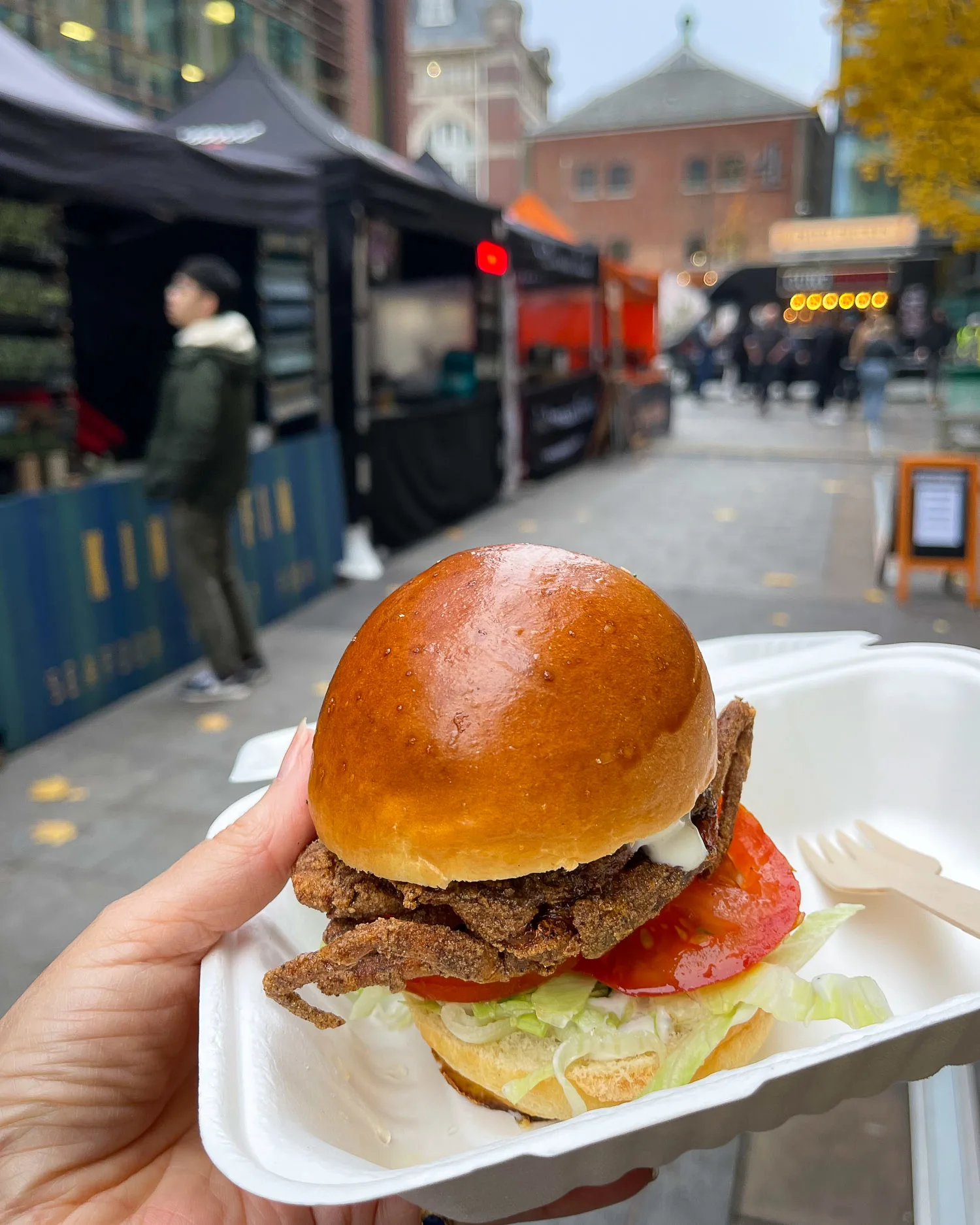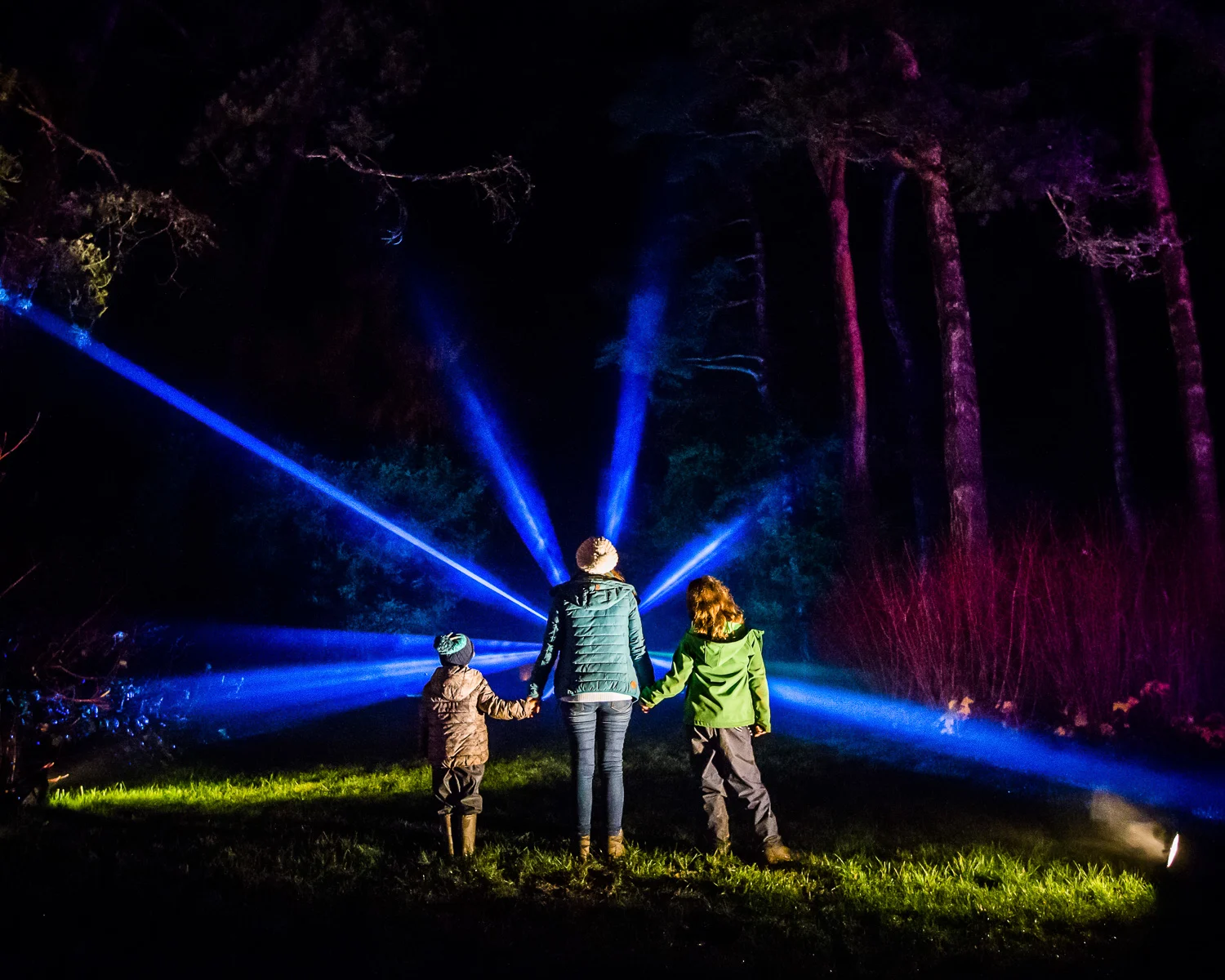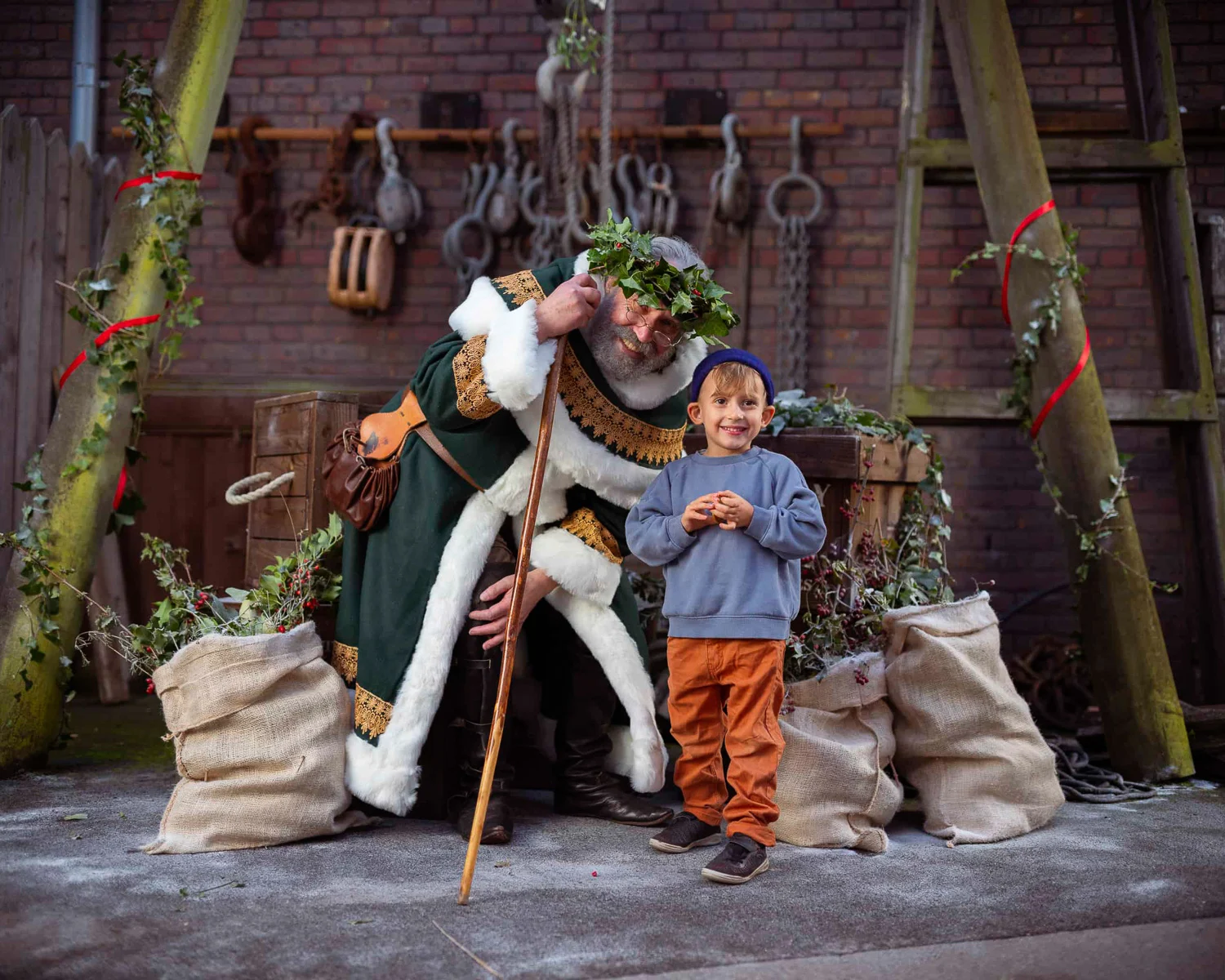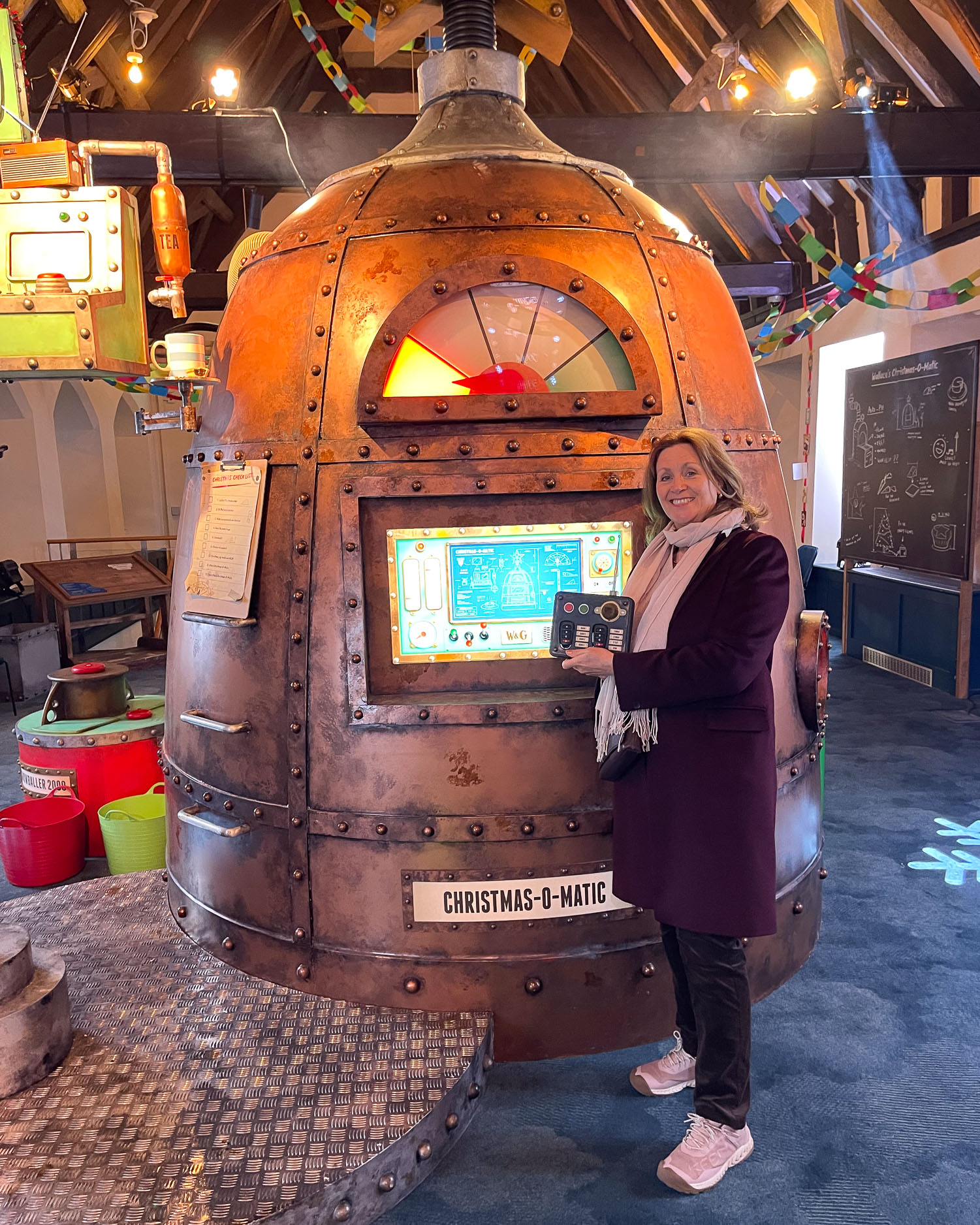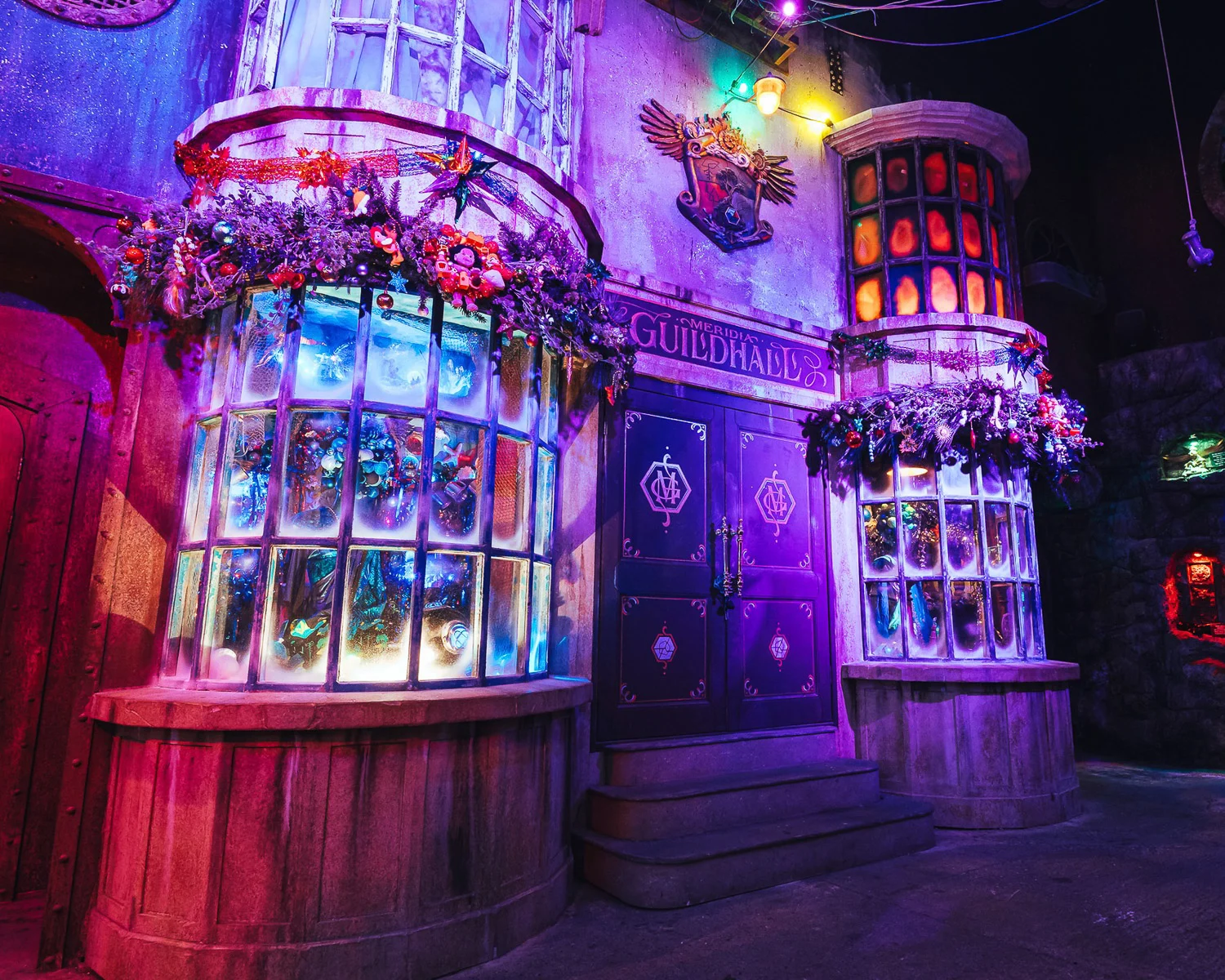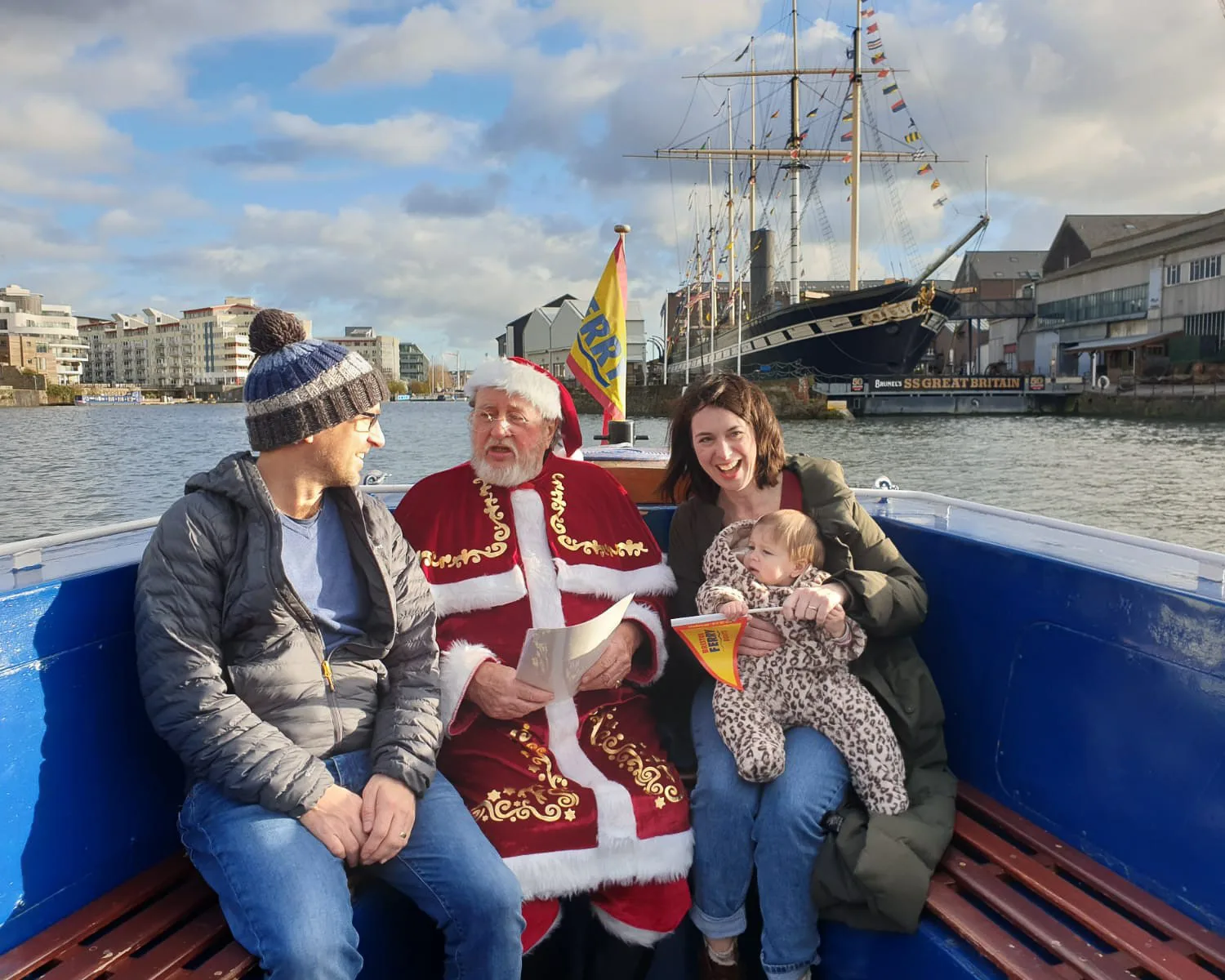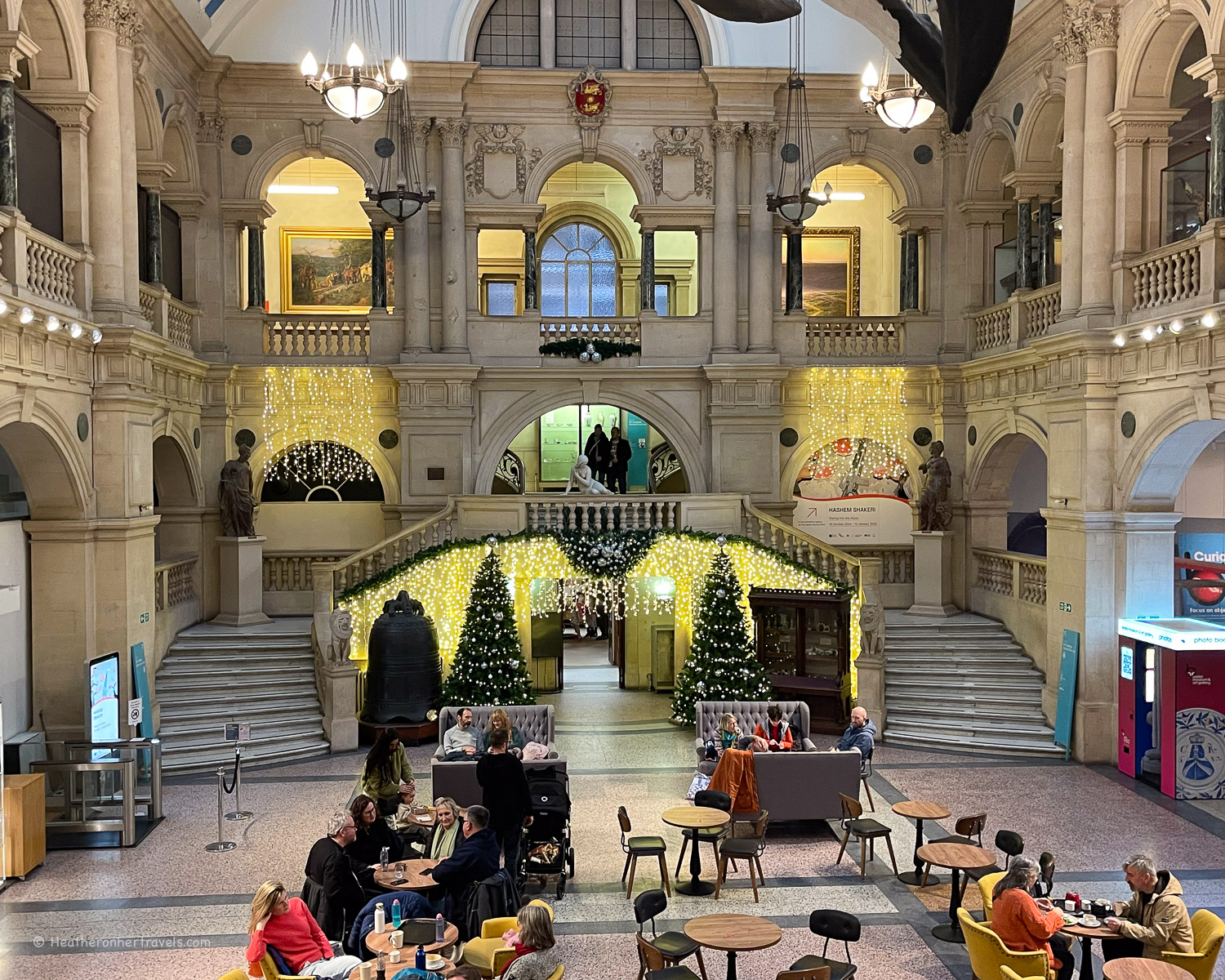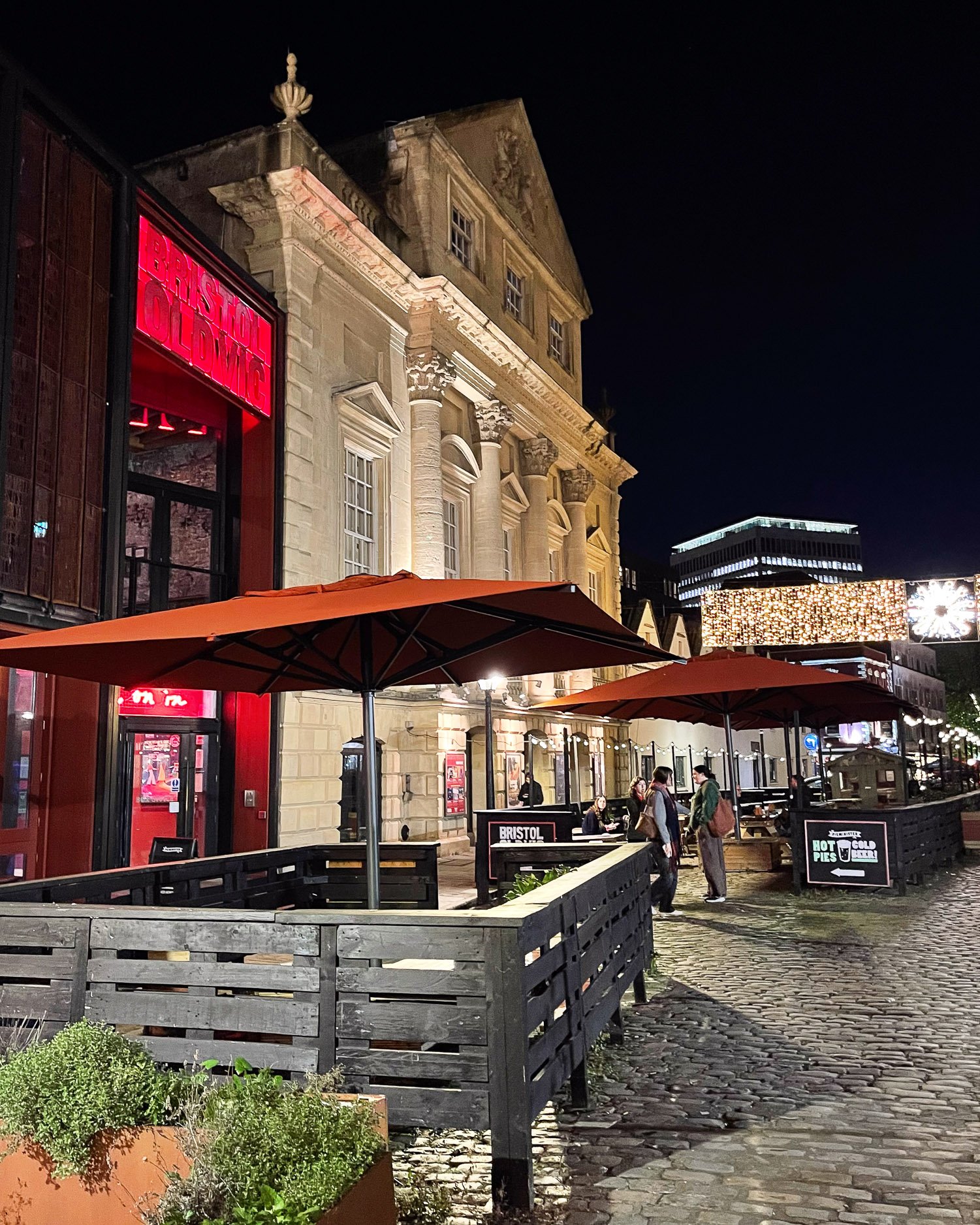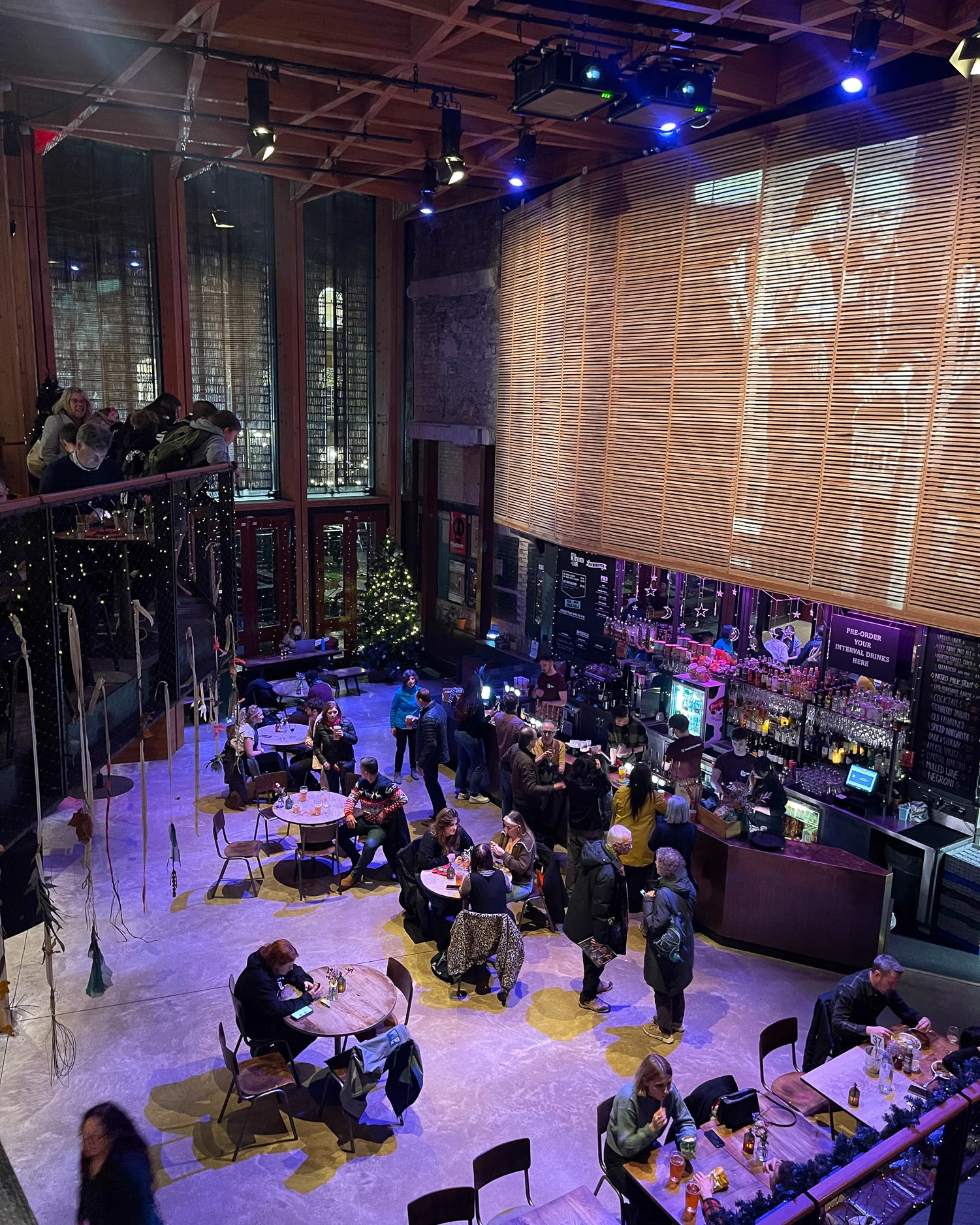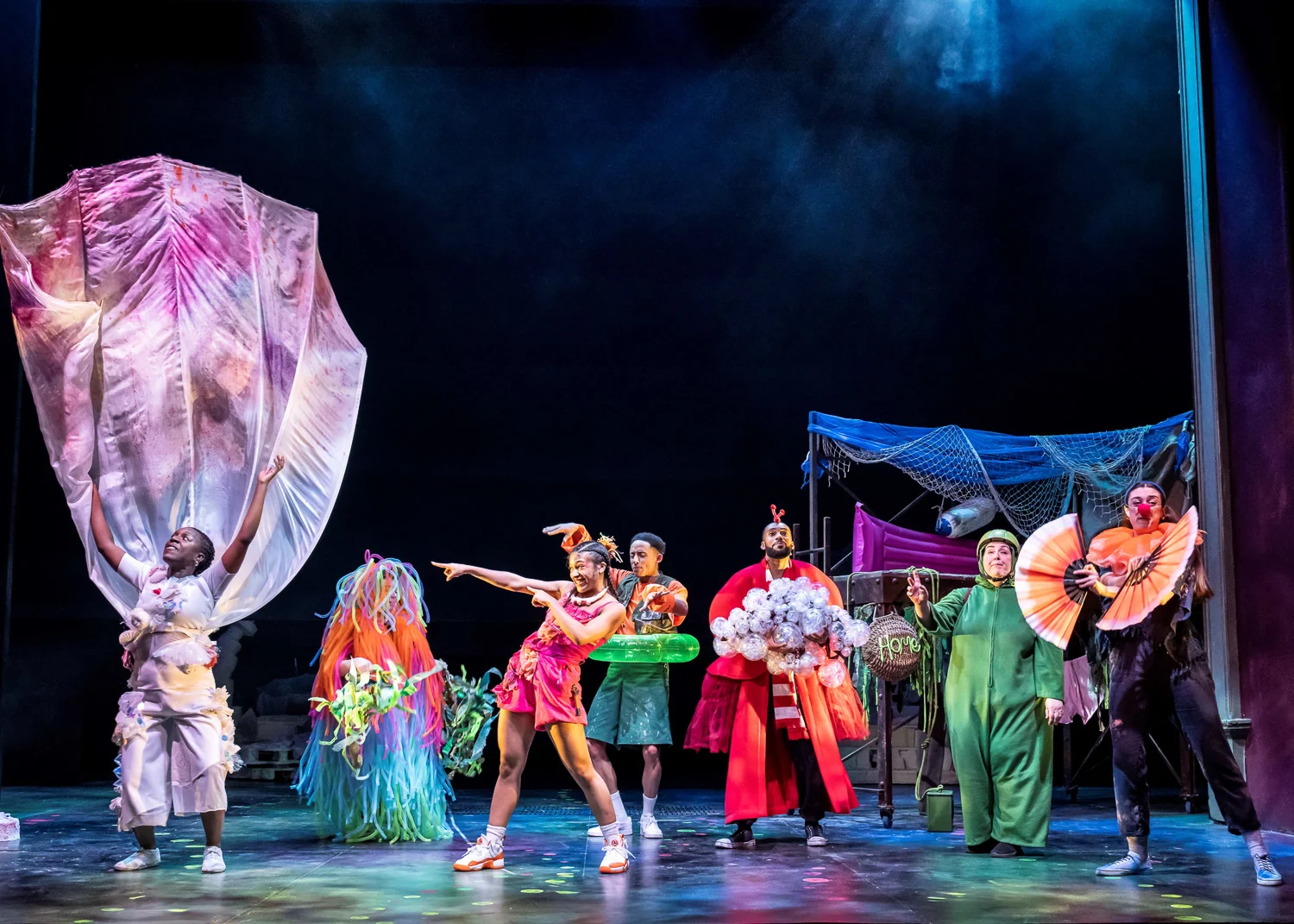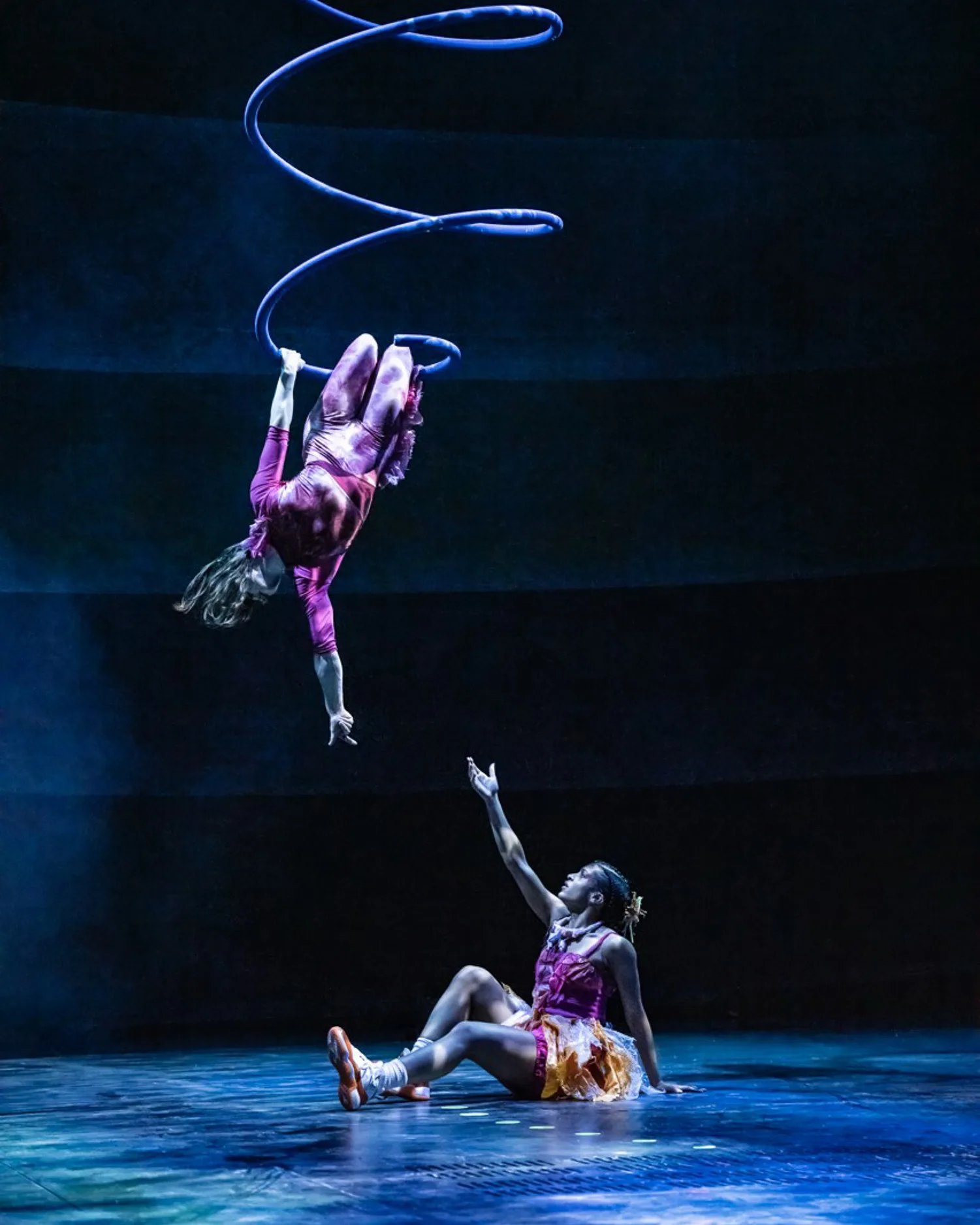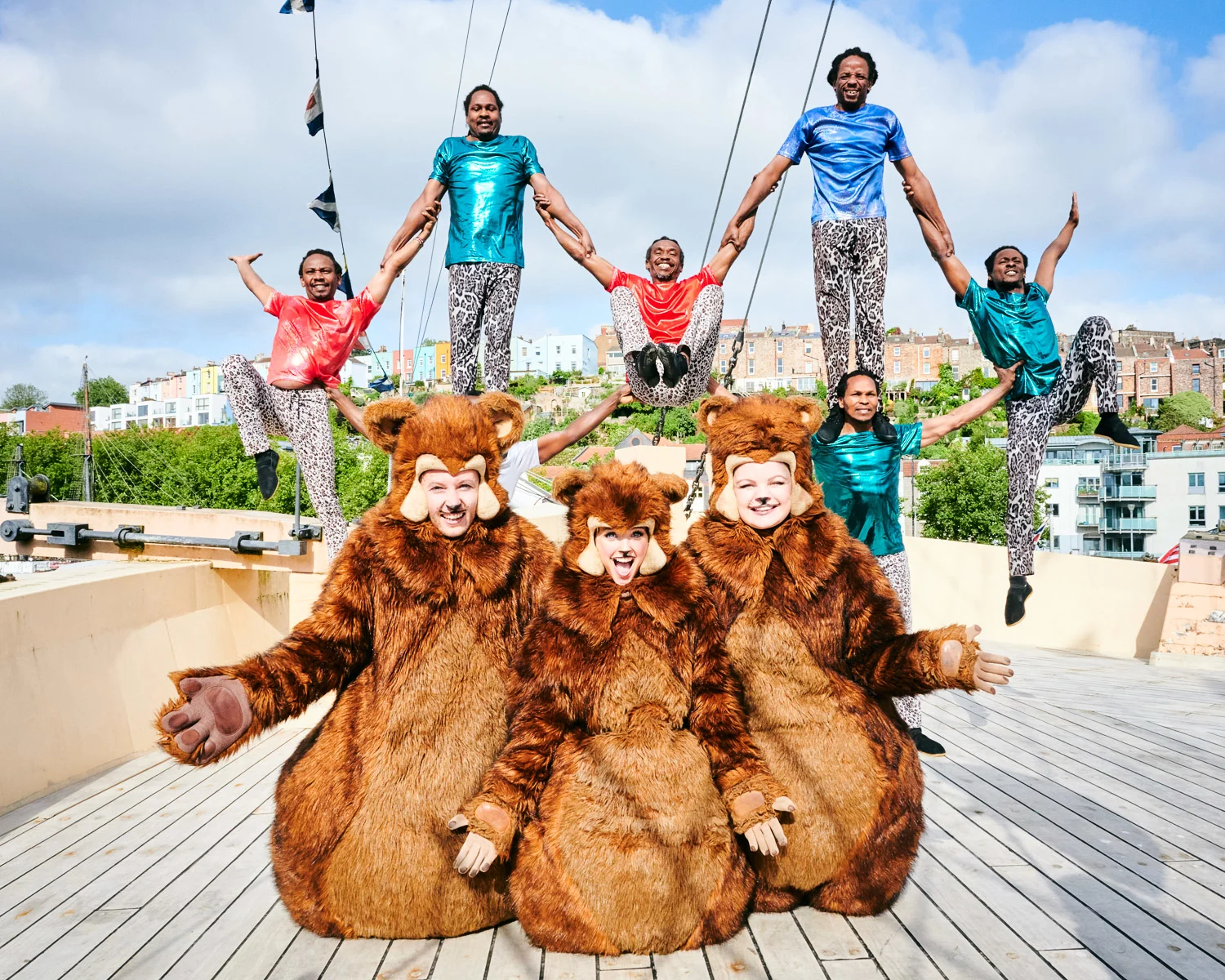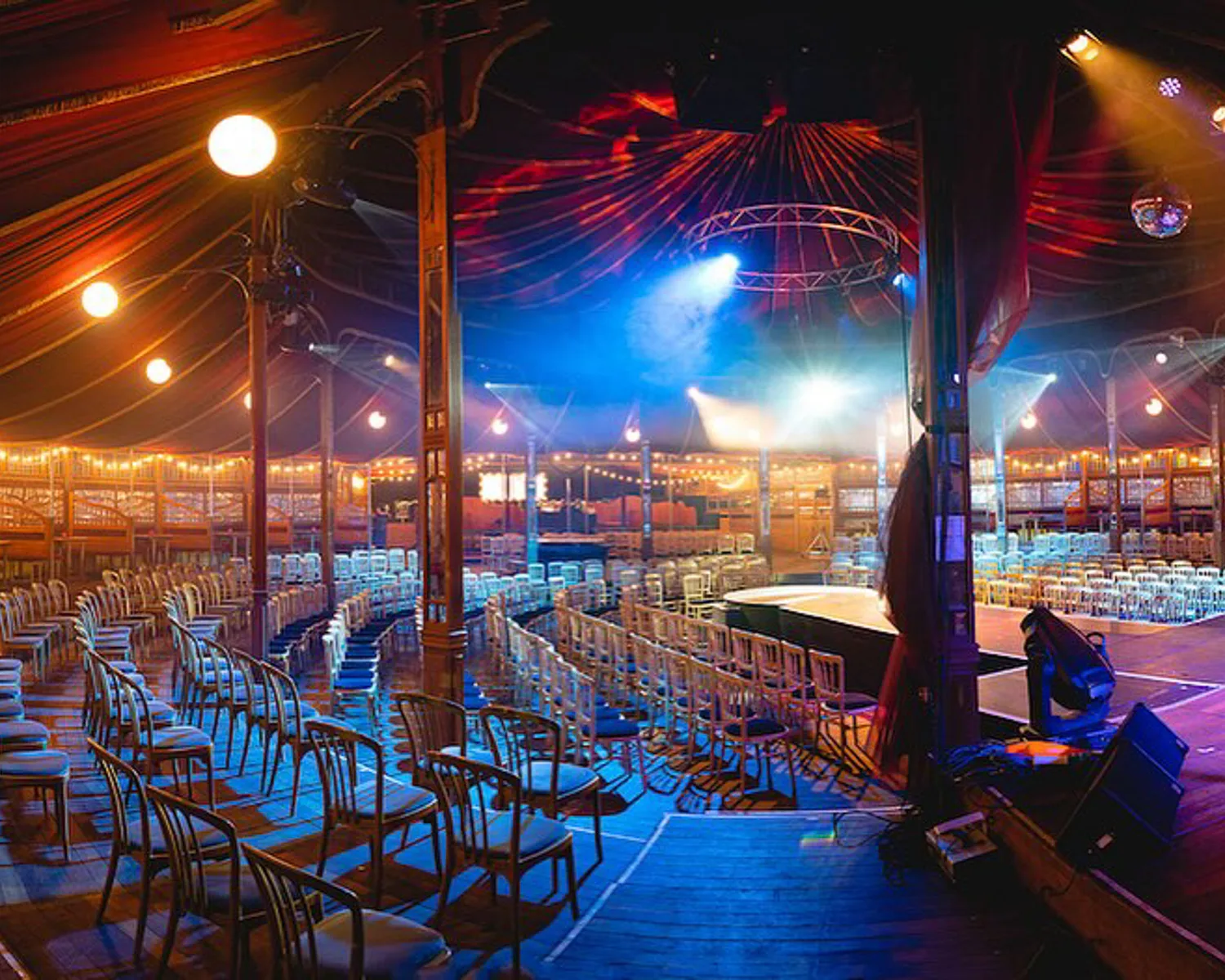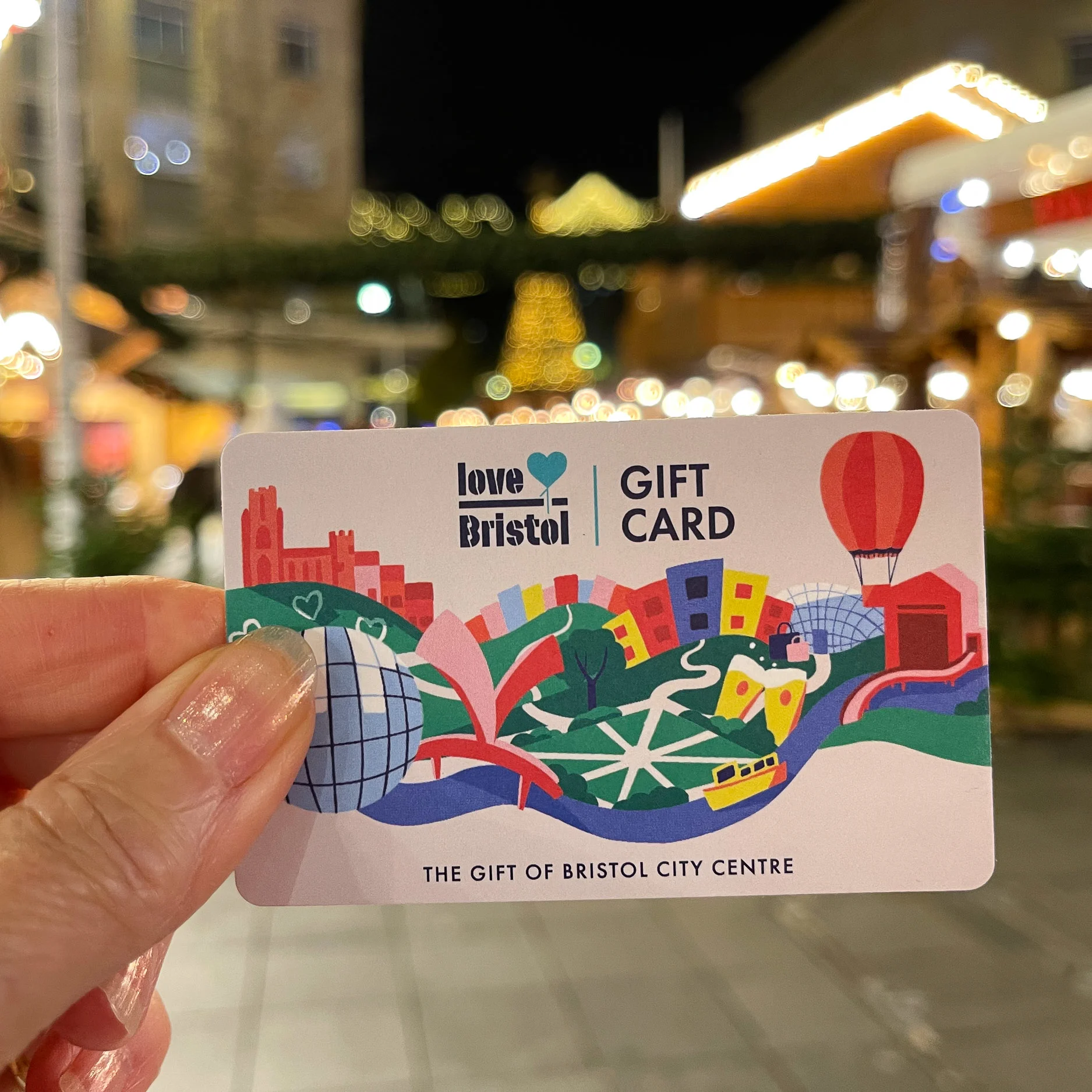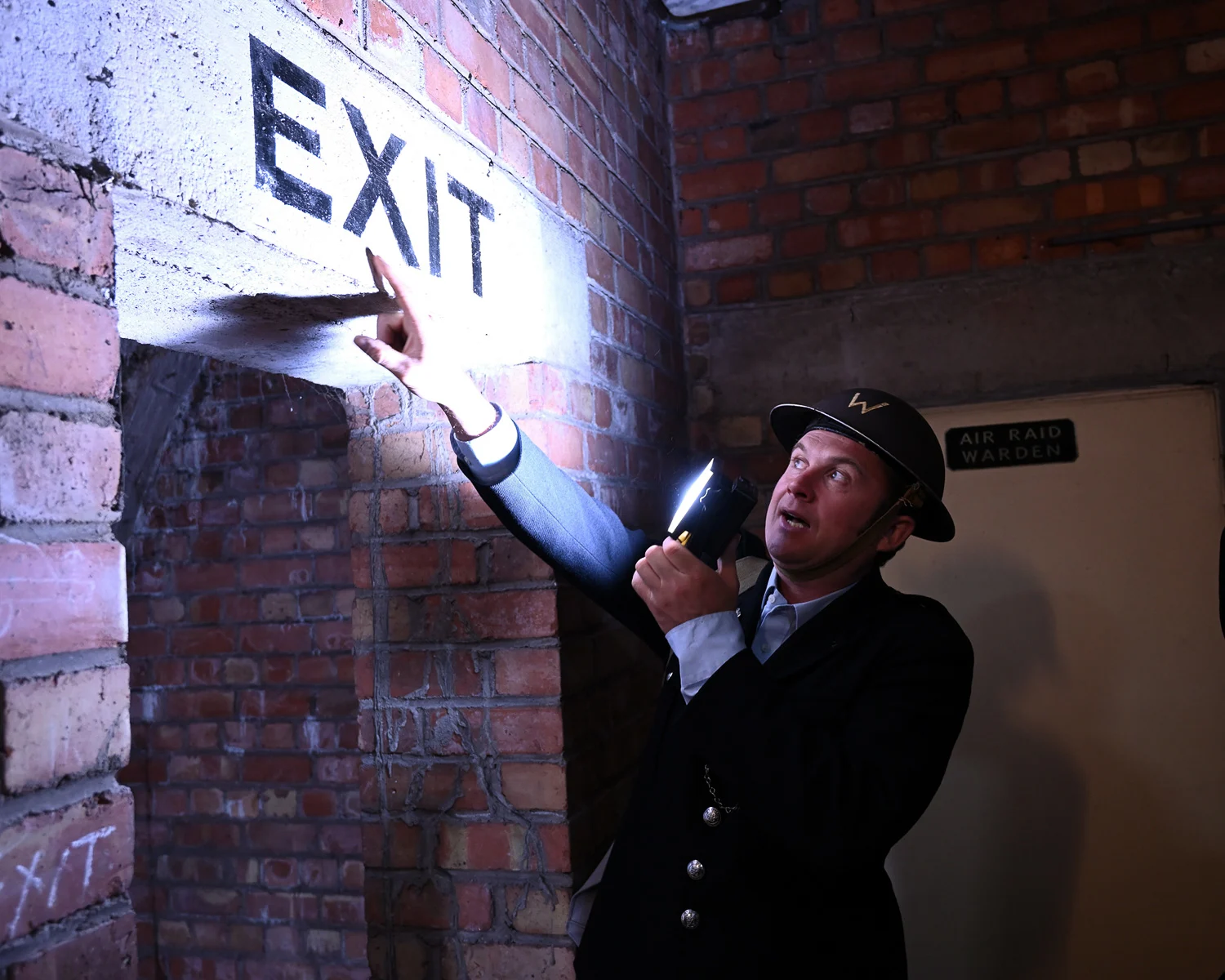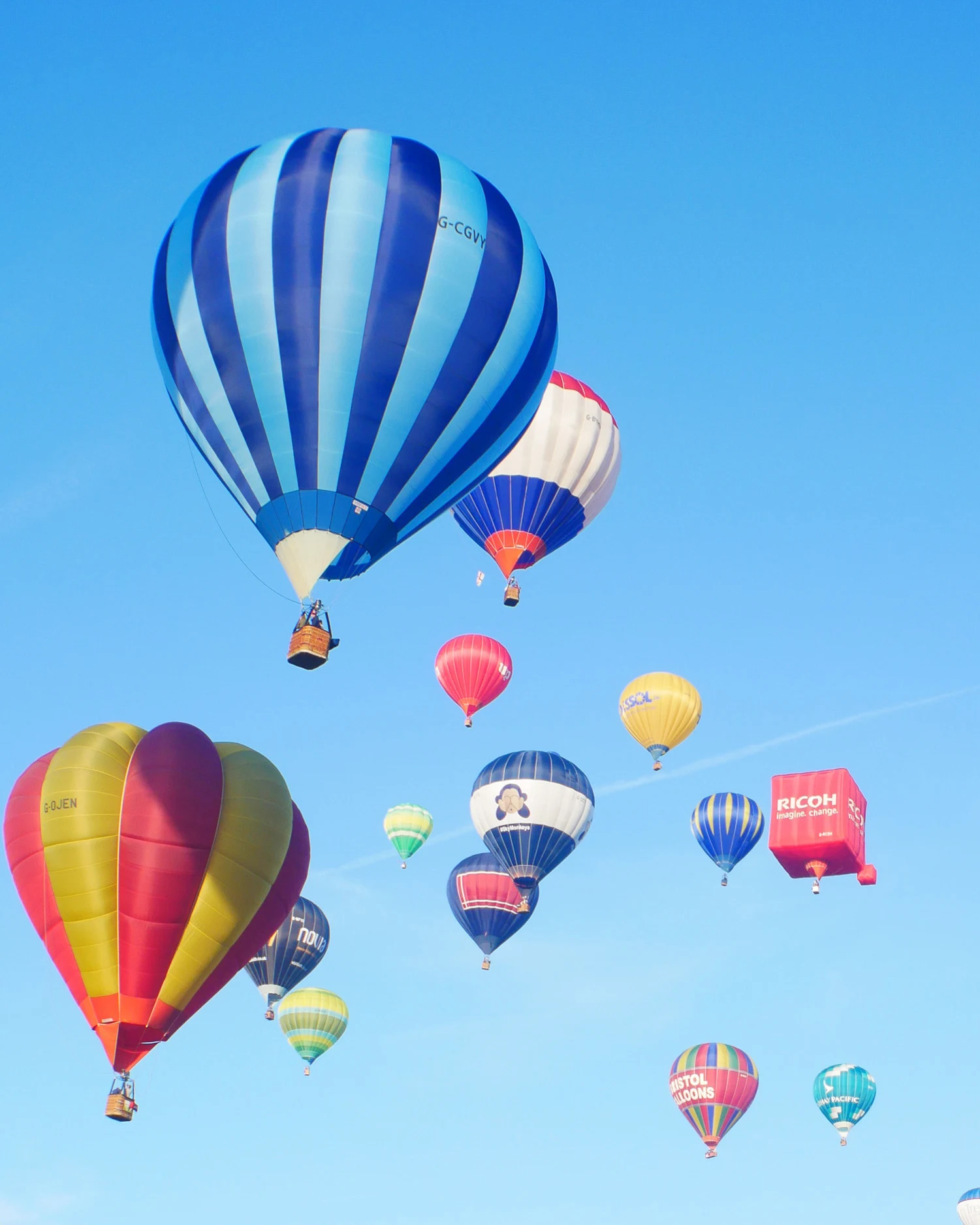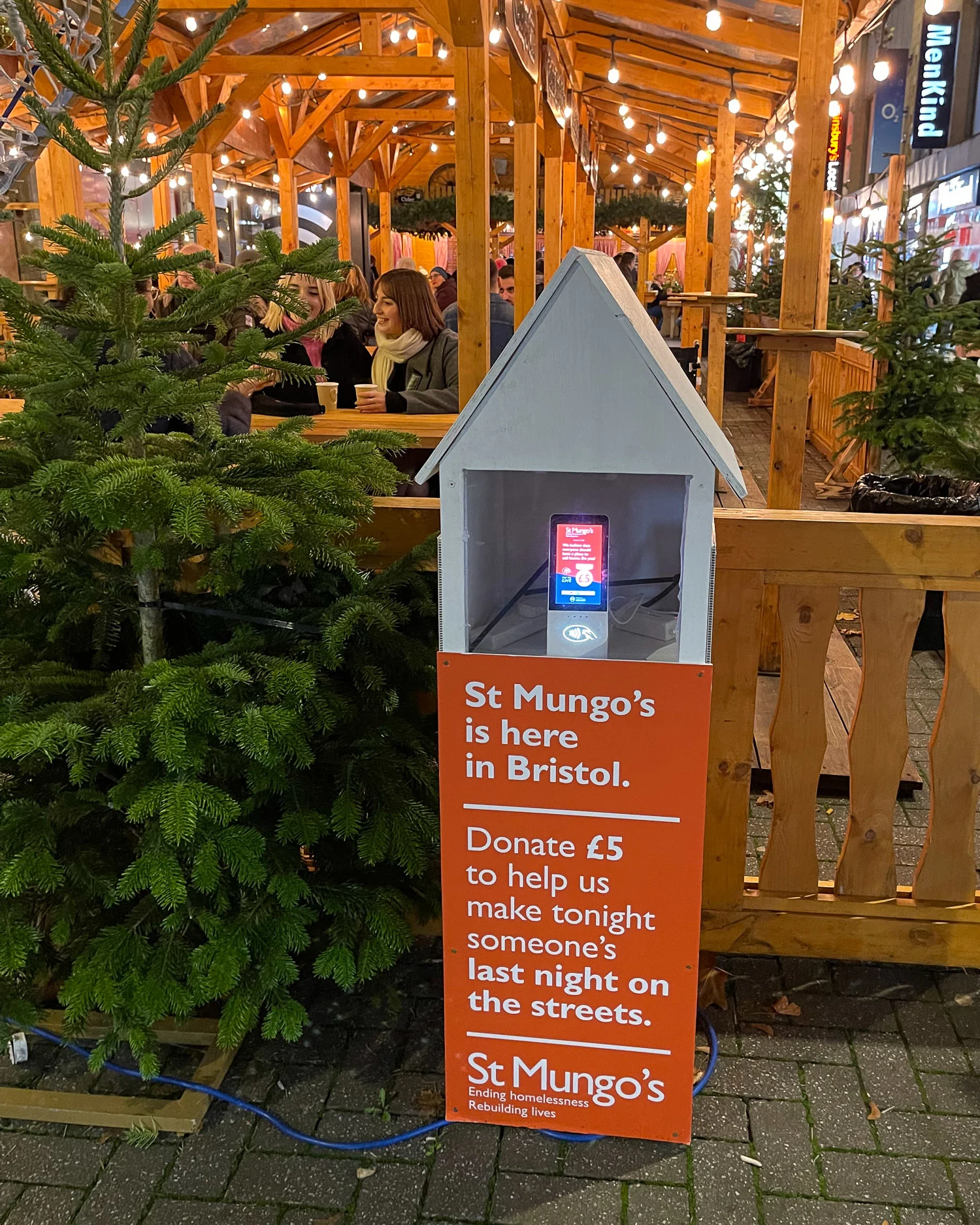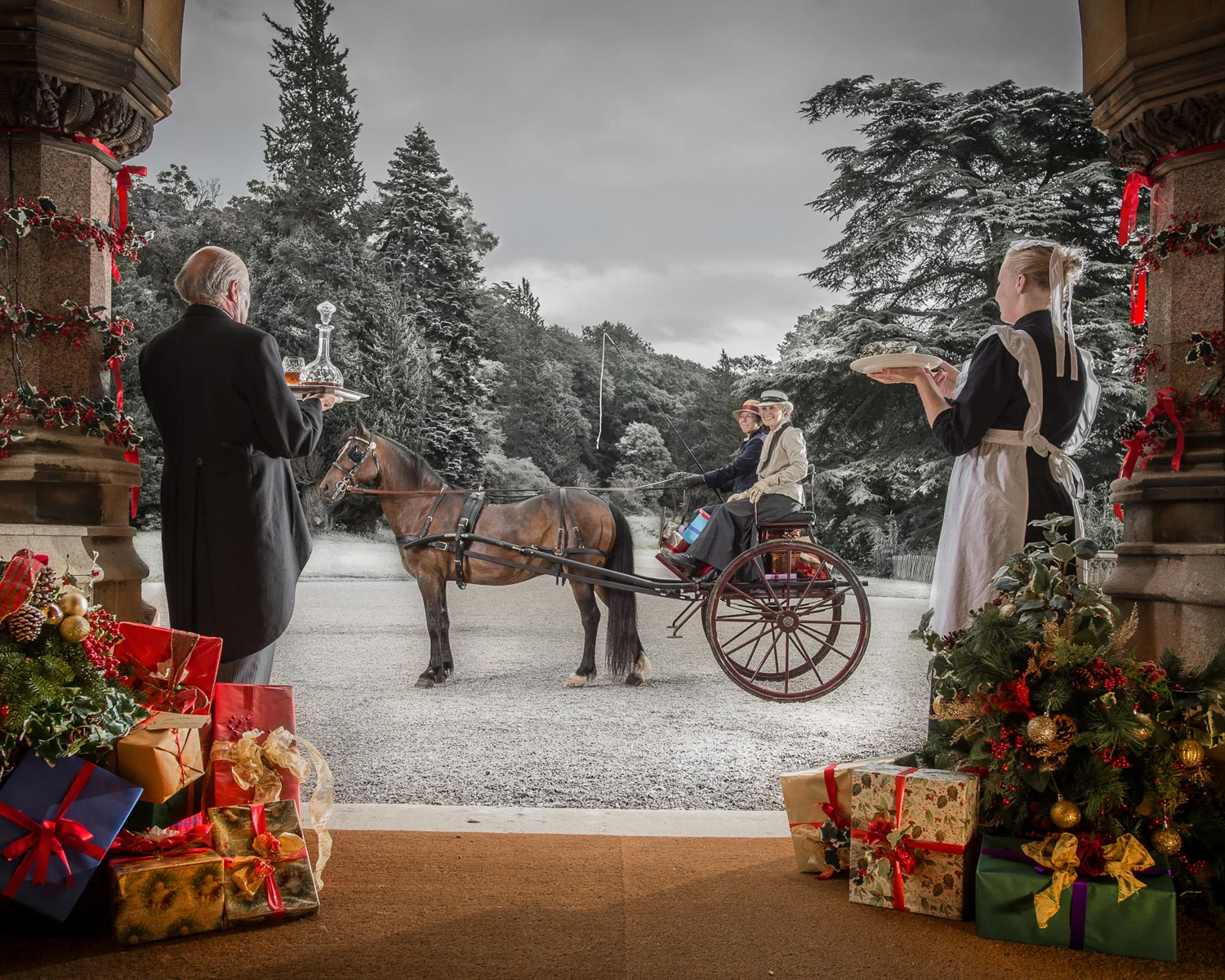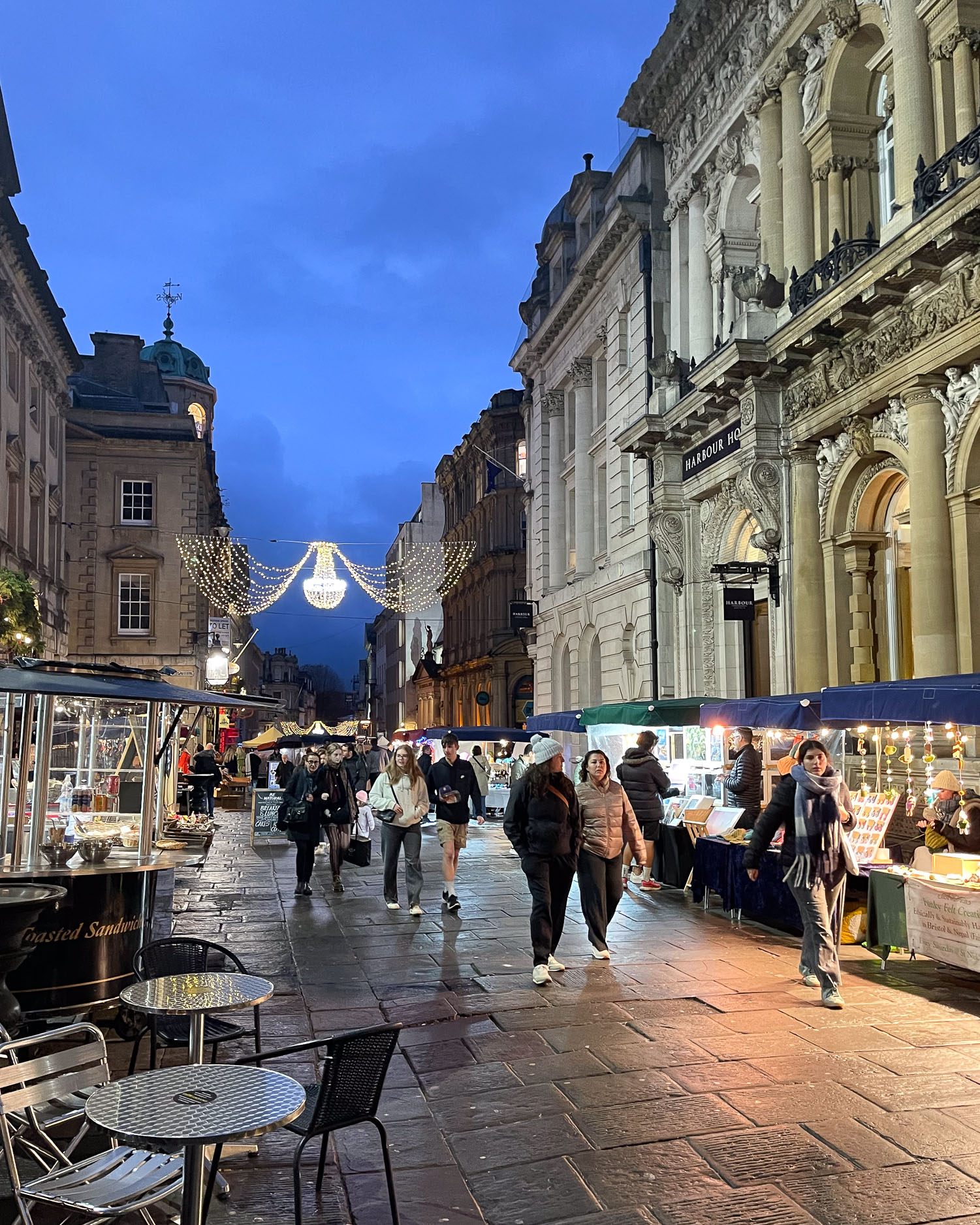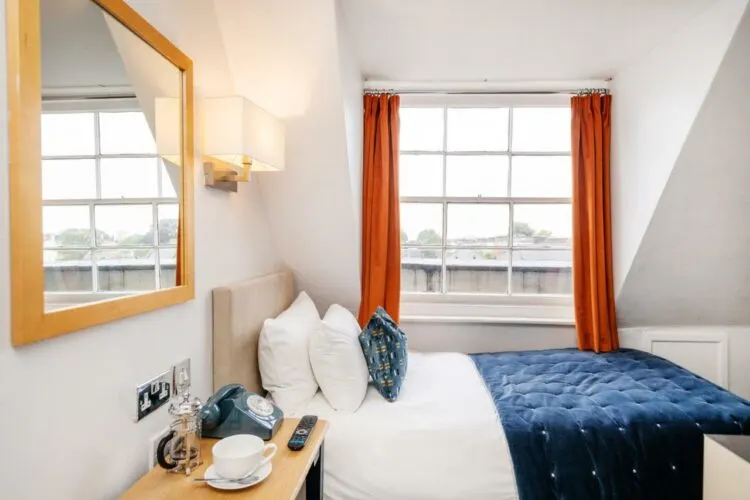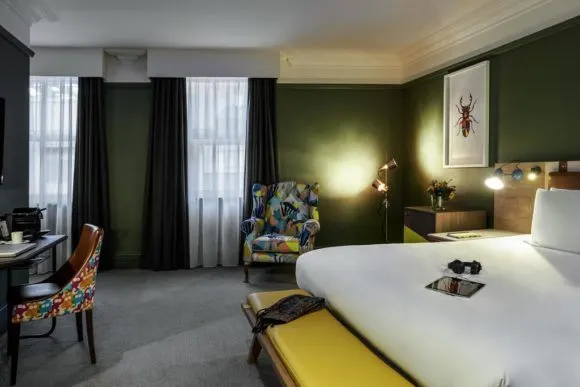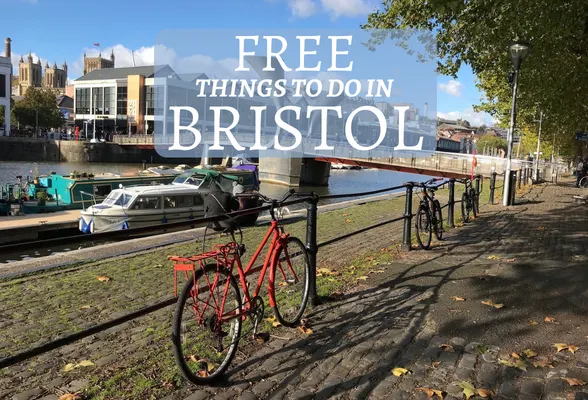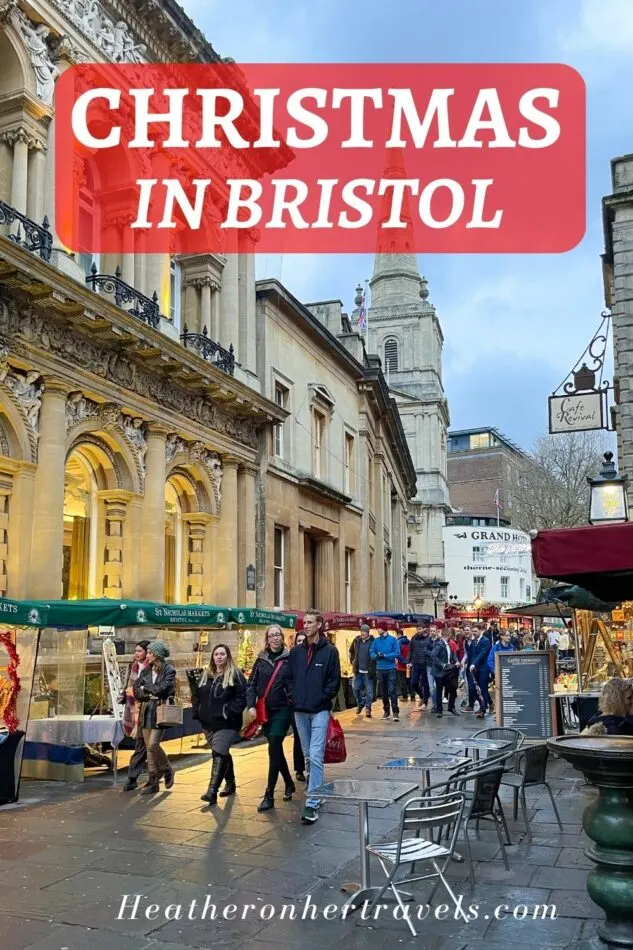From the sun-drenched streets of Perth to the dramatic landscapes of Kalbarri National Park, these are the best places to visit in Western Australia.
If you’re craving wide open spaces, jaw-dropping natural beauty, and the kind of road trip where you might go hours without seeing another soul, Western Australia should be on your bucket list!
As the country’s largest state, Western Australia (WA) takes up Australia’s entire western third. It spans nearly one-third of the continent’s total landmass, yet it’s home to only a small portion of the population.
While Australia’s East Coast often steals the spotlight with big-name cities and bustling beach towns, those who venture west are rewarded with a different experience.
Travelling to WA means discovering many untouched wilderness areas and fewer crowds, even at some of the most incredible spots!
Western Australia is where red deserts meet turquoise seas, where you can swim with whale sharks, hike through deep gorges, and kick back on some of the most pristine beaches on Earth, all without the hustle and bustle of the East Coast!
WA is the ultimate off-the-beaten-path destination, perfect for nature lovers, road trippers, and anyone who wants to discover a hidden part of the country.
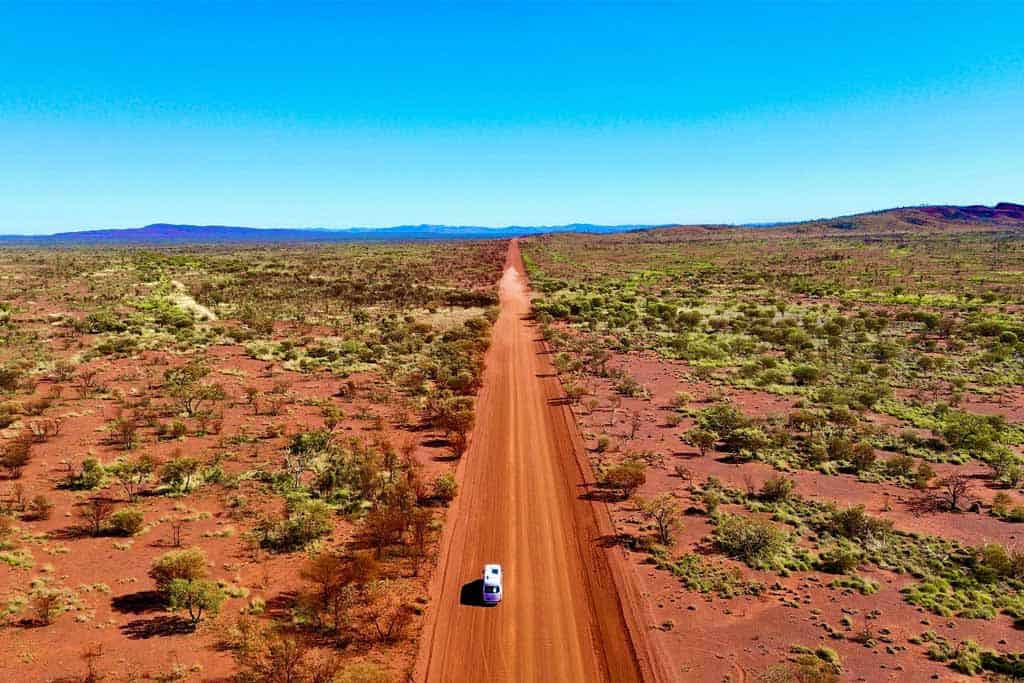
25 Must-See Places To Visit In Western Australia
No matter which corner of Western Australia you plan to explore, you’re in for a treat!
Not sure where to begin? These 25 places to visit in Western Australia are the perfect starting point for planning an unforgettable adventure here.
The best way to get around is to rent a car and explore on your own! We recommend Rental Cars, which has the largest range of vehicles for the best value on the market.
1. Perth
Start your Western Australia adventure in the vibrant capital of Perth, where sunshine, surf, and good vibes set the tone for your road trip ahead.
Home to stunning beaches like Cottesloe and Scarborough, Perth is the perfect place to unwind and ease into holiday mode.
Spend a lazy morning swimming or sunbathing before grabbing a coffee from one of the city’s cool cafés.
Perth’s food and drink scene is impressive, with rooftop bars, trendy wine spots, and casual restaurants that showcase the best of WA’s delicious local produce.
Plan your stay with our detailed 5 Day Perth Itinerary!
2. Kings Park
For some of the most breathtaking views of Perth, head straight to Kings Park.
Perched on Mount Eliza just west of the city, this 400-hectare green space overlooks the Swan River, looking out to panoramic vistas of the Perth skyline and the distant Darling Ranges.
Lay out a picnic on the grassy lawns or stroll the Lotterywest Federation Walkway.
You’ll also find a maze of walking trails weaving through native bushland that makes up two-thirds of the park. The remaining third features playgrounds, open spaces, and the stunning Western Australia Botanic Garden, bursting with native blooms.
If you visit between late August and October, you’ll be treated to a wildflower wonderland, think everlastings, kangaroo paws, and bright WA acacias. All just a stone’s throw from the sparkling Swan River!
3. Rottnest Island
After a relaxing few days in Perth, it’s time to hit the road and take a day trip to Rottnest Island, a must-see destination famous for its adorable quokkas.
While these cheeky little creatures might steal the spotlight, the island offers far more than just the perfect selfie with its furry residents.
One of the best ways to explore Rottnest Island is on two wheels! Rent a bike from Pedal & Flipper, conveniently located near the ferry terminal, and enjoy the freedom to discover the island’s natural beauty at your own pace.
Hop between the island’s pristine beaches or cruise along the scenic coastline. If you’re into snorkelling, The Basin is a top spot to explore the underwater world, while Pinky Beach is the perfect place to kick back and soak up the sun.
No wheels? No problem! You can easily book a Rottnest Island Full-Day Bike and Ferry Trip from Perth.
4. Margaret River
Margaret River is another favourite local getaway in Western Australia for good reasons. Nestled in the heart of WA’s stunning South West, this charming region is a treasure trove of experiences.
From award-winning wineries and top-notch dining to world-class surf breaks, pristine beaches, and tranquil forests, Margaret River has plenty to keep you occupied.
Explore local organic farms, try your hand at glass-making workshops, or visit Australia’s largest collection of birds of prey.
And for wine enthusiasts, the famous vineyards of the Margaret River region are a must-visit. Treat yourself to a day of tasting world-class wines with a gourmet lunch on this Margaret River Wine Tour.
5. Ningaloo Reef Marine Park
Don’t forget to stop by the stunning Ningaloo Reef Marine Park when you visit Western Australia.
Stretching over 300km from Carnarvon’s Red Bluff to Exmouth Gulf’s Bundegi Beach, this UNESCO World Heritage-listed reef is the world’s largest fringing reef system, and much of it is accessible just off the mainland.
The Ningaloo Reef Marine Park is renowned for its incredible biodiversity, including the world’s biggest fish, the whale shark.
Hundreds of these gentle giants visit the reef annually, with the best chances of spotting them from mid-March through late July.
But the whale sharks aren’t the only visitors. Manta rays, turtles, and humpback whales also frequent the waters of Ningaloo, so you might get lucky and encounter them during your whale watching adventures.
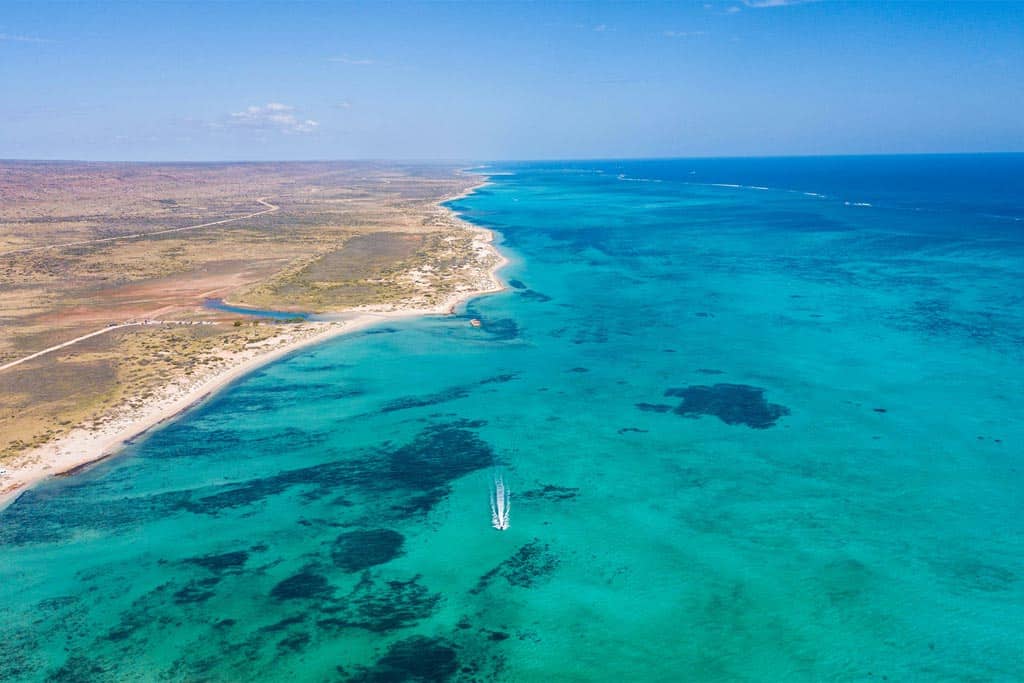
6. Broome
Nestled along the Indian Ocean, Broome is famous for its iconic Cable Beach, a breathtaking 22-km stretch of powdery white sand and sparkling turquoise waters. While it’s a paradise for swimmers, it’s perhaps best known for its unforgettable sunset camel rides!
But Broome isn’t just about its beaches – it also boasts dramatic landscapes and a rich pearl-diving history, making it an interesting place to explore in Western Australia.
As the western gateway to the Kimberley wilderness, Broome offers a range of experiences that showcase the beauty of the Indian Ocean.
Cruise along its turquoise waters, marvel at the red ochre cliffs, and embark on a camel ride at sunset.
For a truly breathtaking perspective, take to the skies on a scenic flight over Broome and the Kimberley coast. One of the best options is the Buccaneer Explorer Half-Day Scenic Flight, which flies over the Buccaneer Archipelago, Horizontal Falls, and Cape Leveque.
Try our epic Perth to Broome road trip itinerary!
7. Karijini National Park
Karijini National Park is a desert oasis located 1,400km northeast of Perth, showcasing some of Western Australia’s most incredible landscapes.
With tranquil, fern-lined swimming holes, spectacular gorges, and deep rock chasms, it’s a place where nature’s beauty takes centre stage!
As one of WA’s most picturesque national parks, Karijini invites visitors to explore its breathtaking crevices and hidden swimming holes through its walking trails.
Are you in the mood for a hike? Popular routes like the serene Fern Pool and the stunning Hamersley Gorge’s Spa Pool are perfect. The latter, fed by a small waterfall and encircled by curved rock, has crystal-clear water.
8. Esperance
If you want to experience a coastal paradise that still feels wonderfully untouched, Esperance is worth checking out when you visit Western Australia.
With its impossibly white beaches and rounded islands dotting the horizon, this hidden gem would likely be overwhelmed with tourists if it were closer to a major city.
Thankfully, it remains a peaceful escape, luring visitors with unique attractions you won’t find anywhere else.
Take a stroll along the Esperance foreshore, where the views of the sparkling waters are simply breathtaking. For a true Robinson Crusoe-style adventure, hop on a boat to explore Woody Island, a serene retreat with pristine beaches and wildlife.
Don’t miss Lake Hillier, famous for its vibrant pink hue, and the Lucky Bay kangaroos that love to sunbathe on the beach!
Also be sure to visit Twilight Beach, just 8 kilometres west of the town. This stunning beach is celebrated for its crystal-clear turquoise waters, soft white sands, and striking granite rock formations. Known for its gentle surf, Twilight Beach is a safe and inviting destination, especially during summer when it’s patrolled for added safety.
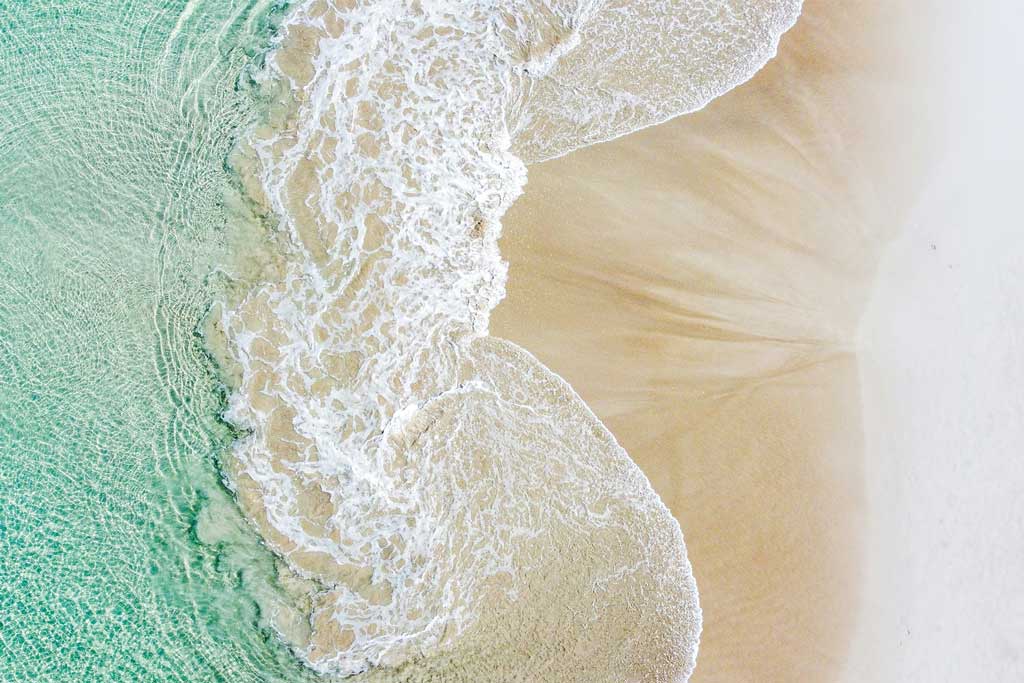
9. Fremantle
Fremantle is hands down one of the coolest places to visit in Western Australia. Just a short drive or train ride from Perth, this laid-back port city is full of character and charm.
Wander through its historic streets of well-preserved 19th-century buildings, then pop into quirky boutiques, indie art galleries, and bustling weekend markets selling delicious local produce.
Fremantle’s got an incredible food and drink scene, too. You’ll find hip cafes, old-school pubs, and craft breweries.
History buffs should explore the eerie Fremantle Prison, a UNESCO World Heritage Site, while beach lovers can unwind at South Beach or Bathers Beach.
Try these day trips from Perth if you want more cool places near the city.
10. Busselton Jetty
Don’t miss Busselton, a vibrant coastal town just 30 minutes from Margaret River and 45 minutes south of Bunbury. It’s home to one of the region’s most iconic tourist attractions: the Busselton Jetty.
Stretching 1.841 km into the calm waters of Geographe Bay, the Busselton jetty is the longest timber-piled jetty in the Southern Hemisphere.
One of the best ways to experience the jetty? Hop aboard the 90-seat electric jetty train that glides over the Indian Ocean and takes you straight to the Busselton Underwater Observatory, one of the world’s only six natural underwater observatories.
If you’re keen on underwater adventures, try this guided snorkel tour at the Busselton Jetty. After a quick and scenic boat ride, you’ll dive into the clear waters to swim alongside vibrant schools of fish and explore a trail of fascinating underwater sculptures!
11. The Pinnacles
Drive to Nambung National Park, just 190km north of Perth, near the coastal town of Cervantes. Visiting this place feels like stepping onto another planet.
As one of the most surreal national parks in Western Australia, it is home to the otherworldly Pinnacles Desert, a vast expanse of golden sand scattered with thousands of limestone pillars.
These natural formations, known as The Pinnacles, were formed 25,000 to 30,000 years ago from ancient seashell deposits, then shaped by centuries of wind and sand erosion.
Some rise to 3.5 metres tall, sharp and jagged, while others are smoother and dome-like.
You can walk or drive the loop through the desert to get up close to these formations. Visit at sunrise or sunset to get the best lighting for photos.
12. Kalbarri National Park
Known for its jaw-dropping red cliffs that dramatically meet the Indian Ocean, Kalbarri National Park is one of the top attractions in Western Australia.
Thanks to the dramatic Kalbarri Skywalk, experiencing the park’s beauty has never been easier.
The cantilevered platforms stretch 25 meters over the edge of the Murchison River Gorge, giving you a dizzying and spectacular perspective of the 100-meter drop below.
For those who prefer a more thrilling way to explore, conquer the 9-kilometre Loop Walk. This Grade 4 trail hugs the gorge’s rim before descending to the riverbank and back to the park’s iconic Nature’s Window.
It’s one of the most rewarding hikes among Western Australia’s tourist attractions, but be warned: temperatures can soar to 50°C in summer!
The trail closes after 7:00 AM from November to March, so aim for spring or autumn when the weather is milder and the stunning wildflowers are in full bloom.
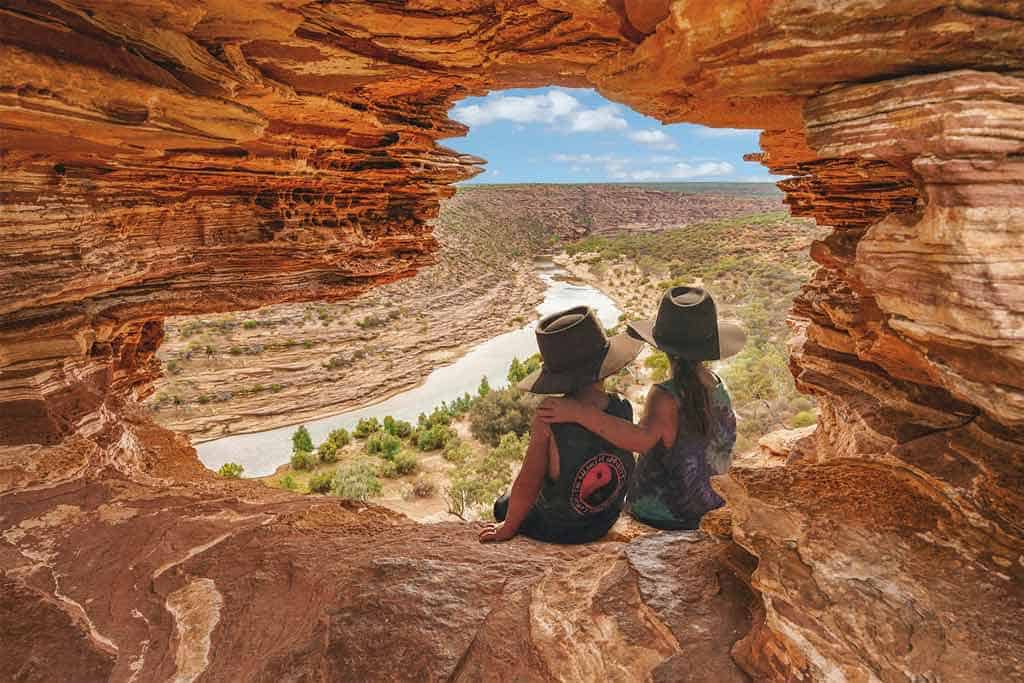
13. Shark Bay
Shark Bay is a UNESCO World Heritage-listed region famed for its rich biodiversity, striking landscapes, and rare ecosystems.
This remote coastal wonderland is home to 28 species of sharks, the world’s largest seagrass meadows, and an impressive lineup of natural highlights.
Other cool sights in the area include Francois Peron National Park, Shell Beach, the ancient stromatolites of Hamelin Pool, and Monkey Mia, known for its wild dolphin watching encounters.
Shark Bay is also a place of historic significance. It was here, in 1616, that Dutch explorer Dirk Hartog made the first recorded European landing on Australia’s west coast, long before Captain Cook arrived on the east.
With only one 130km road in and out, visiting Shark Bay feels like entering a secluded world of wonders. Go on a day cruise, explore Big Lagoon with a cultural tour, or marvel at the otherworldly sights that make this one of the top places to visit in Western Australia.
14. Stirling Range and Bluff Knoll
While many thought snow wouldn’t fall in Western Australia, Bluff Knoll in Stirling Range National Park proves otherwise.
When conditions are right, a light blanket of snow covers Bluff Knoll, the tallest peak in Stirling Range National Park, creating one of the state’s most unexpected and magical natural attractions!
Bluff Knoll’s 6km return hike is a rewarding challenge, usually taking around three hours to complete. The trail winds through dramatic landscapes and offers breathtaking views across the ranges.
Not feeling like a hike? No worries. There’s also a 42km scenic drive through Stirling National Park, featuring plenty of lookout points to soak in the scenery.
You can also go mountain biking, but with some important considerations. The North Boundary Track is a 7.3-mile out-and-back trail near North Stirlings, considered moderately challenging and suitable for mountain biking.
Read next: The Ultimate Western Australia Road Trip Itinerary
15. Coral Bay
Coral Bay is a great place to experience the beauty of the Coral Coast.
This charming little town sits on the edge of Ningaloo Reef, one of the world’s most stunning fringing reefs.
With crystal-clear water and a vibrant underwater world, Coral Bay is also a popular place to dive into the wonders of marine life.
What makes Coral Bay so special is its easy access to Ningaloo Reef. You don’t need a boat to get to the reef, as it stretches right up to the shore, making it one of the few places in the world where you can snorkel directly off the beach.
Coral Bay also has lots of guided wildlife experiences like whale shark swims and manta ray swims!
14. Monkey Mia
Monkey Mia, a charming resort town nestled along the fringes of Francois Peron National Park on the Coral Coast, is known for offering close-up encounters with wild dolphins in their natural habitat!
Every morning, playful bottlenose dolphins would make their way into the bay, swimming past visitors standing in ankle-deep water, eager for a glimpse.
Anyone who has paid the reserve entry fee can join in the experience. However, spots are usually limited, so arrive early for the best chance to interact with these incredible creatures.
After your dolphin encounter in Monkey Mia, why not take a refreshing dip in the bay, enjoy a meal at a nearby restaurant, or explore the stunning hiking trails through the nearby national park?
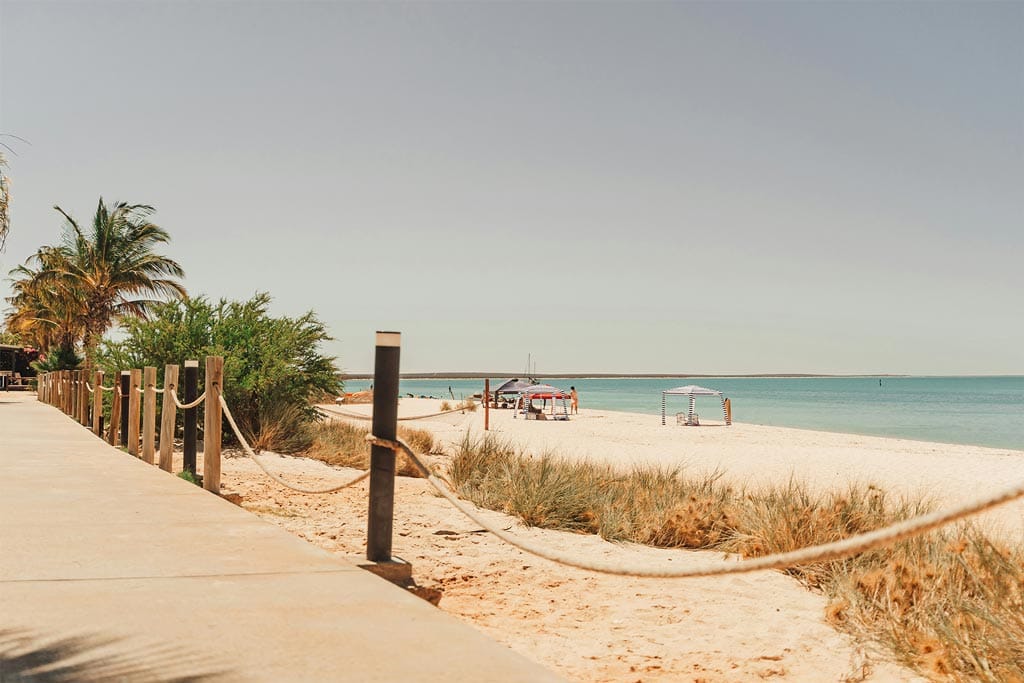
16. Windjana Gorge National Park
If you head north along the legendary Gibb River Road, stop at Windjana Gorge National Park – it’s exactly what outback dreams are made of!
Carved into the Napier Range, this dramatic 3.5 km-long gorge was once part of an ancient coral reef, and the fossilised marine life in its limestone walls is proof.
In the wet season, the Lennard River flows through the gorge. When the weather is dry, it transforms into tranquil rock pools, fringed by shady trees and native shrubs.
Tempting as it may look, resist the urge for a swim! These calm waters are home to freshwater crocodiles, often seen basking along the edges.
Instead, explore the nearby trails, where you might spot fruit bats and corellas roosting by the water.
18. Tunnel Creek
As you continue your adventure along the Gibb River Road, not far from Windjana Gorge, you’ll come across one of Western Australia’s most fascinating natural and cultural landmarks, Tunnel Creek.
The remarkable site is home to the oldest known cave system in the state, carved through the limestone of the Napier Range over millions of years.
Walk directly through the 750-metre tunnel, wading through shallow freshwater pools and navigating by torchlight as bats flutter overhead. As you walk along this path, discover hidden rock formations, secret chambers, and even small waterfalls during the wet season.
Tunnel Creek also holds fascinating history, another reason why it’s a must-stop on your Gibb River Road journey.
It was once the hideout of Jandamarra, a Bunuba resistance fighter, and the site remains a powerful symbol of Aboriginal cultural heritage and resilience.
Plan your trip to Australia with our complete guide to the local transportation!
19. Hutt Lagoon
Hutt Lagoon is a stunning pink lake that looks even more vibrant in person than in photos. This bubblegum-colored beauty gets its unique hue from algae in the water, producing a red-orange pigment called carotene when exposed to sunlight.
Fun fact – this is the same pigment that gives flamingos their rosy glow!
The pink lake is a showstopper year-round, but the best time to visit is on a sunny day between 10 AM and 2 PM when the light hits just right for that perfect pop of pink.
If you’re more into golden hour vibes, sunset offers a different but equally magical experience.
While the main viewing areas of Hutt Lagoon near Port Gregory are accessible by regular vehicles, the surrounding region is best suited for four-wheel driving. Book this Pink Lake Buggy Tour and experience the vibrant hues of Hutt Lagoon like never before.

20. Wave Rock
Wave Rock, known as Katter Kitch to the Noongar people of South West Australia, is a place of deep cultural significance.
Located near the town of Hyden in Western Australia, this iconic site was once a keniny (dancing ground) for the Ballardong people and plays a role in their Dreamtime stories.
Shaped over an astonishing 270 million years, Wave Rock rises 15 metres high and stretches 100 metres.
Its striking, wave-like curve and multi-coloured granite surface make it one of WA’s most photographed natural attractions.
Snapping a playful “surf’s up” shot at the base is almost a rite of passage, even if you’re not into surfing.
Just 800 metres away lies the Wave Rock Salt Bath, a 6-metre-deep jade-coloured gypsum pool that’s saltier than the Dead Sea. Hop in for a relaxing, buoyant float and let the outback magic soak in.
21. Dunsborough
Dunsborough is one of those dreamy coastal towns that instantly makes you feel like you’re on holiday, even if you’re only passing through!
Located just 30 minutes north of Margaret River, this laid-back spot is a gem on Western Australia’s southwest coast.
What makes Dunsborough so special? For one, the beaches here are stunning. Meelup Beach is an absolute highlight, recognised for its calm turquoise waters, soft white sand, and shady trees where you can enjoy a picnic.
Dunsborough is also home to the Cape Naturaliste Lighthouse, which offers some of the best coastal views in the region.
It’s also a great starting point for those trails along the Cape to Cape Track, with wildflowers and whale sightings if you’re lucky and visiting in season.
Read next: The BEST Coastal Perth to Esperance Road Trip Itinerary
22. Augusta
Nestled just 40 minutes south of Margaret River, the charming coastal town of Augusta is another place worth stopping by on your adventure through South West Australia.
One of the town’s biggest draws is its proximity to the stunning Leeuwin-Naturaliste National Park, one of the most beautiful national parks in the region.
For those seeking even more natural wonders, the Jewel Cave is a must-visit attraction here. Just a short drive from Augusta, Jewel Cave is renowned for its stunning limestone formations, including massive stalagmites and stalactites.
Join guided tours that take you deep into the heart of Jewel Cave, where you can admire the sparkling crystal formations up close, which have been millions of years in the making.
23. Horizontal Falls
Western Australia boasts some of the most dramatic landscapes in the country. But perhaps one of its most awe-inspiring natural wonders is its extraordinary tidal phenomenon.
Home to Australia’s largest tides, the tidal difference can reach a staggering 10 meters or more at its peak!
While these powerful tides can be observed throughout the Buccaneer Archipelago, the real spectacle happens in Talbot Bay, where the tide puts on a dramatic show.
As the water surges through the narrow gaps in the McLarty Range, it forms the stunning Horizontal Falls, or Garaanngaddim as it’s known to the Dambimangari people.
The best way to experience this phenomenon is on a thrilling jet boat tour or a scenic flight departing from Broome or Derby.
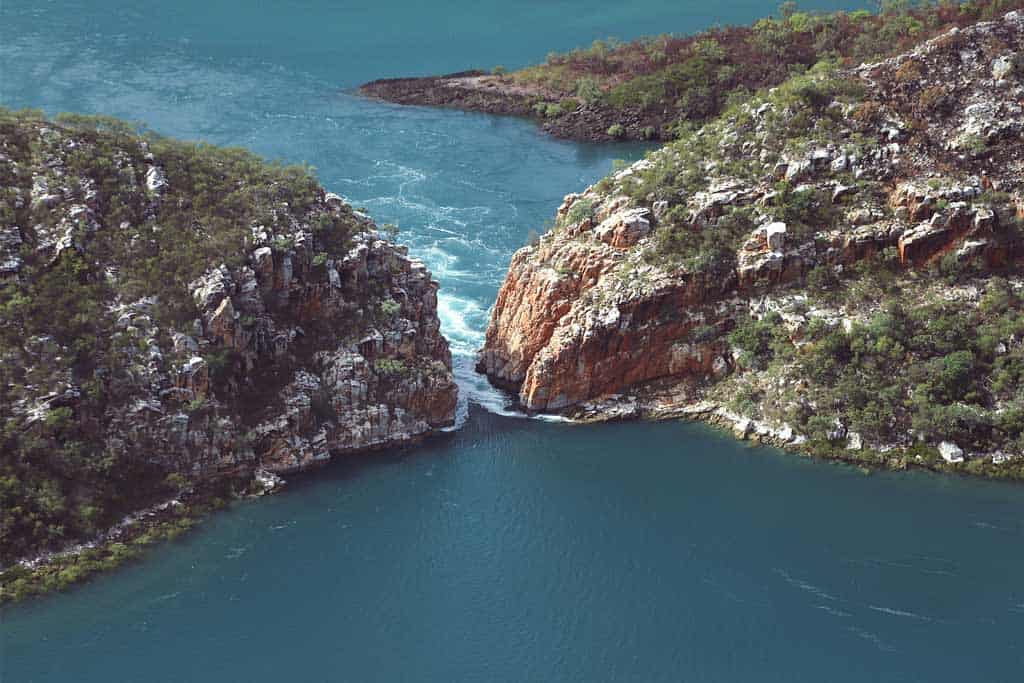
24. Valley of the Giants
For something unique, check out the Valley of the Giants near Walpole. This enchanting forest is home to some of the world’s tallest timber giants.
These ancient red tingle trees can only be found in this part of the state.
The highlight? The Treetop Walk. It’s a gentle, suspended walkway that lets you wander 40 metres above the forest floor, where you can marvel at stunning views from above the canopy.
Back on ground level, there’s also an easy interpretive trail that weaves among the massive trunks -some with hollowed-out bases you can stand inside!
The Valley of the Giants is one of those places that makes you feel small in the best way possible.
Read next: The 12 Best PERTH BEACHES – A Local’s Guide
25. Albany
Albany is another gem of South West Australia. This historic town is the site of the first European settlement in WA and is home to a charming mix of heritage buildings, windswept beaches, and stunning coastal cliffs.
A must-visit while you’re here is the National Anzac Centre, located within the Princess Royal Fortress on Mount Adelaide.
Overlooking King George Sound, the museum tells the deeply moving story of over 41,000 Australian and New Zealand troops who departed from these shores in World War I.
While in Albany, make time to explore the raw beauty of the coastline at The Gap and Natural Bridge.
These dramatic rock formations showcase the sheer power of the Southern Ocean, with waves crashing against towering cliffs and into the deep crevice of The Gap.
There’s a cantilevered viewing platform that puts you right above it all, perfect for that wow-factor moment!
DISCLAIMER: Some of the links in this article are affiliate links, which means if you book accommodation, tours or buy a product, we will receive a small commission at no extra cost to you. These commissions help us keep creating more free travel content to help people plan their holidays and adventures. We only recommend the best accommodations, tours and products that ourselves or our fantastic editorial team have personally experienced, and regularly review these. Thanks for your support, kind friend!

